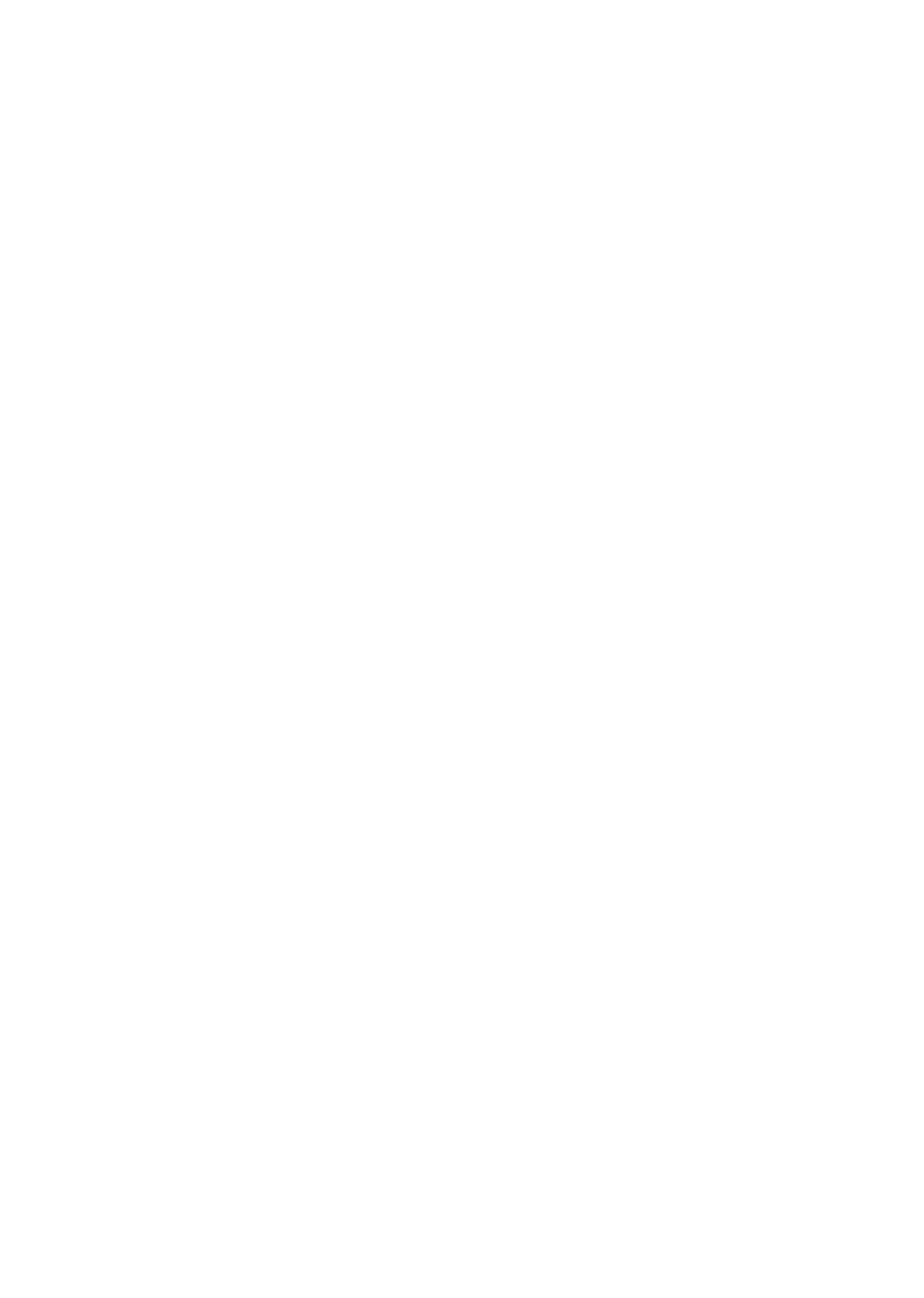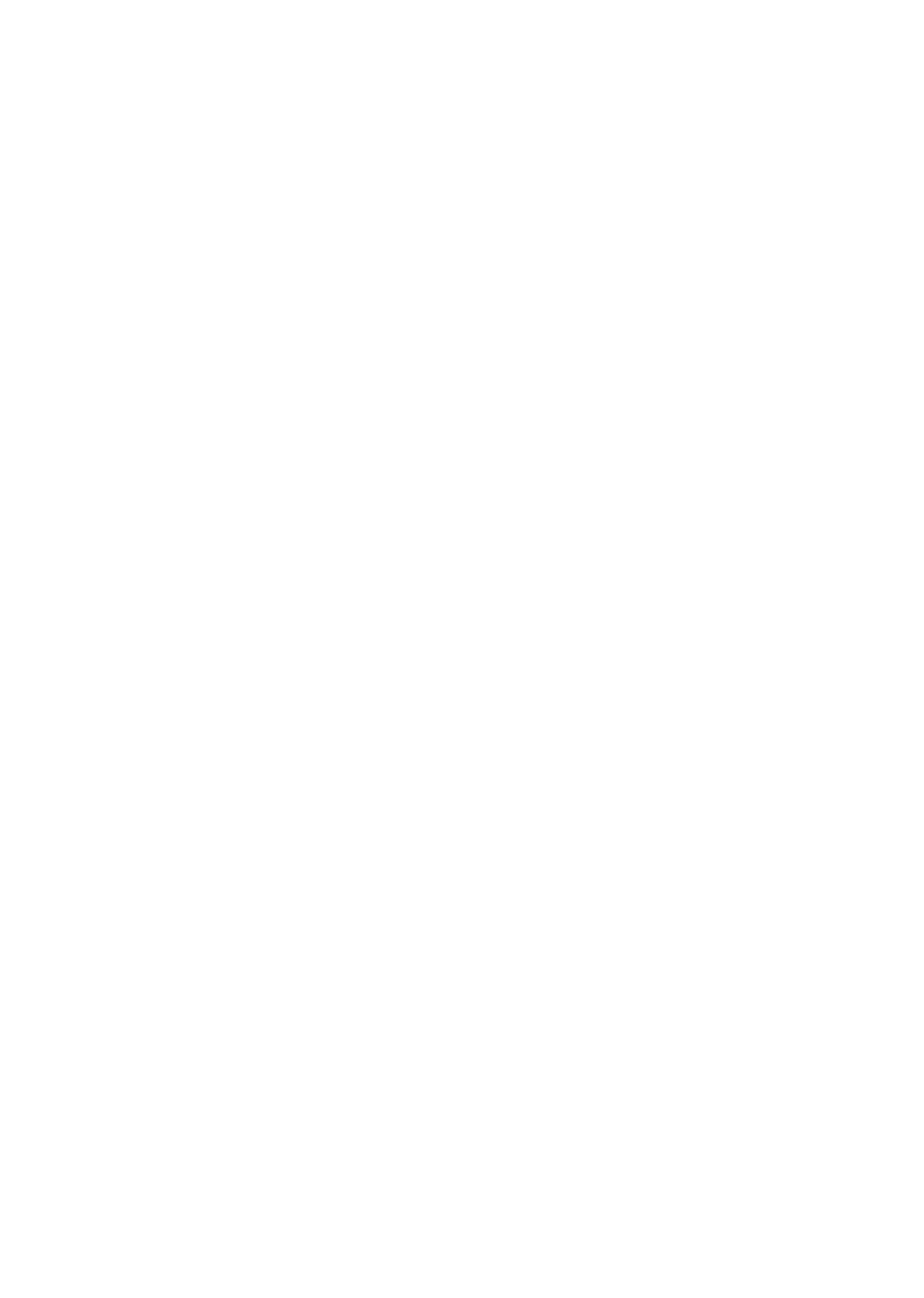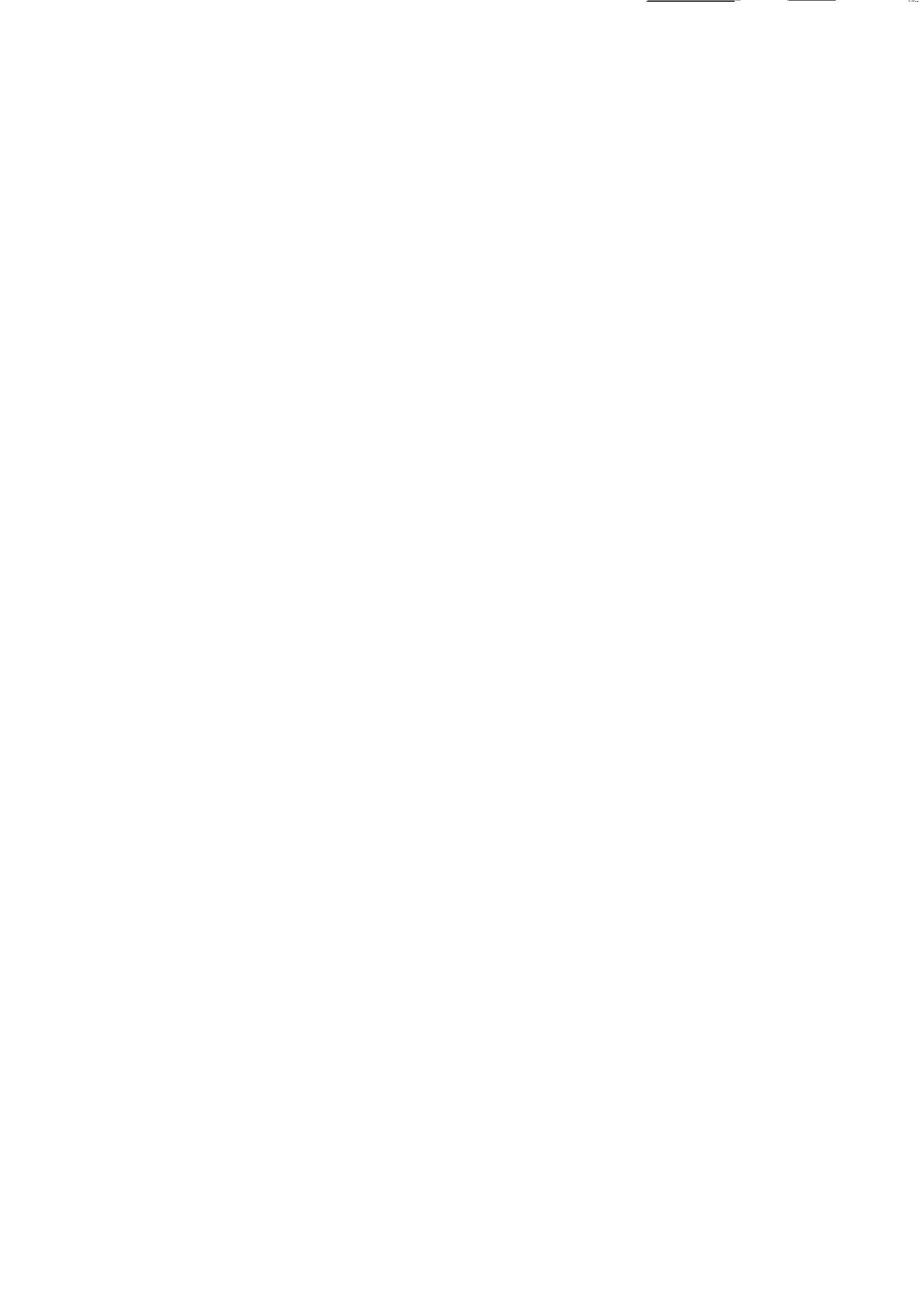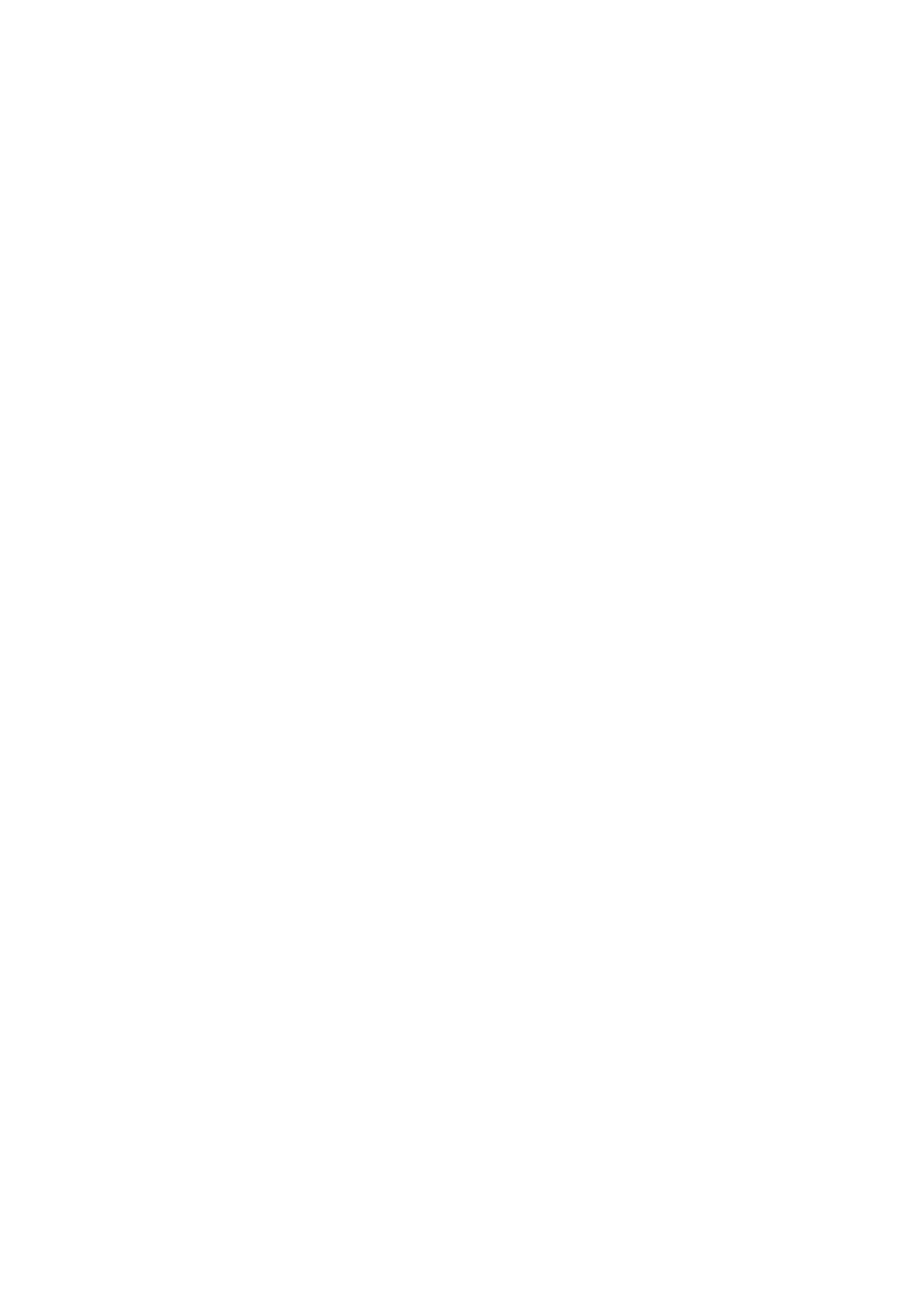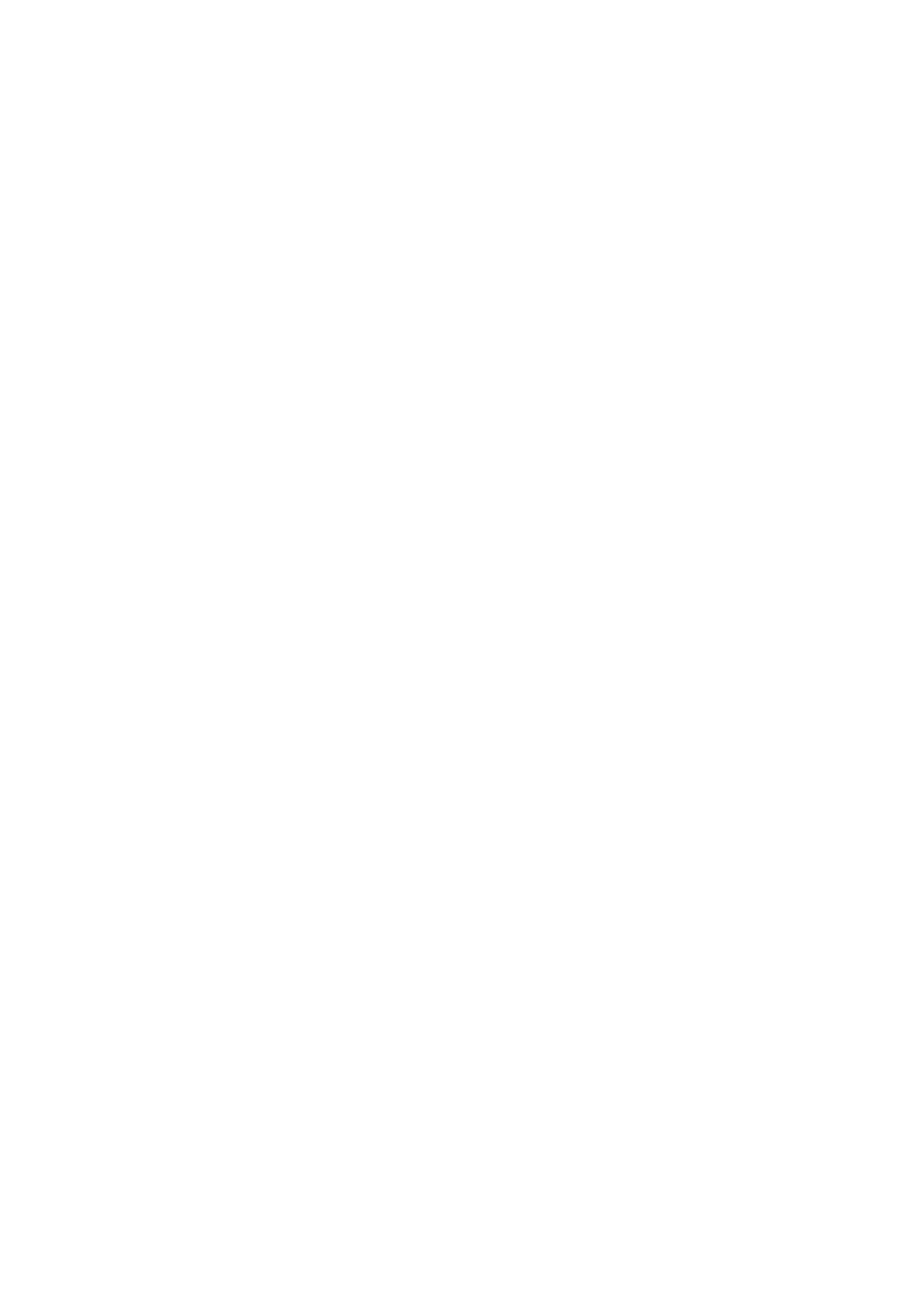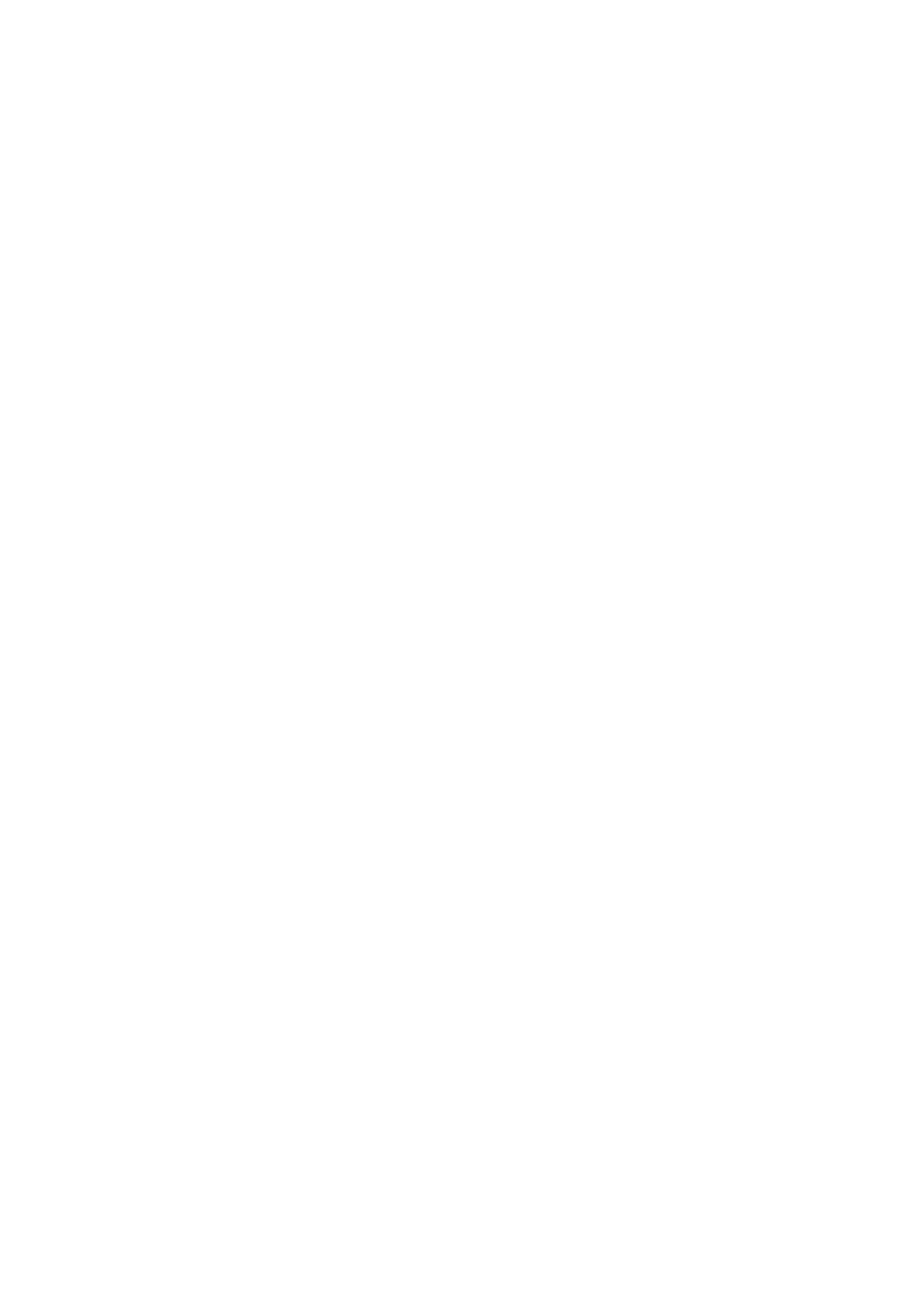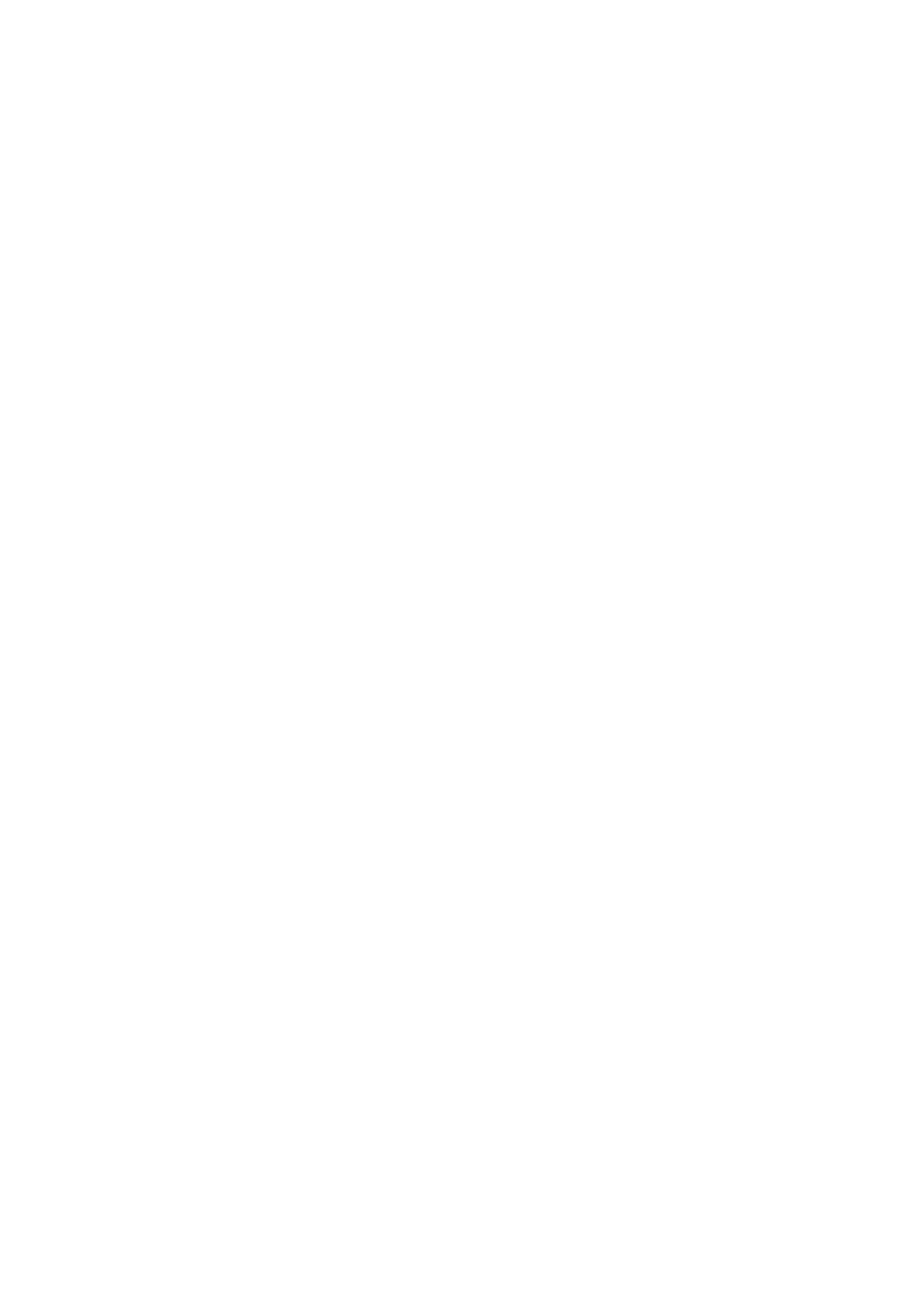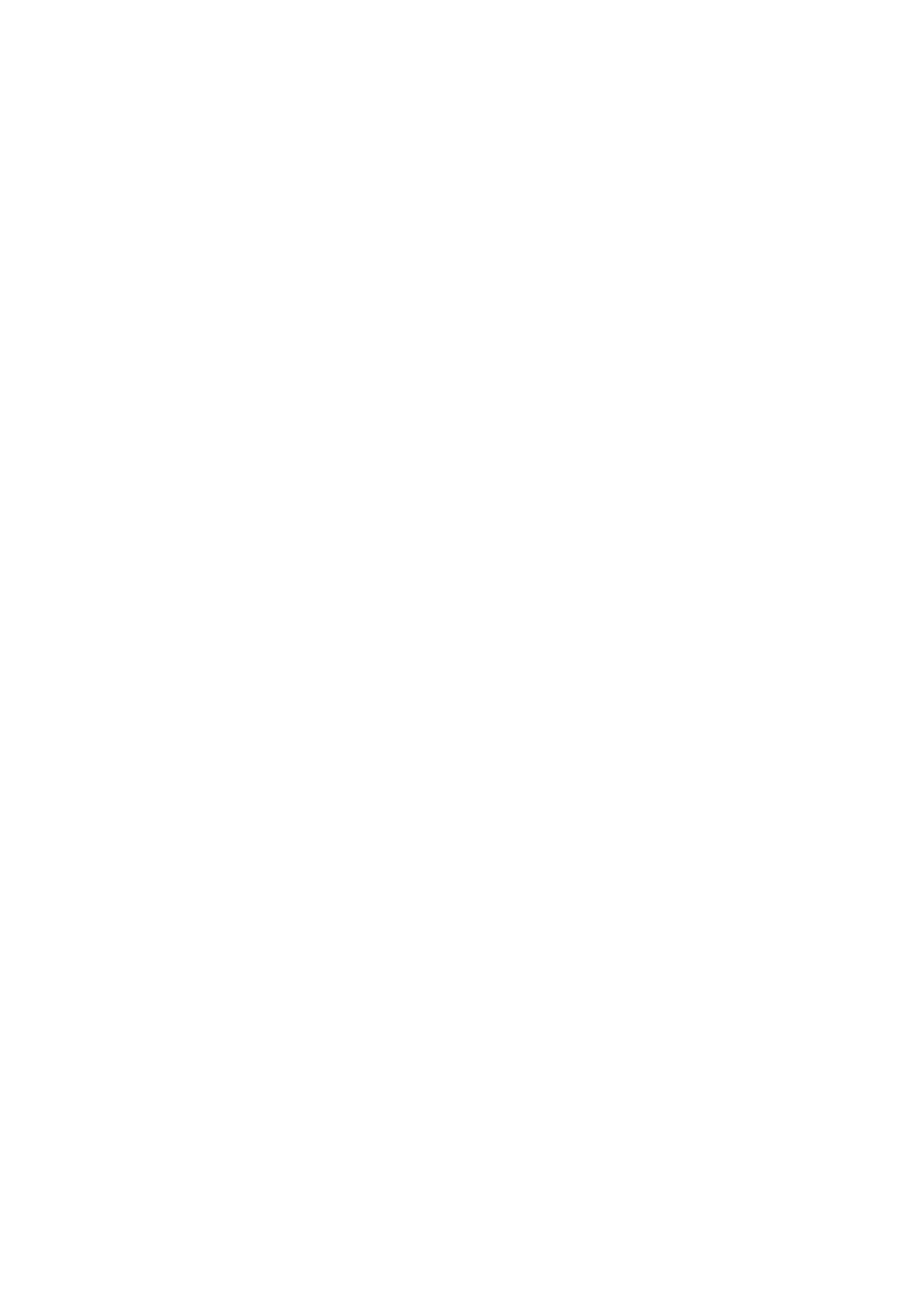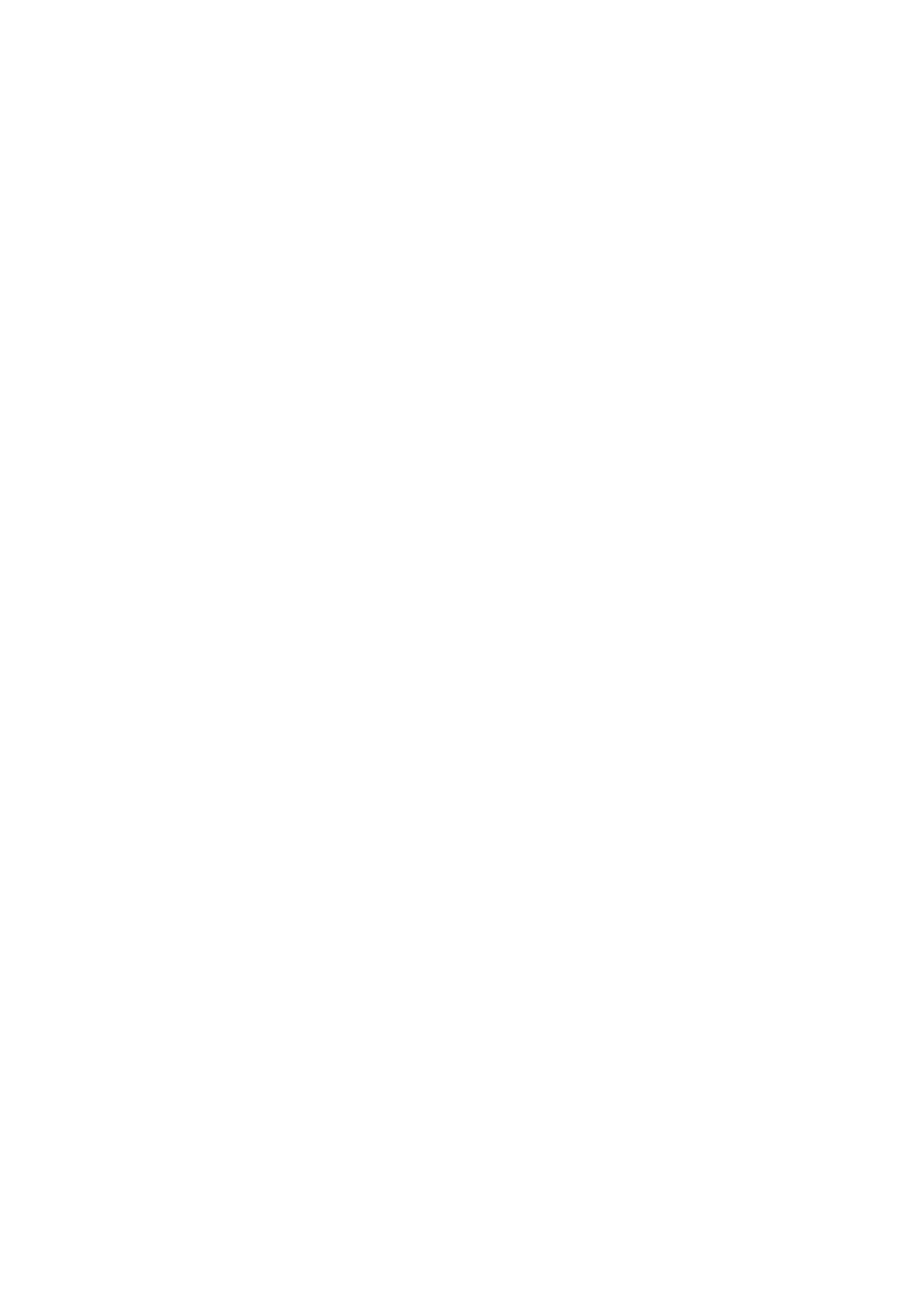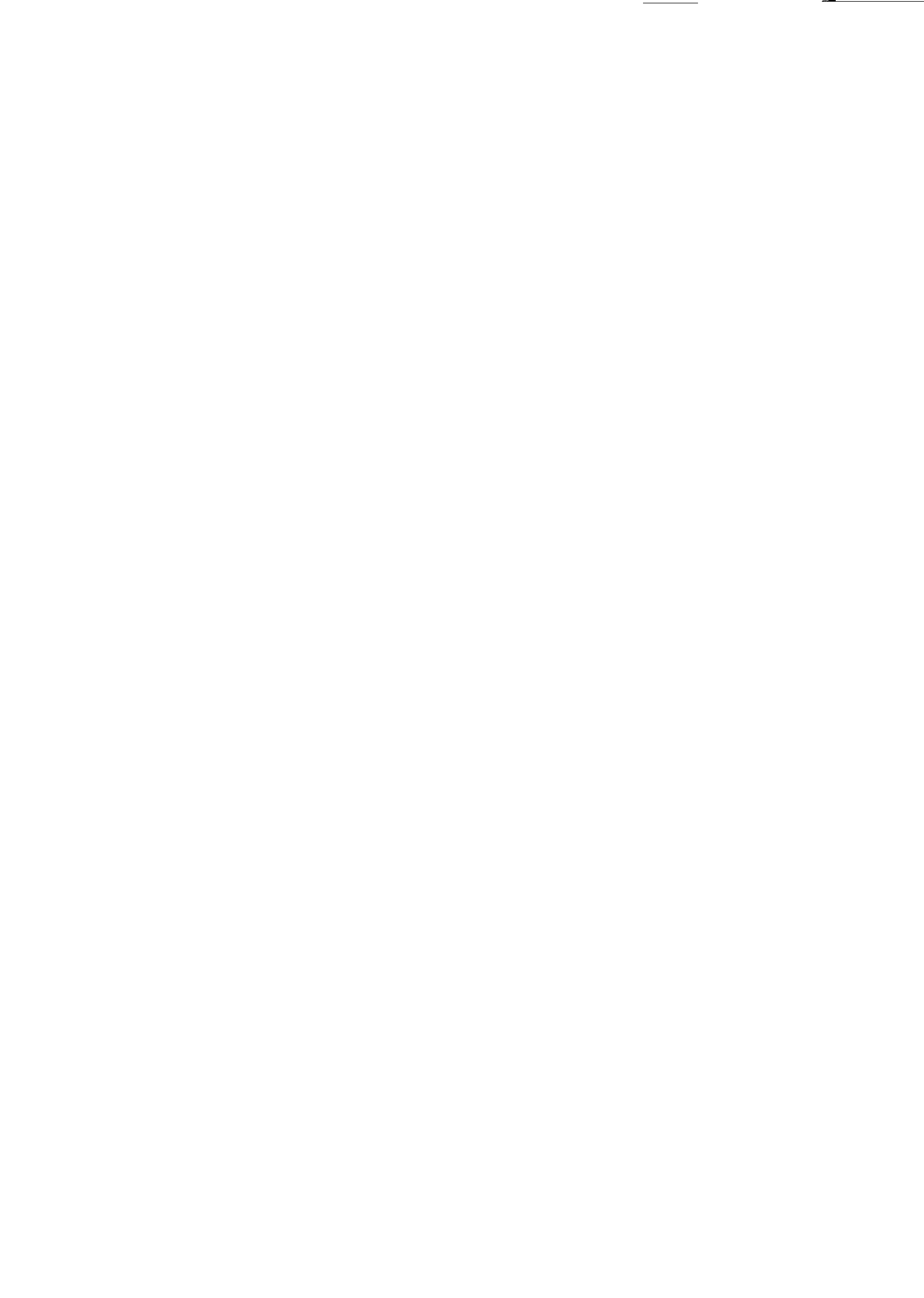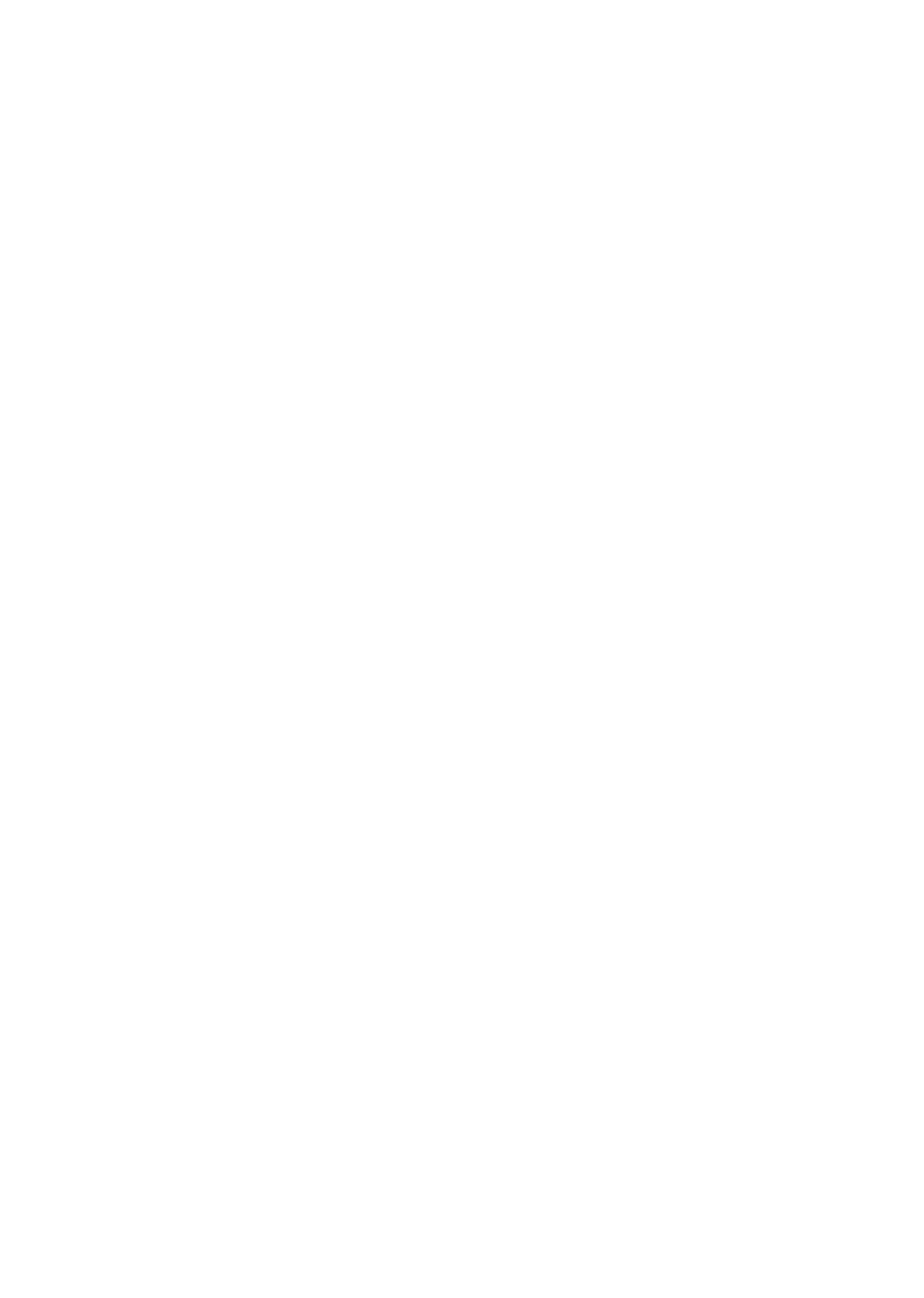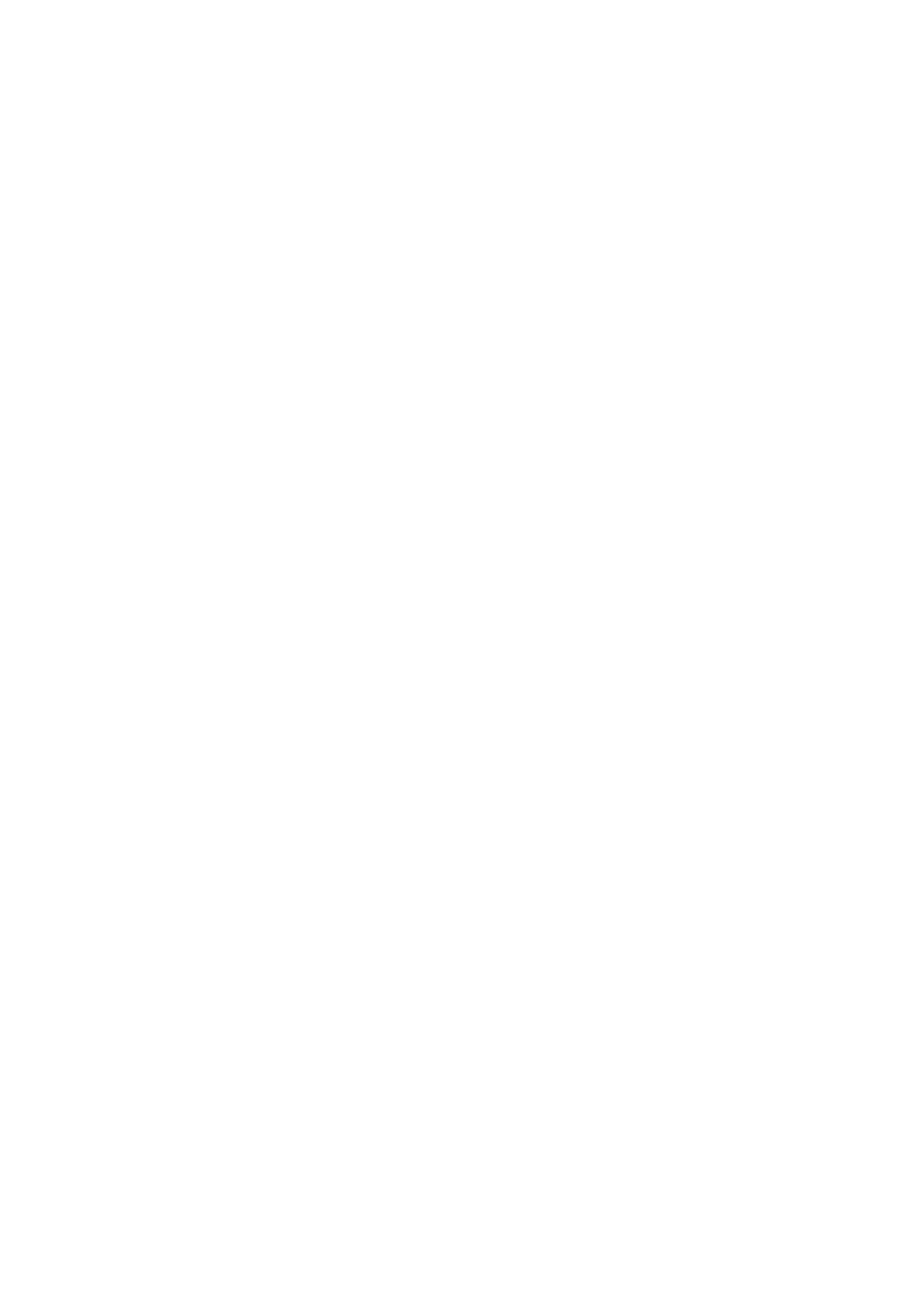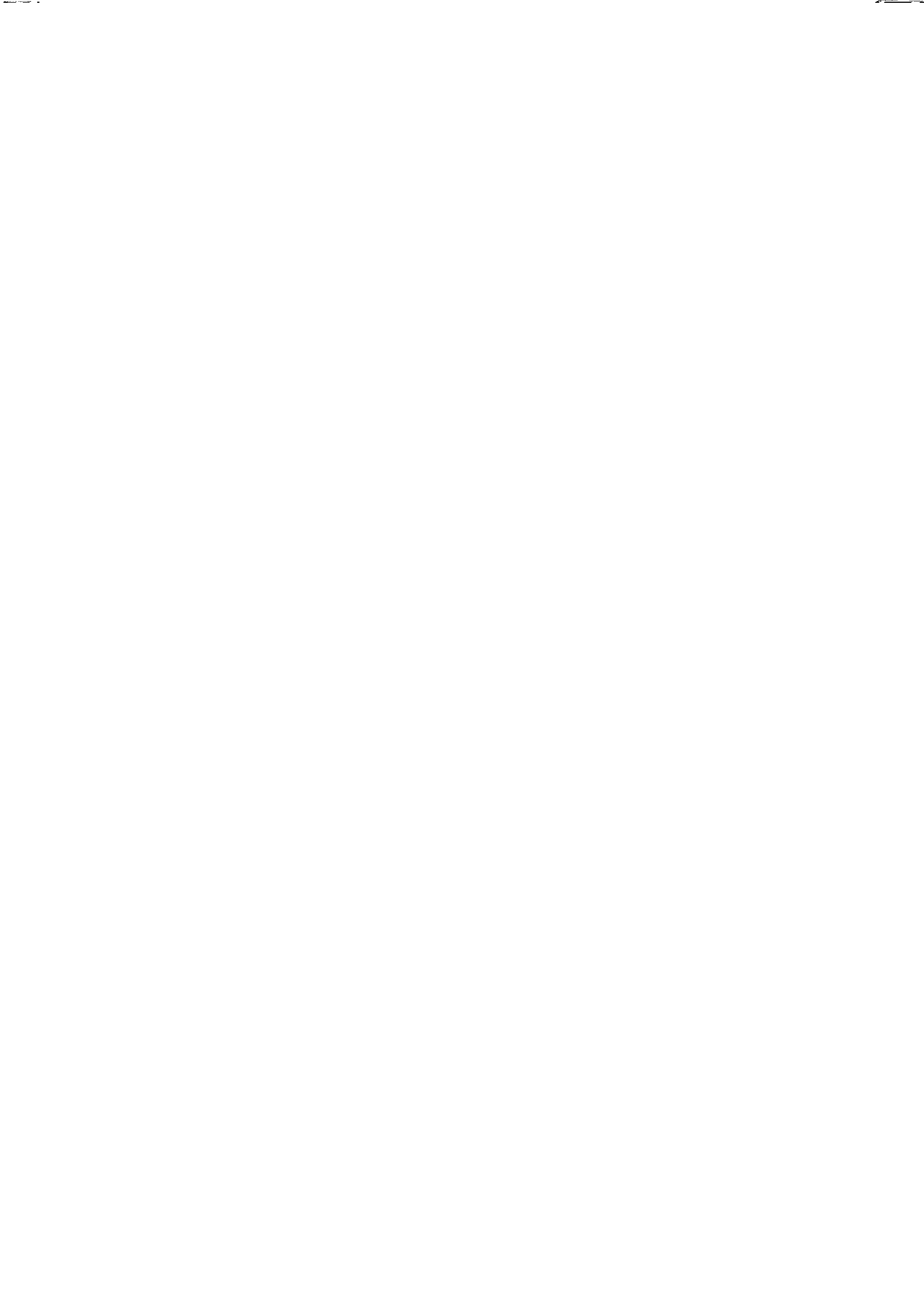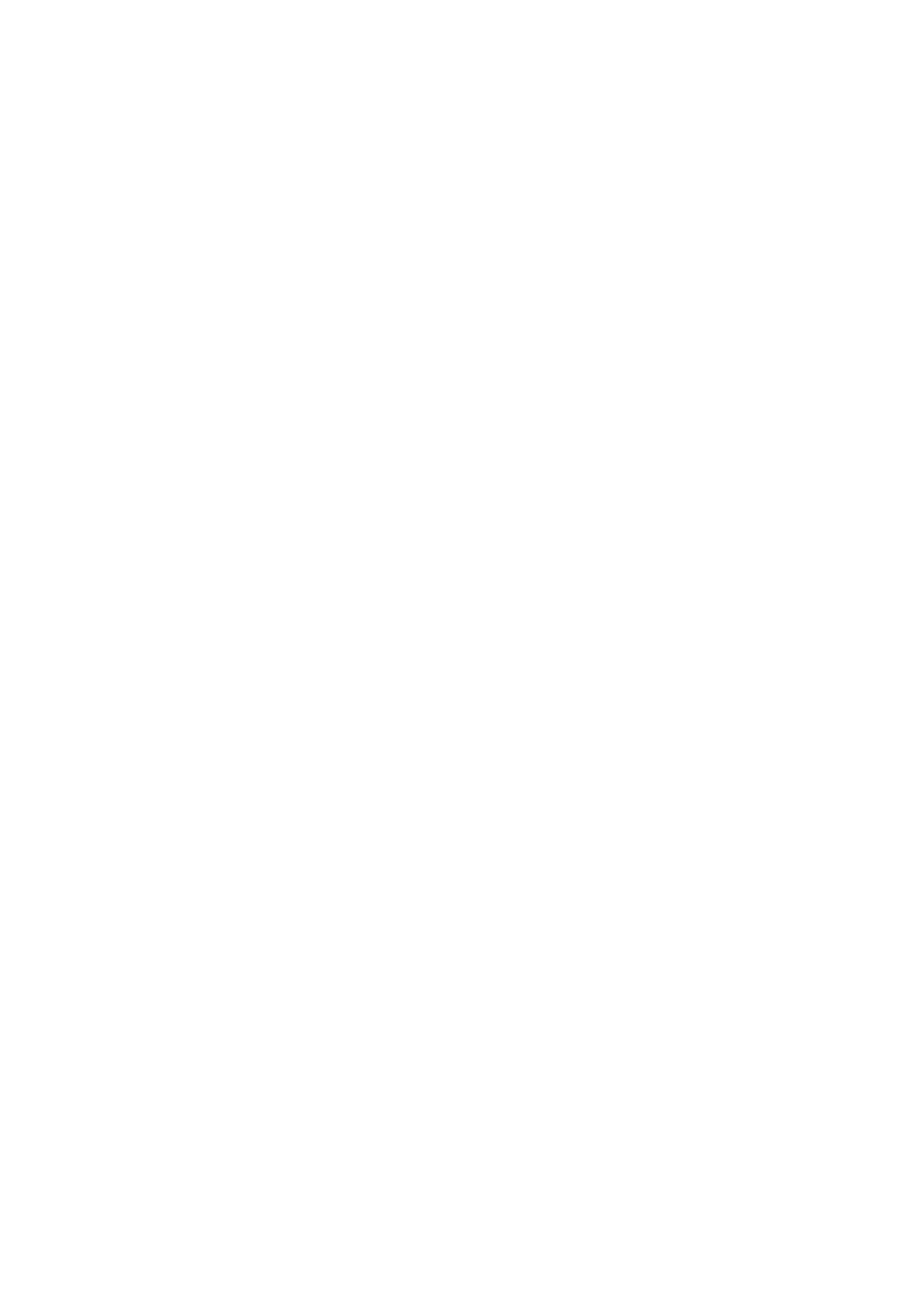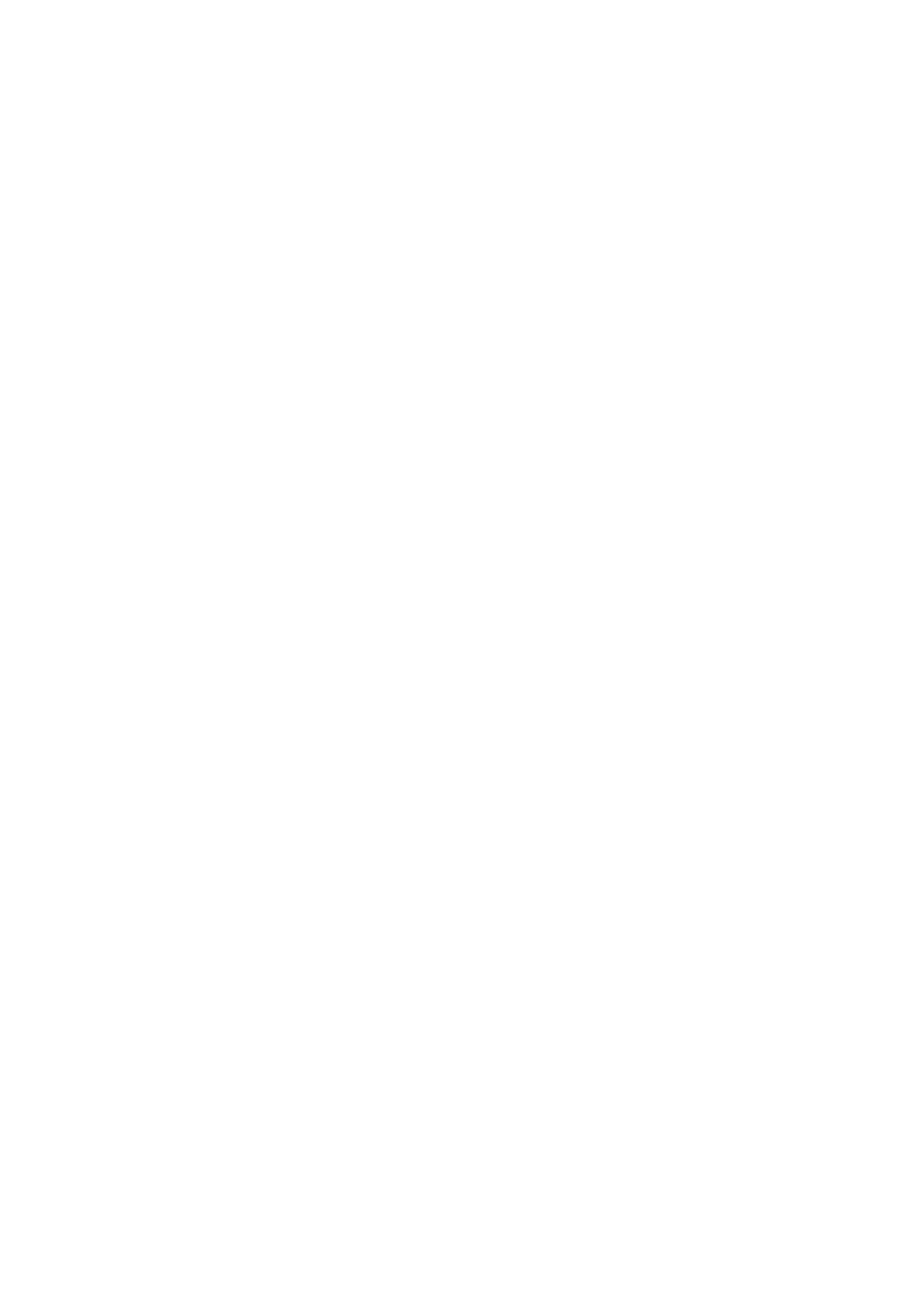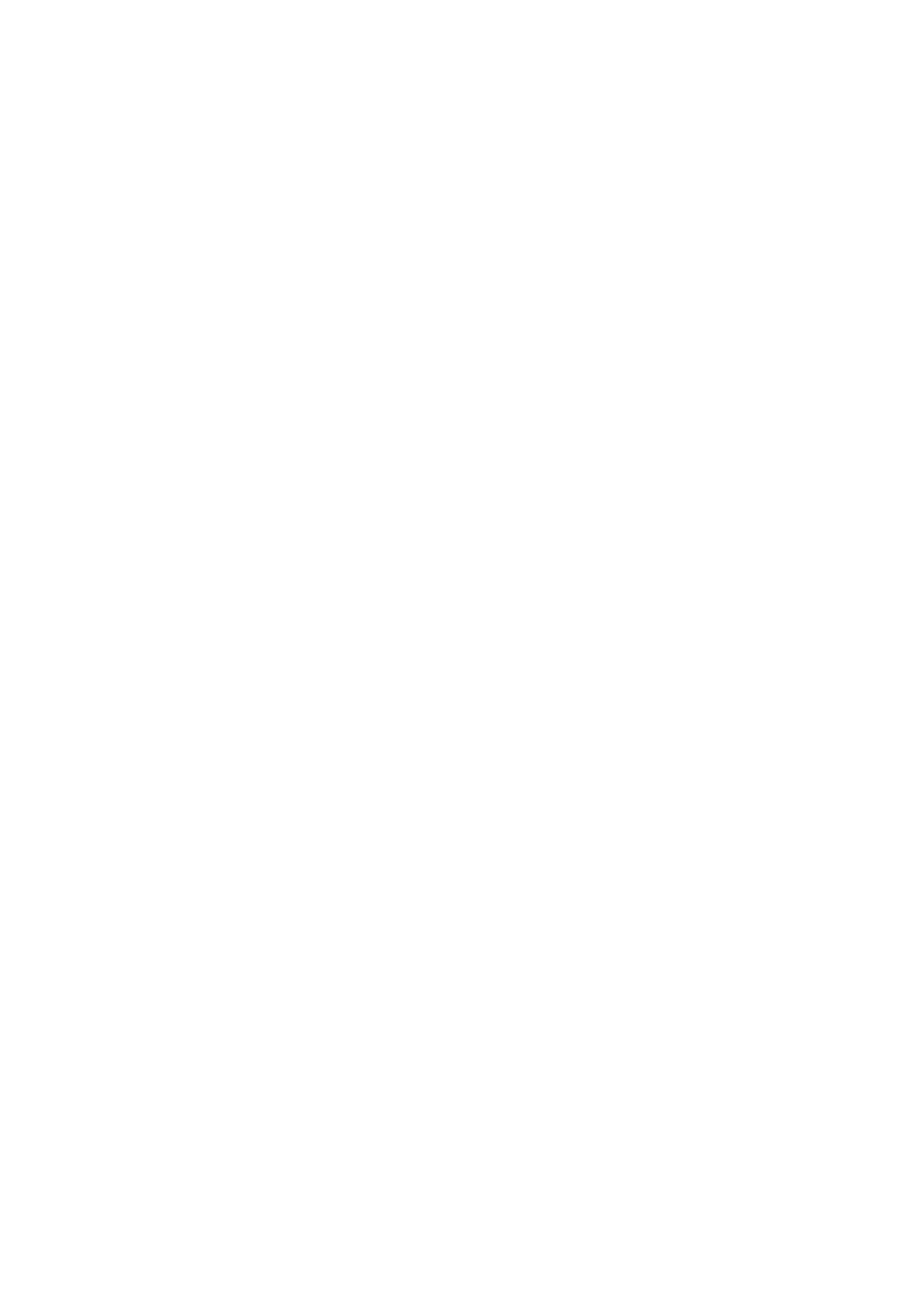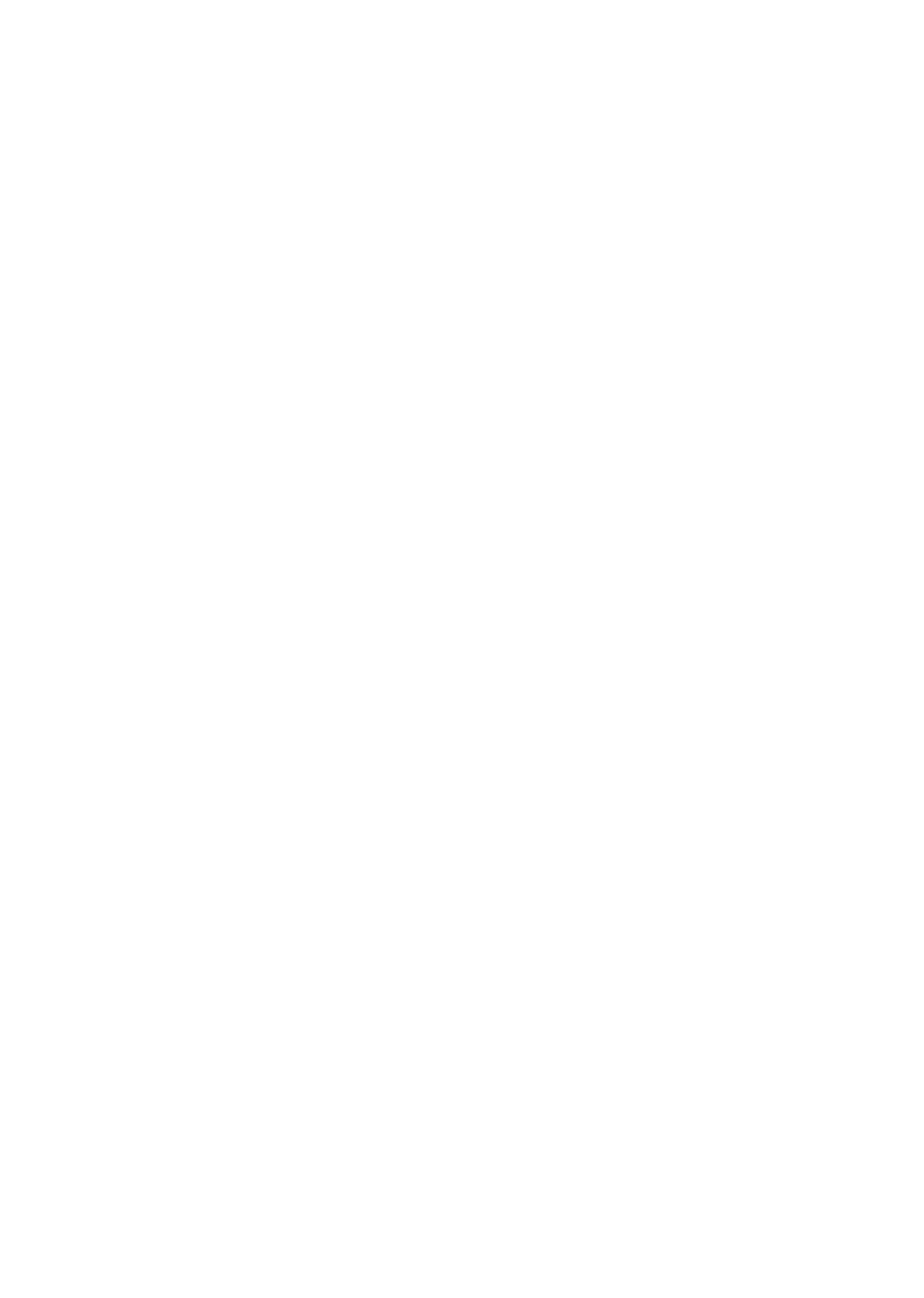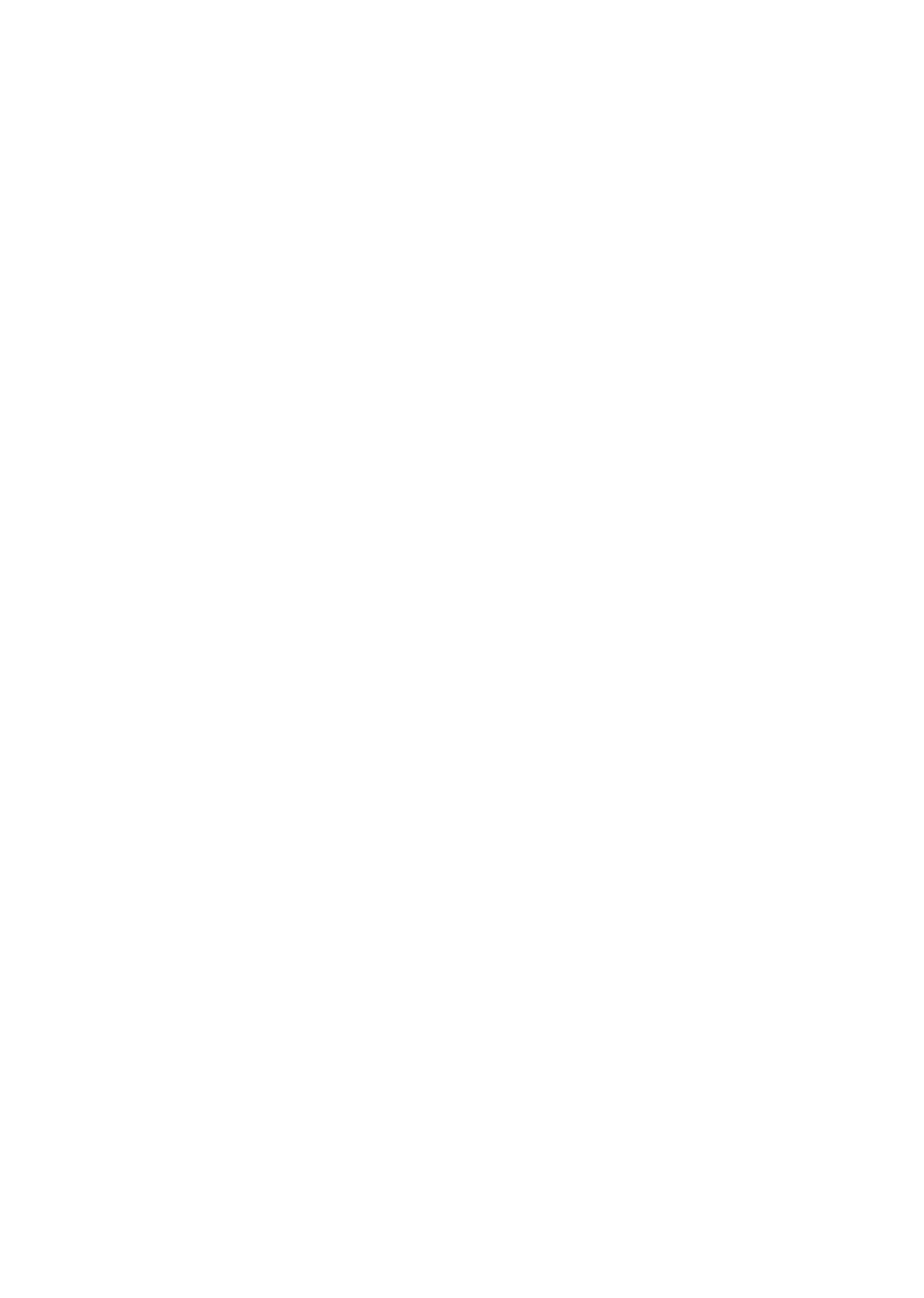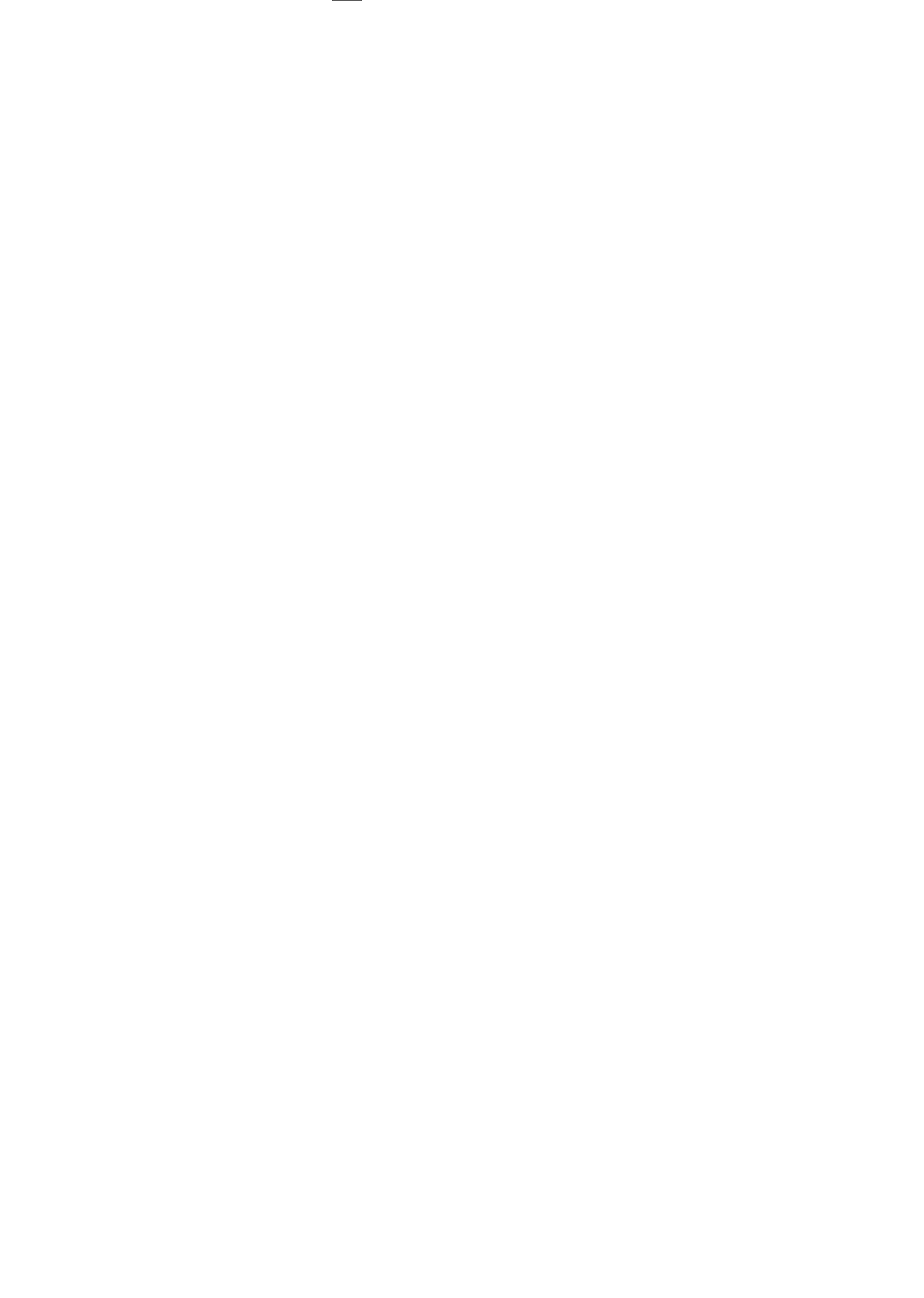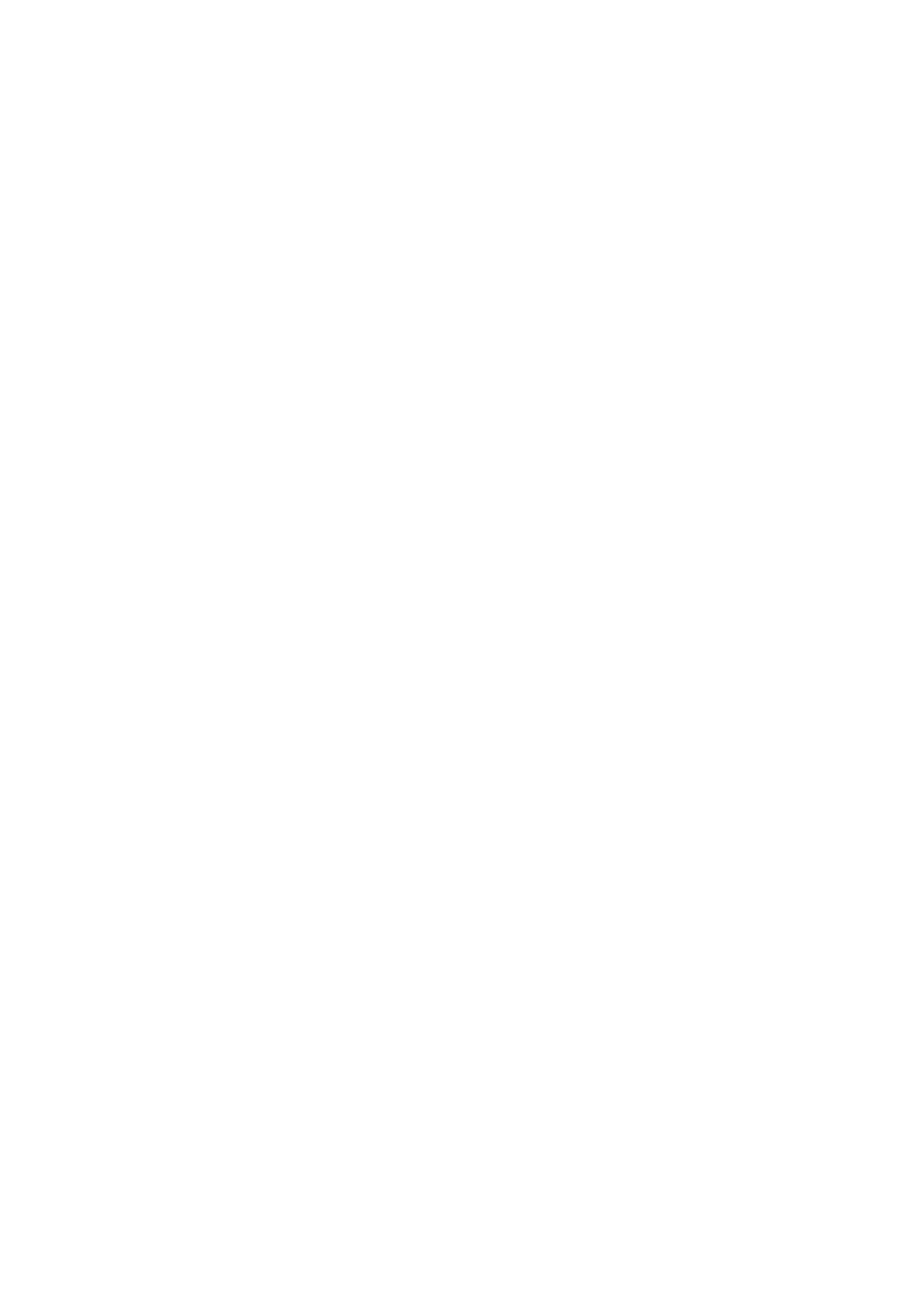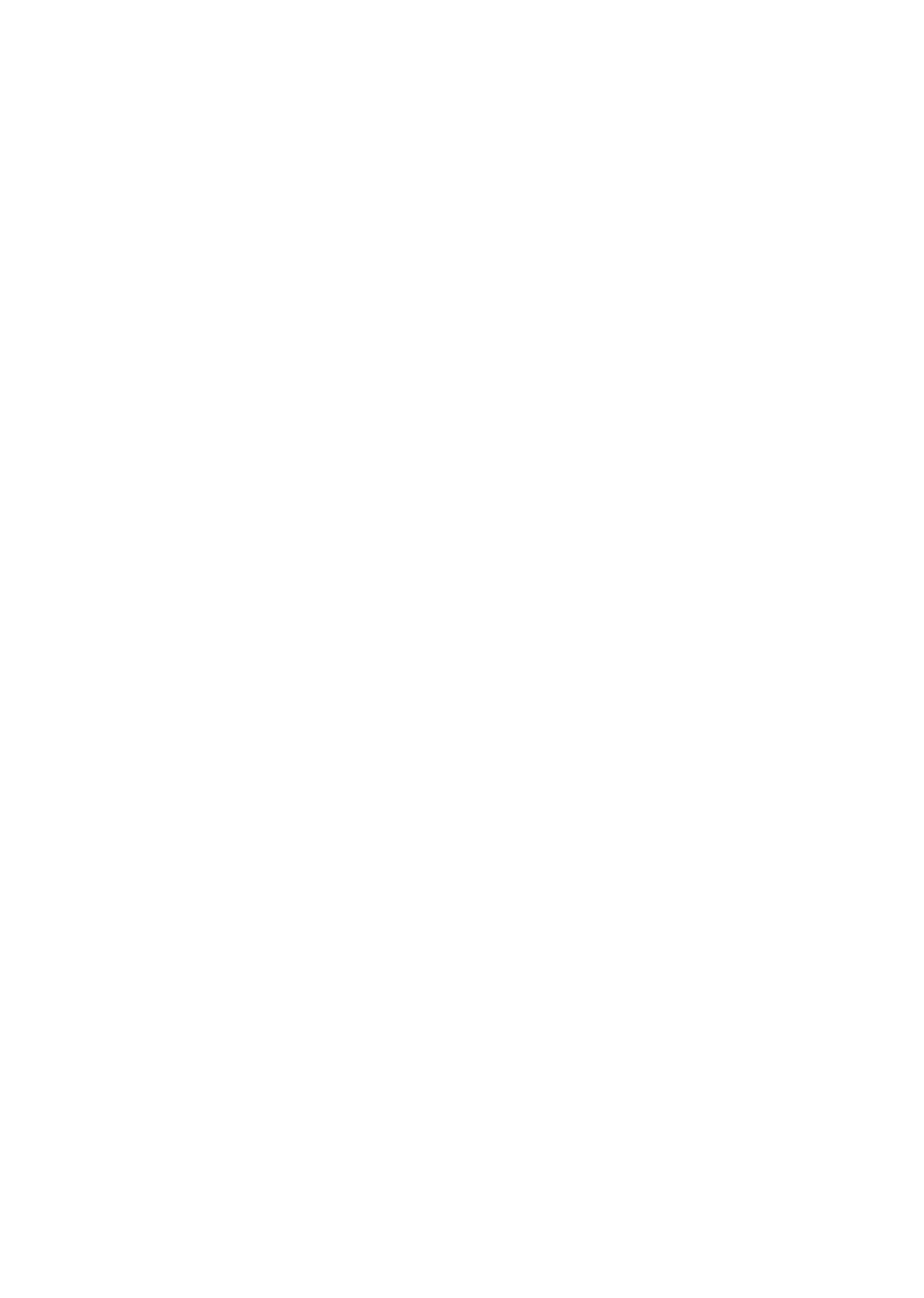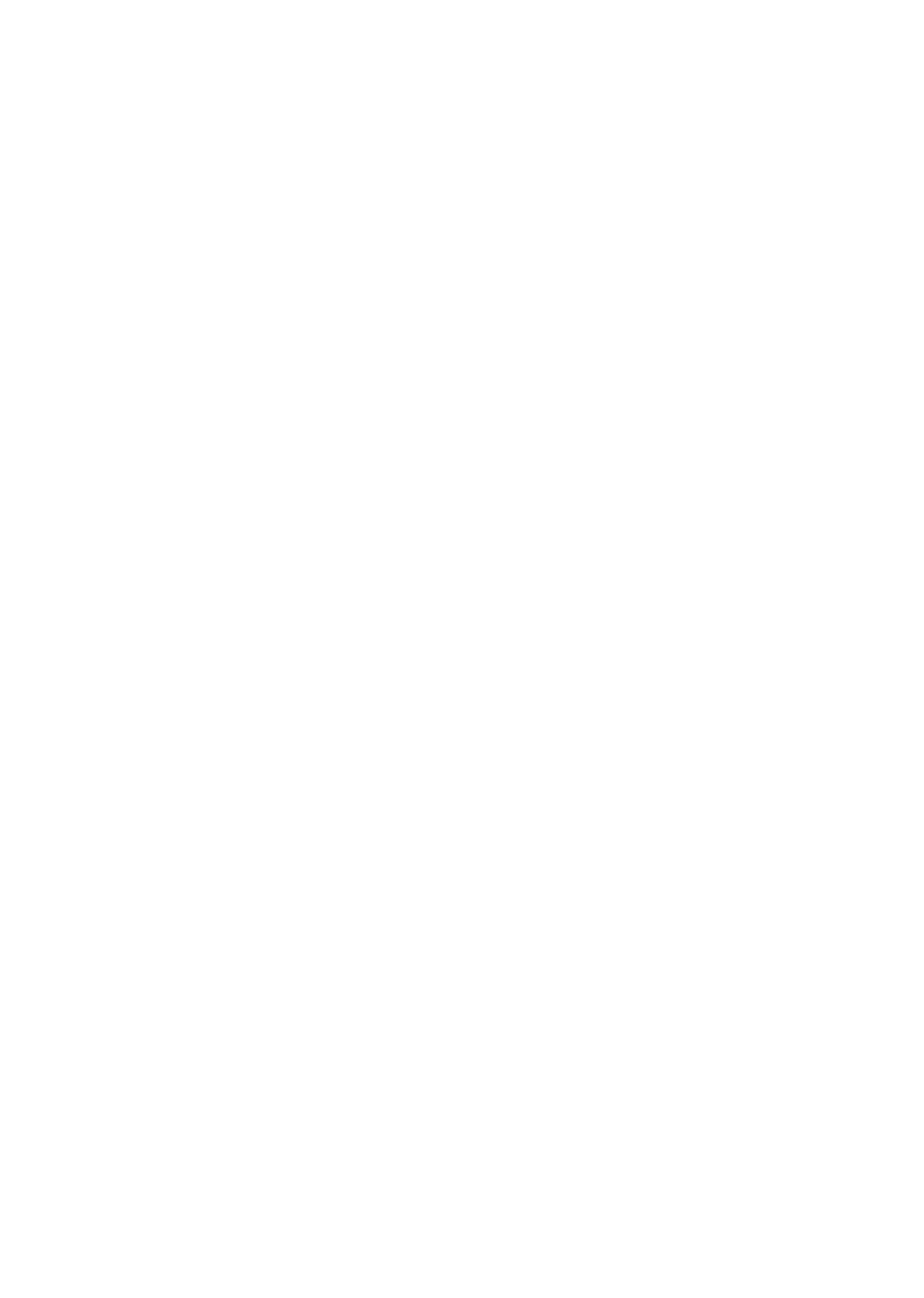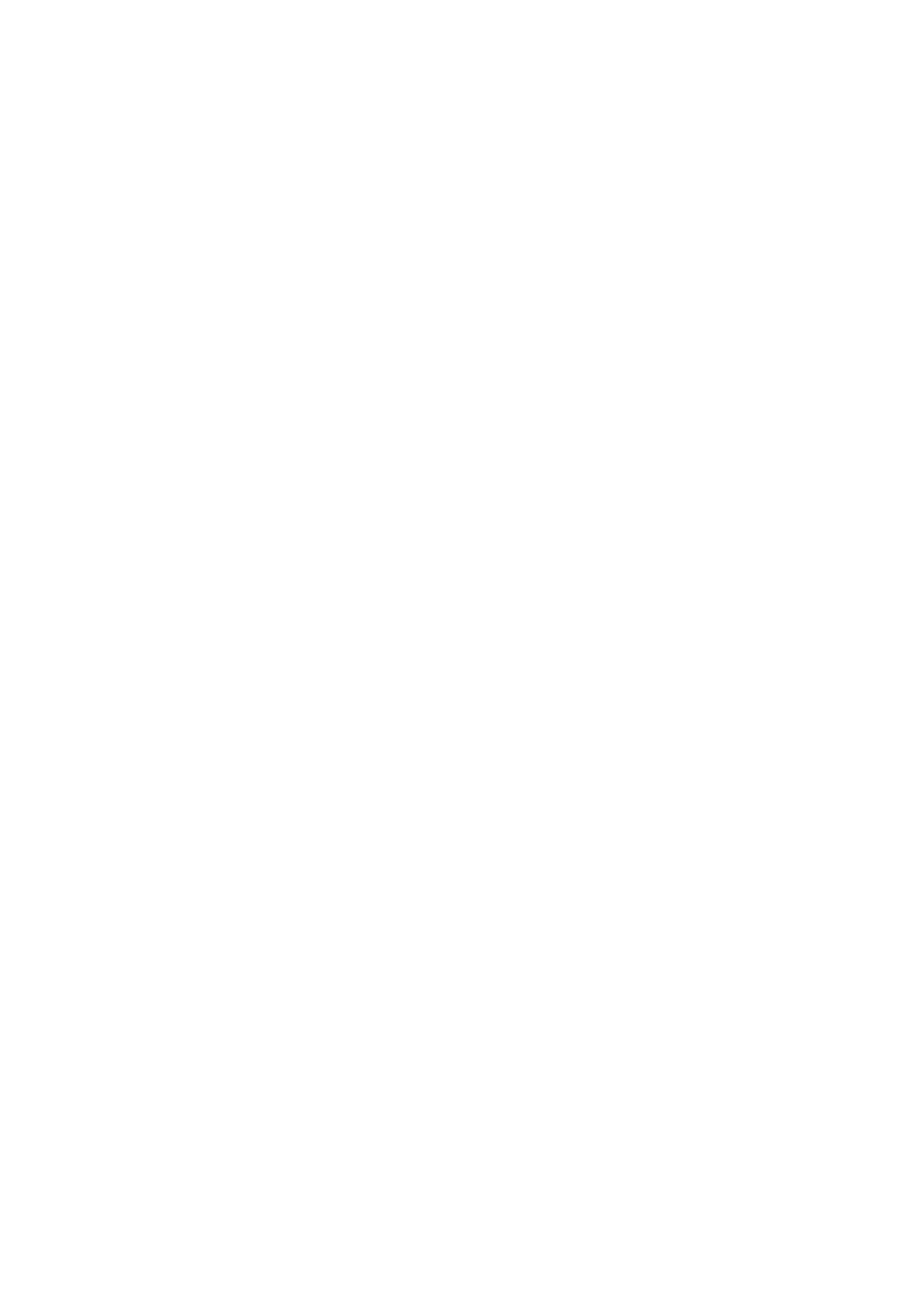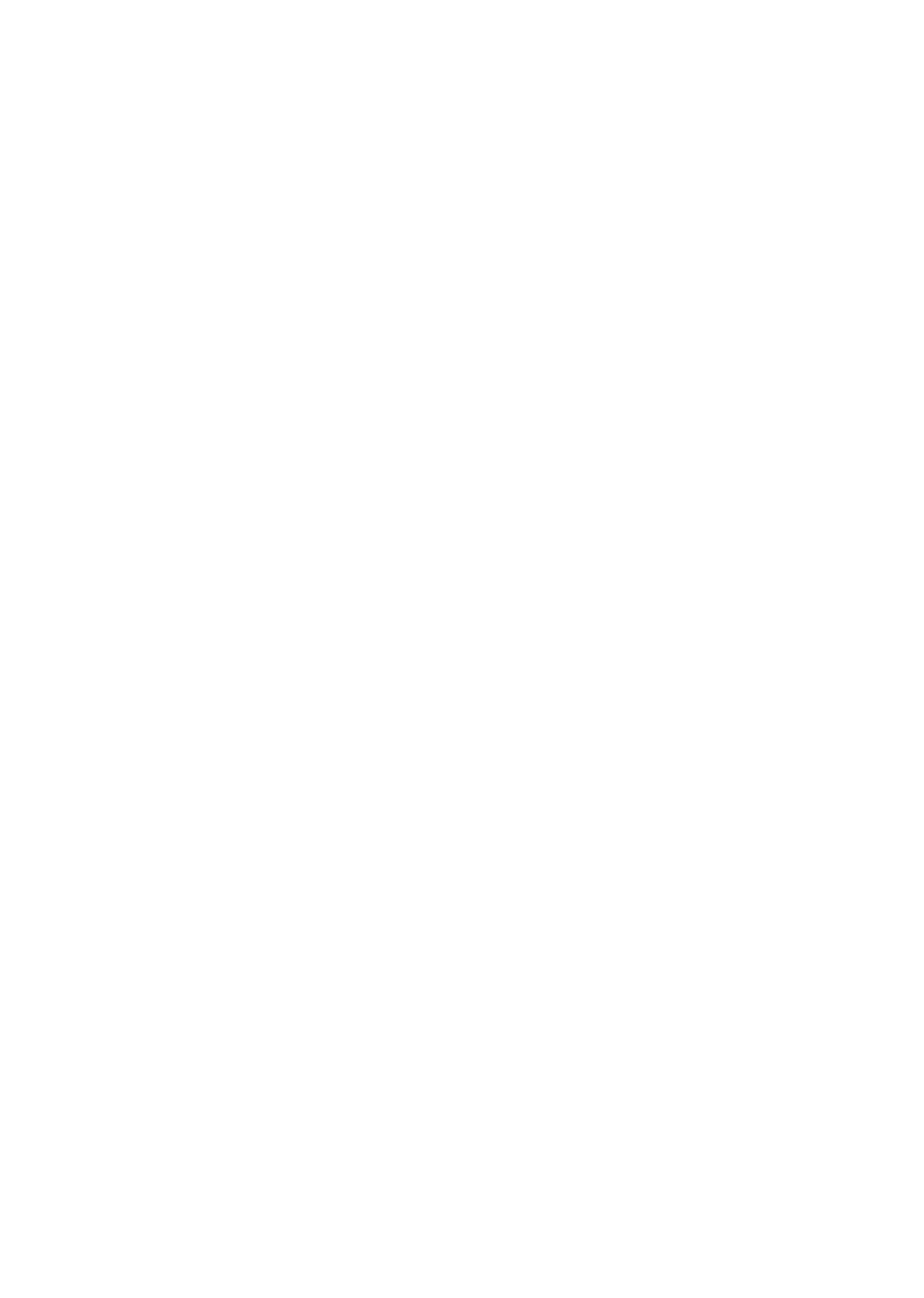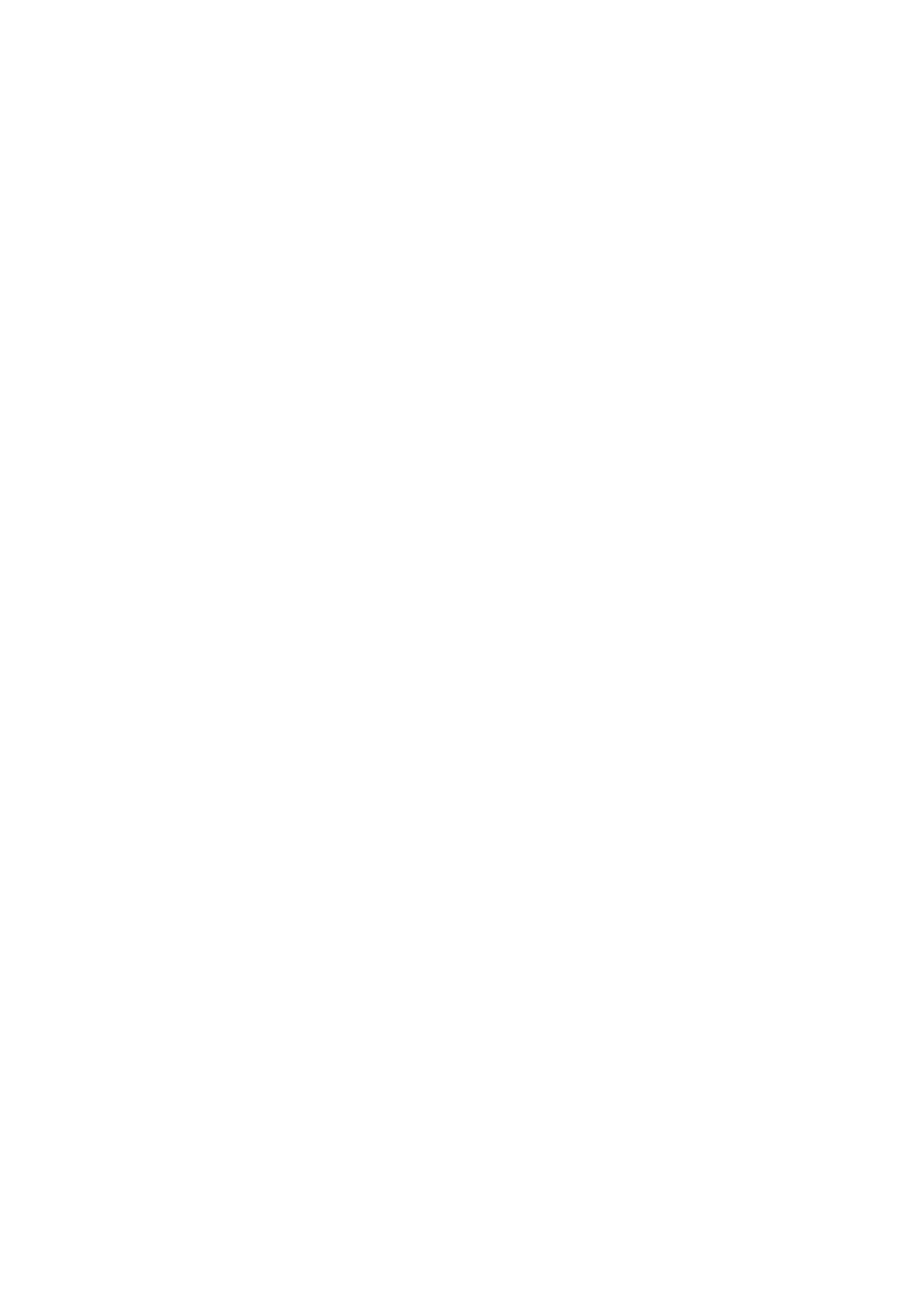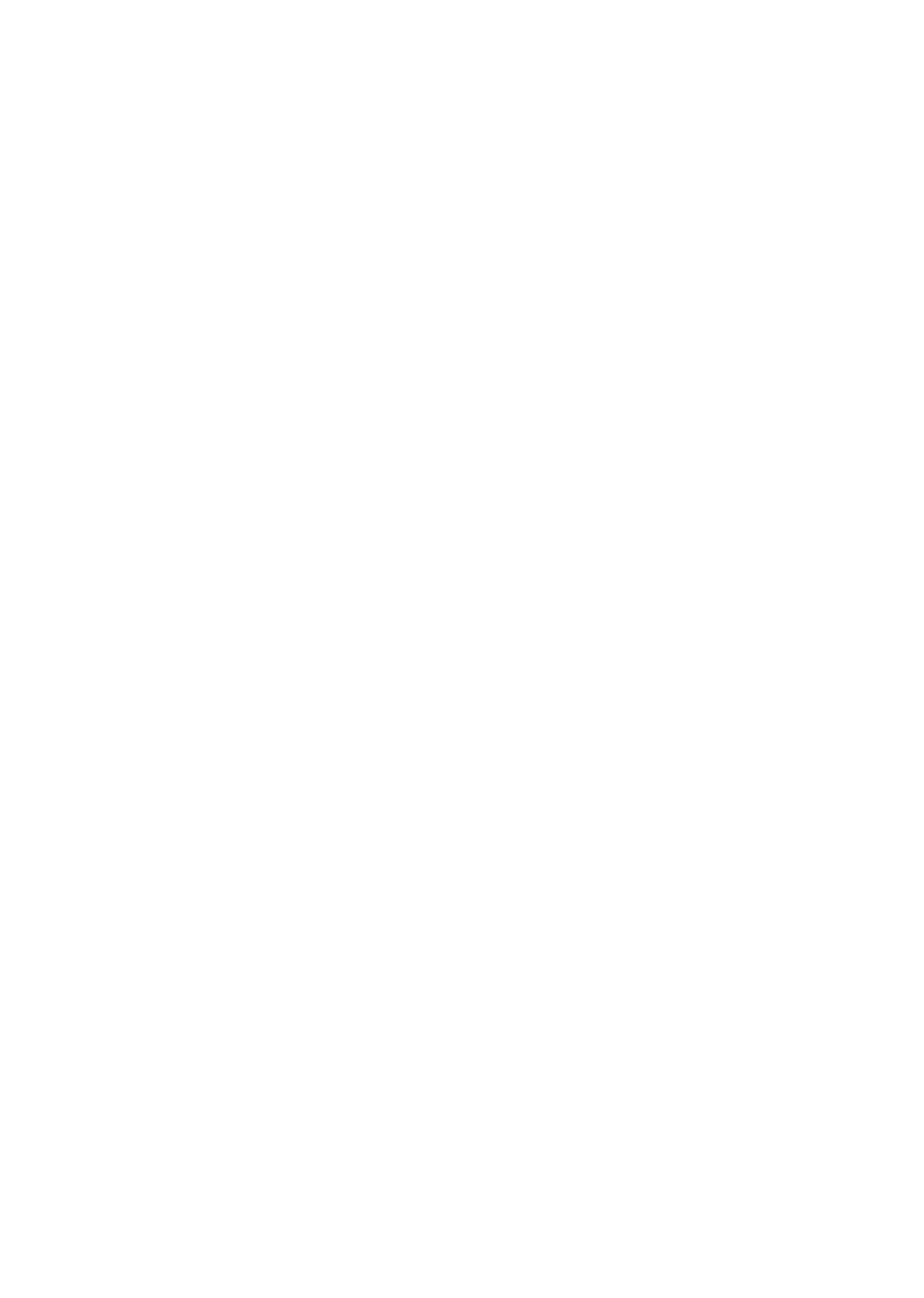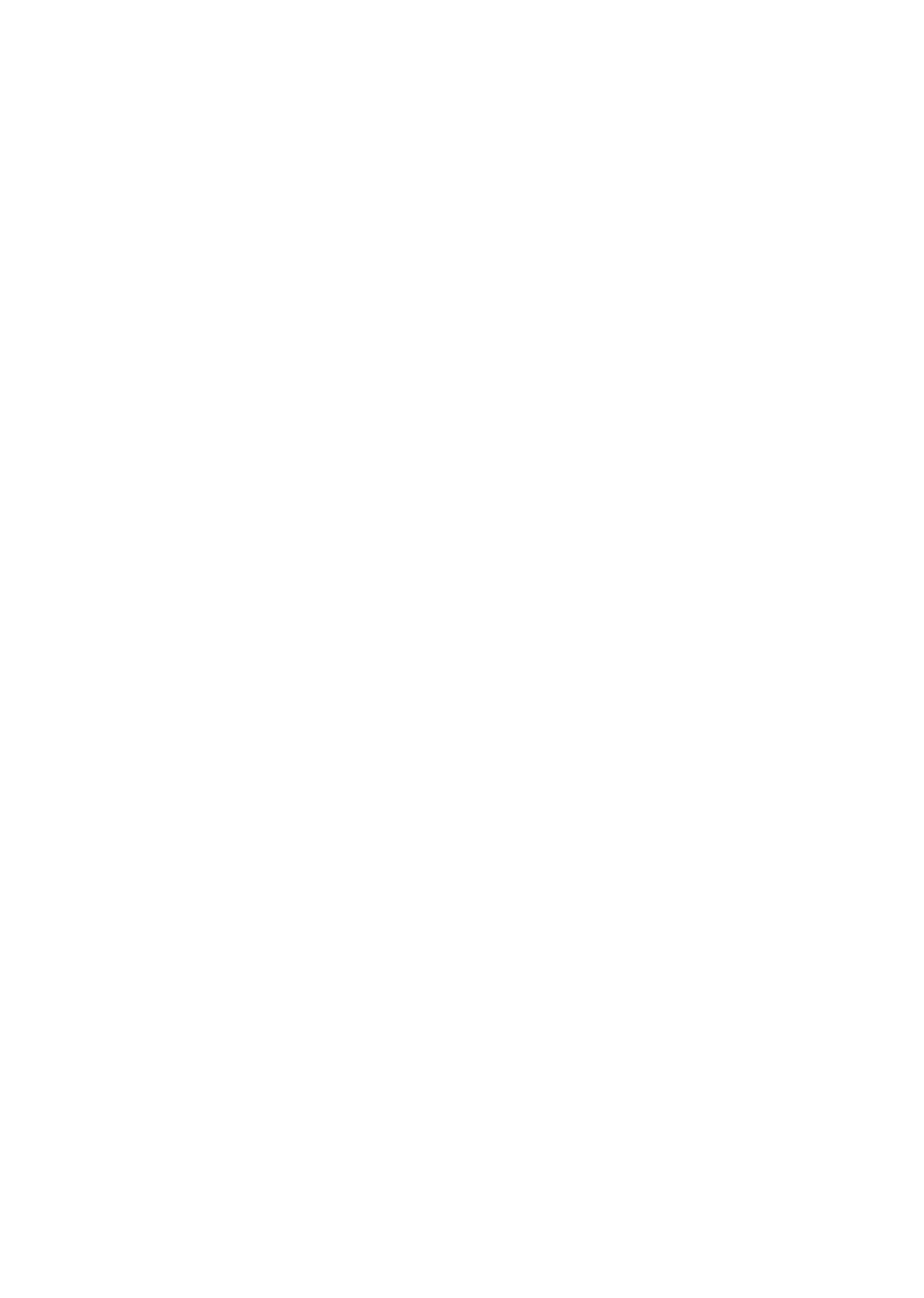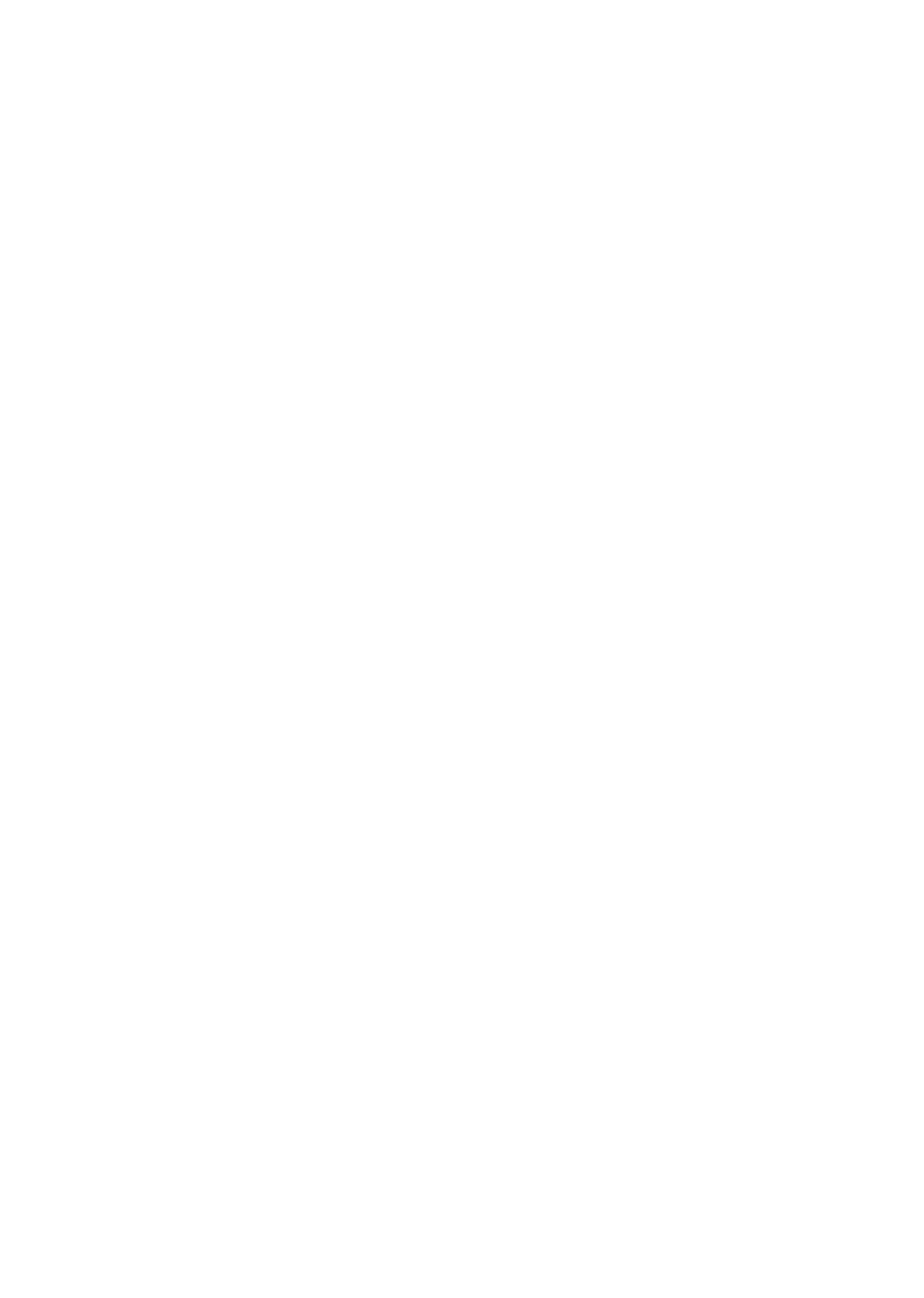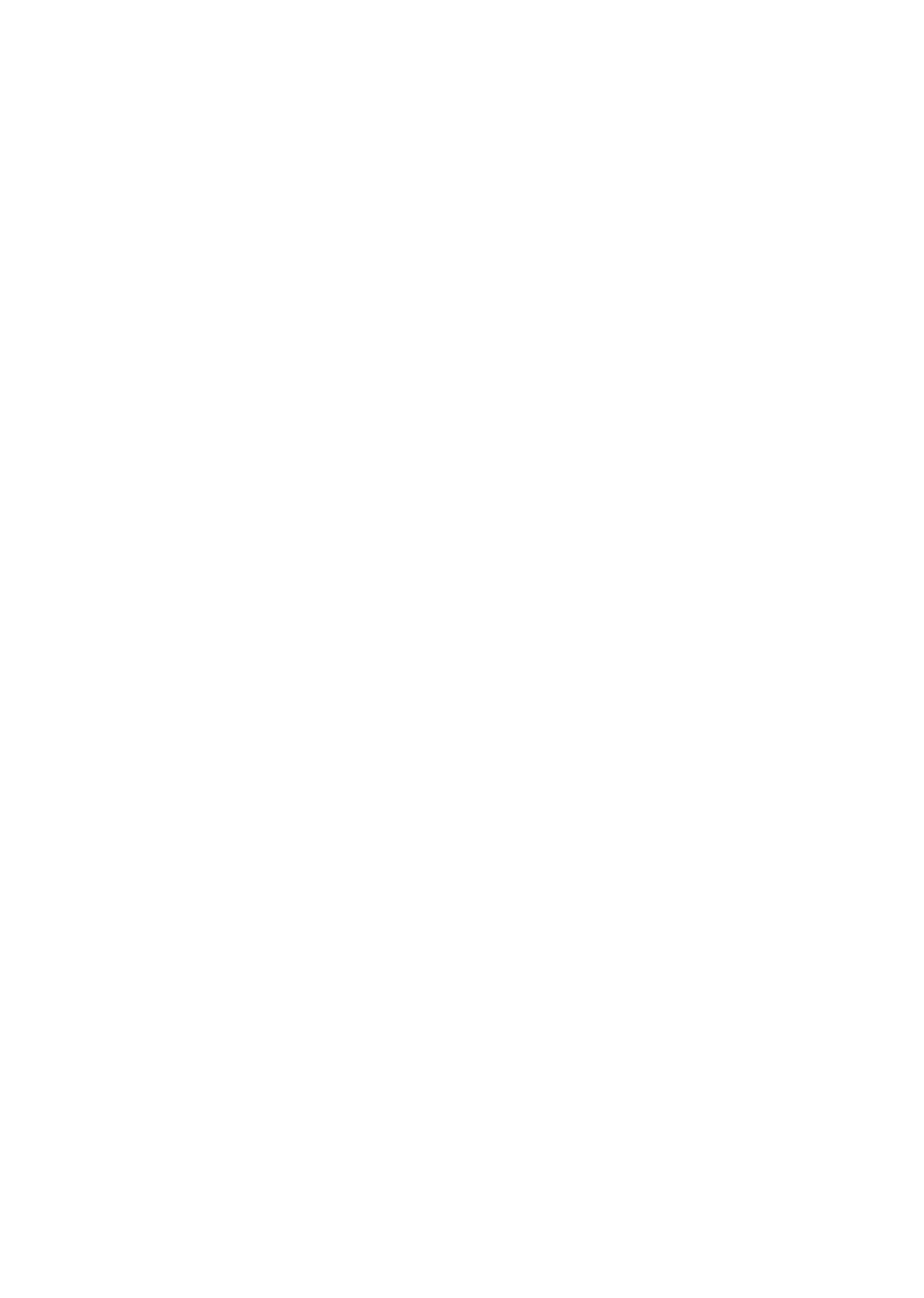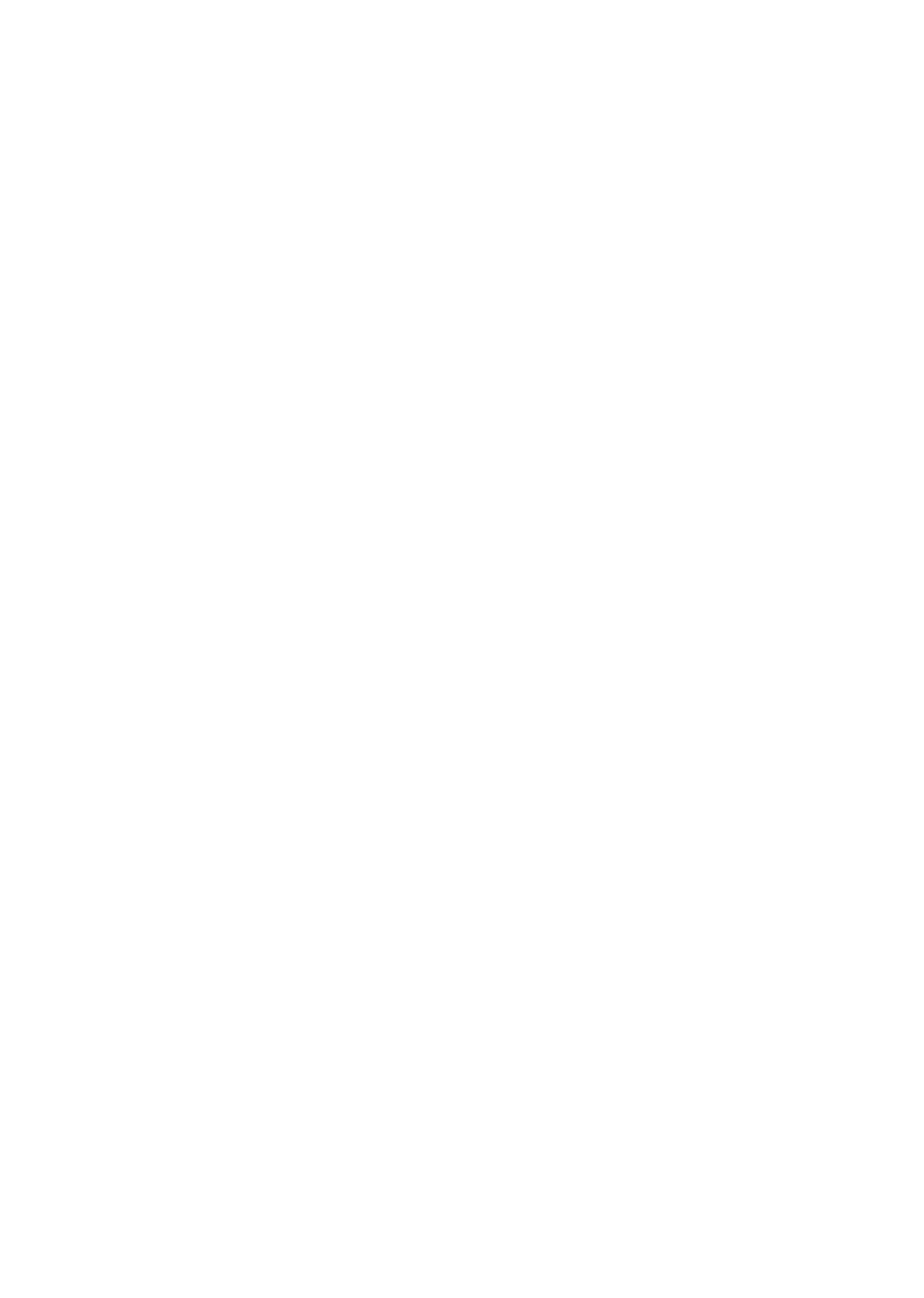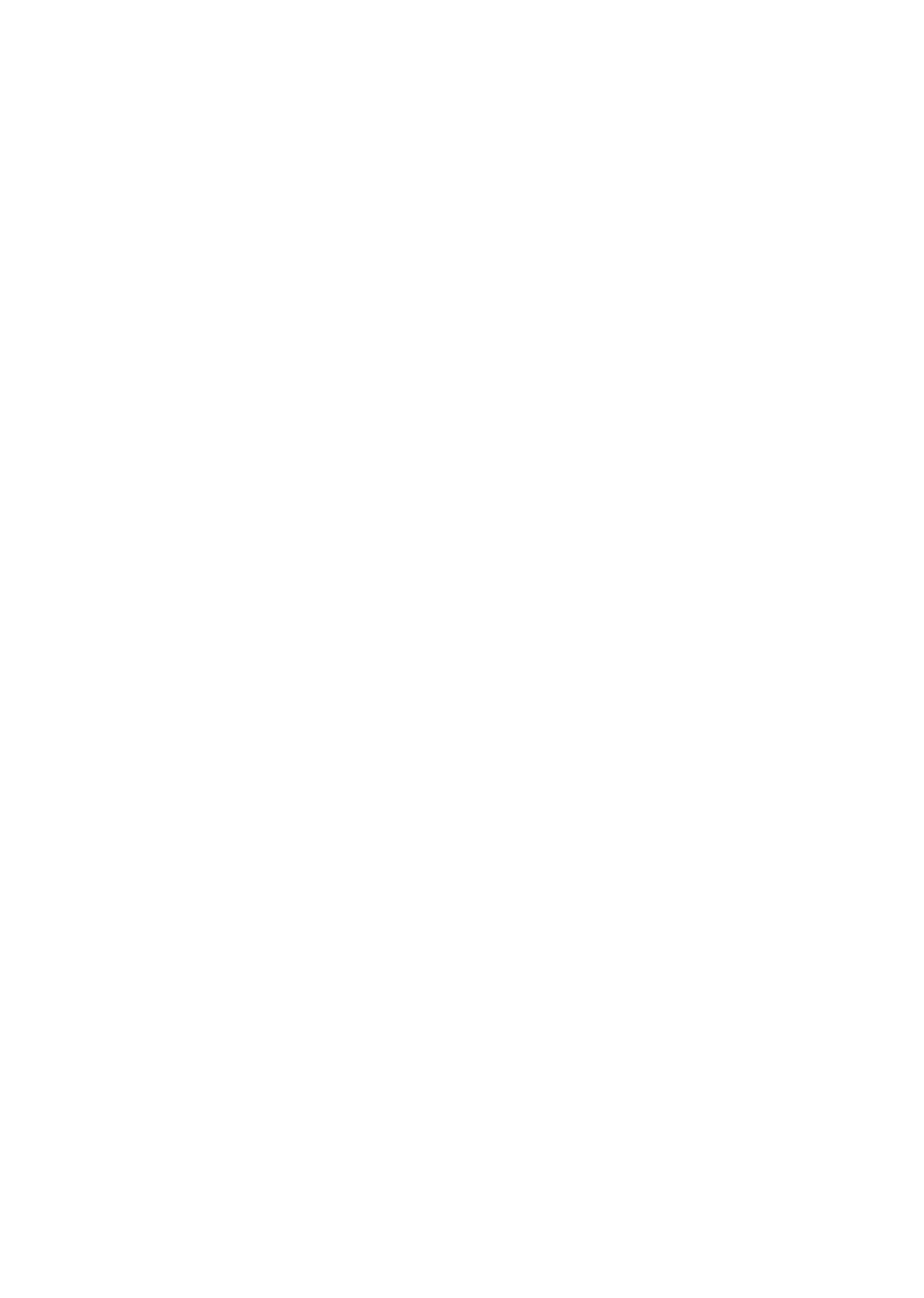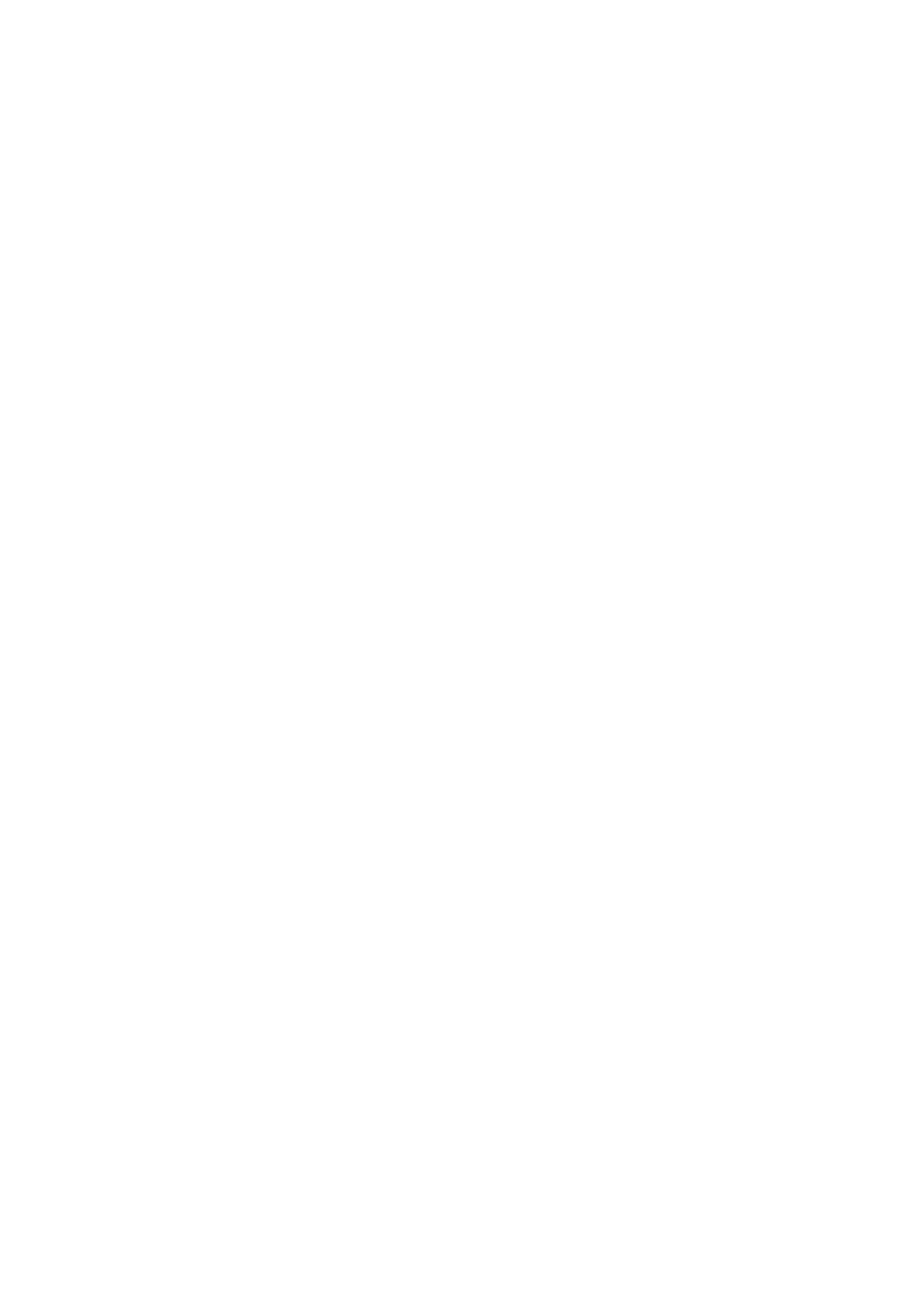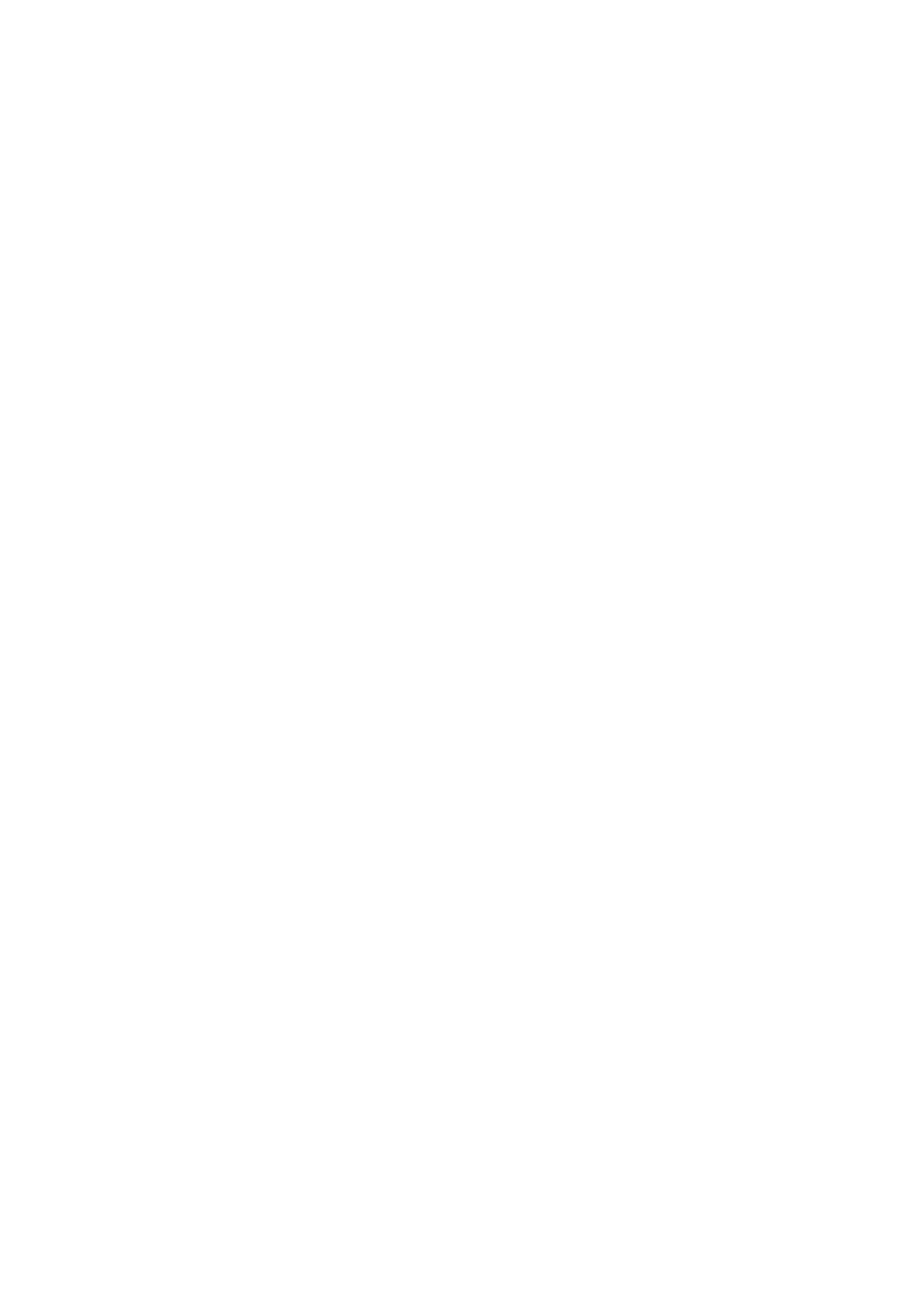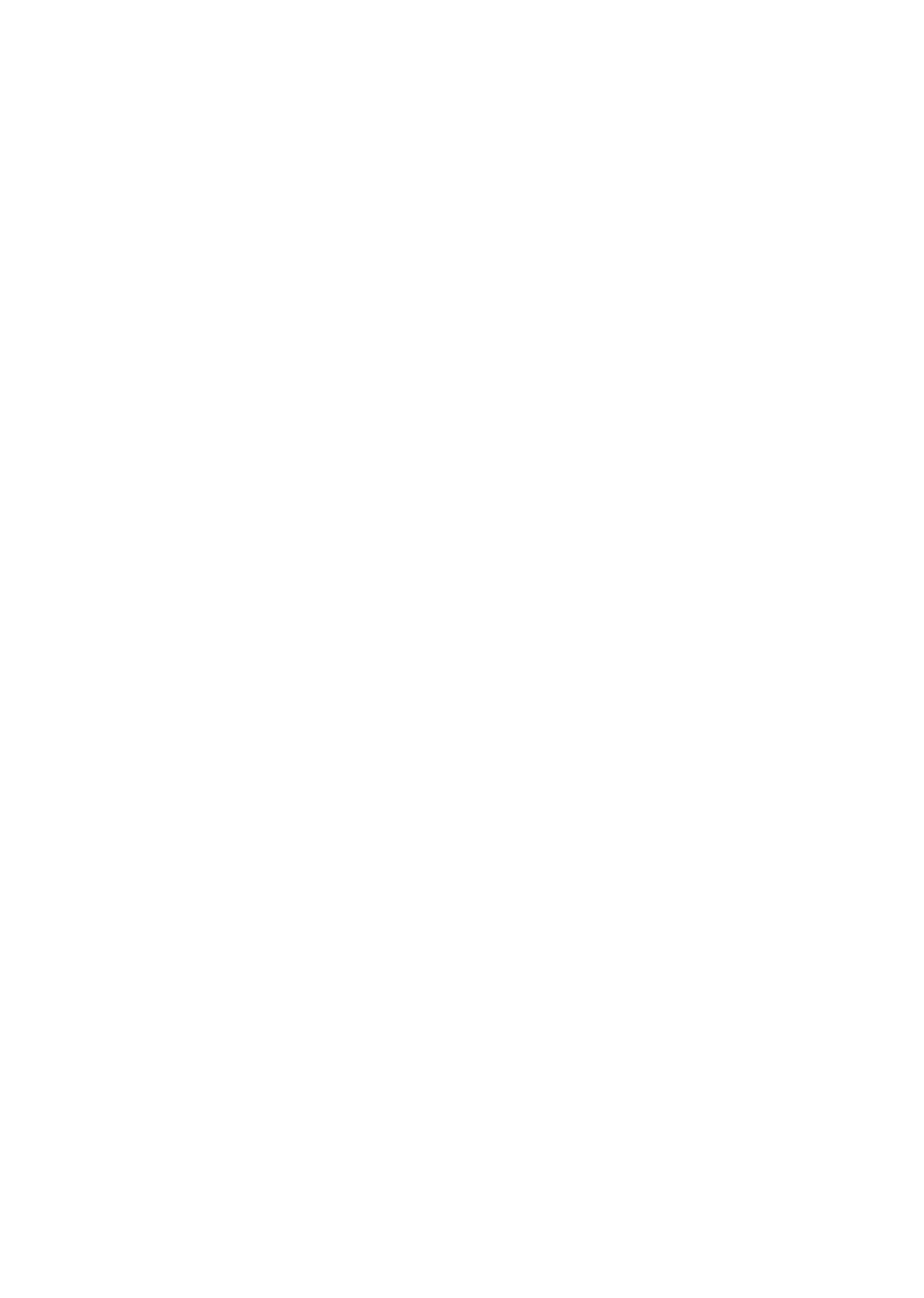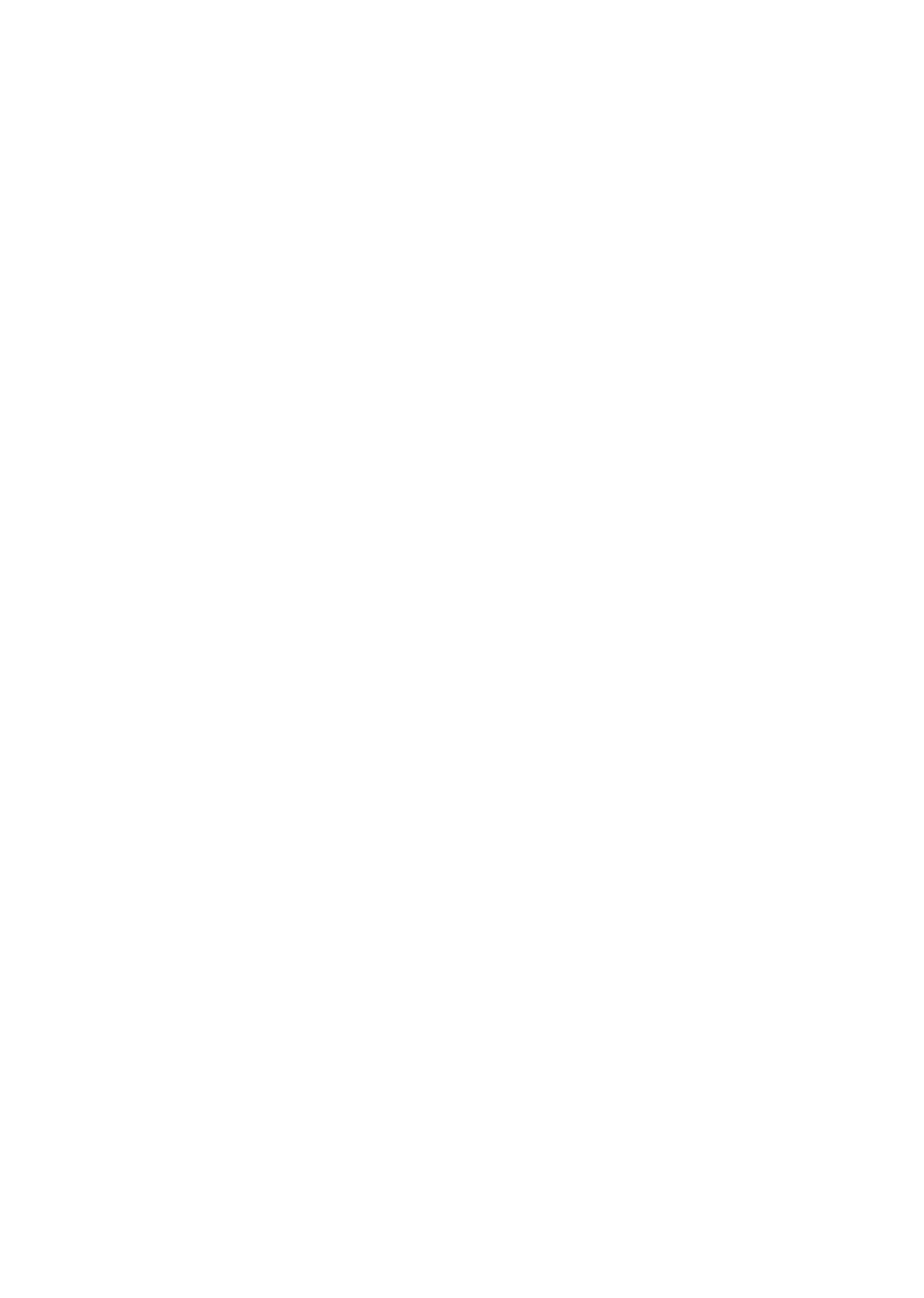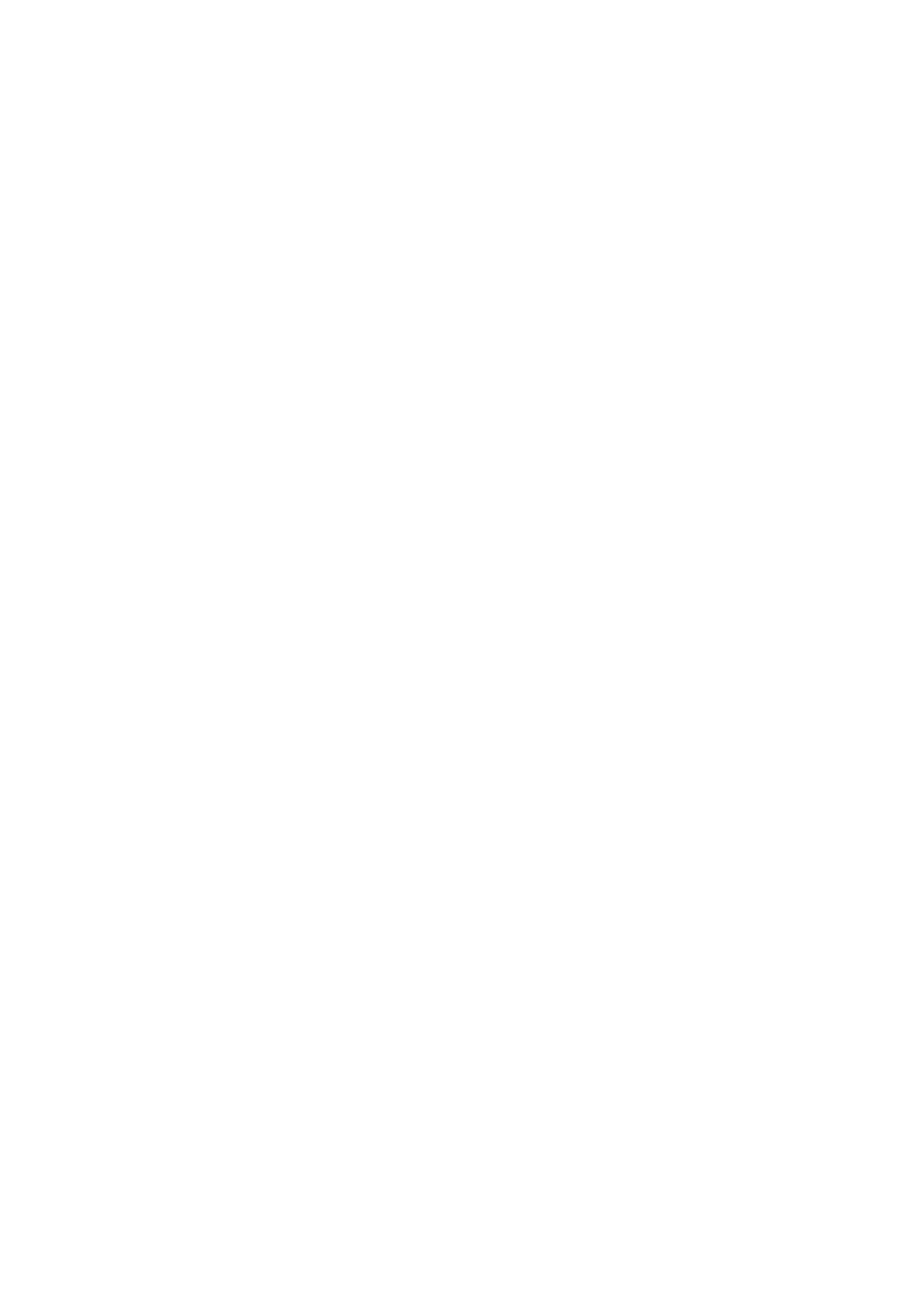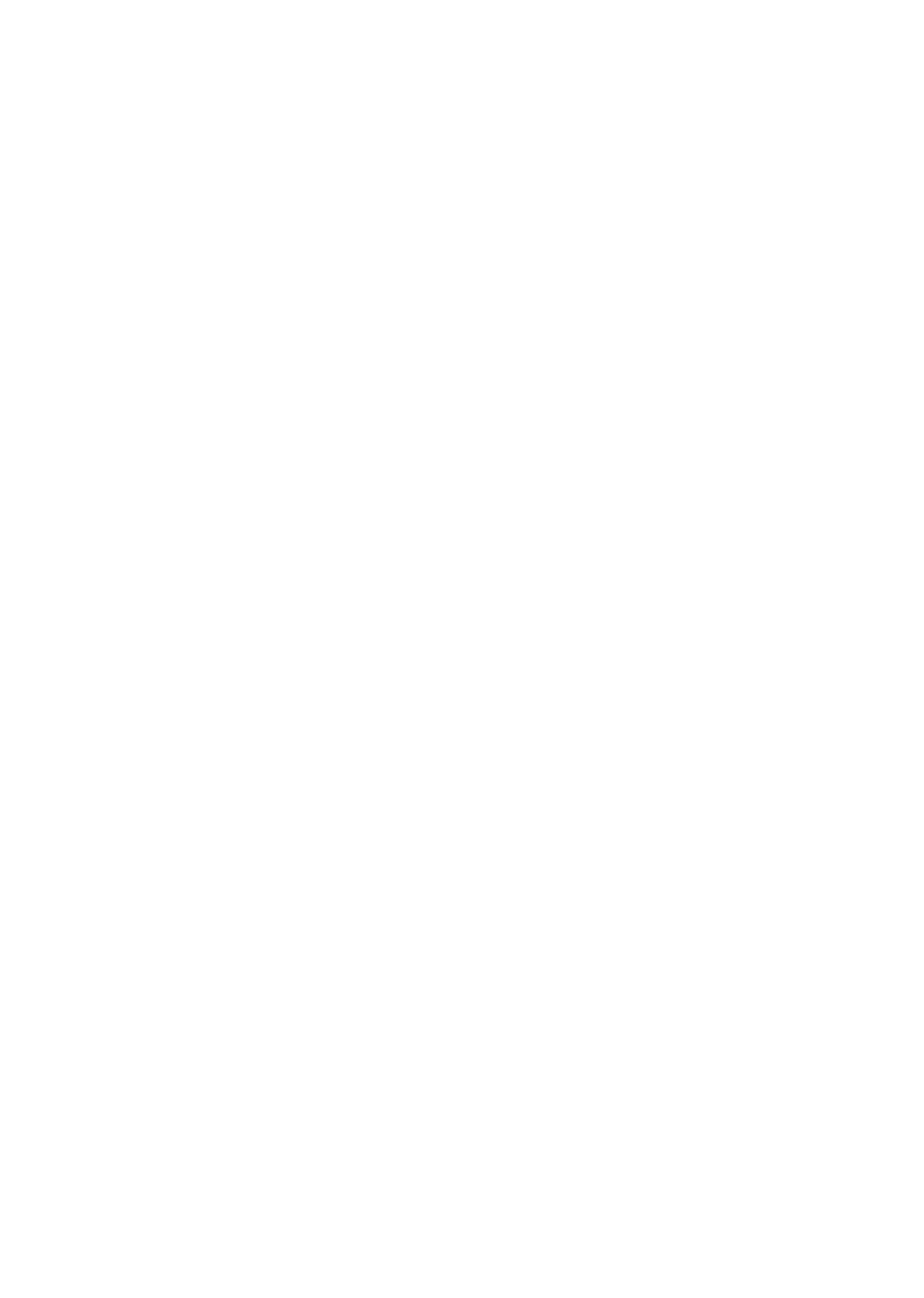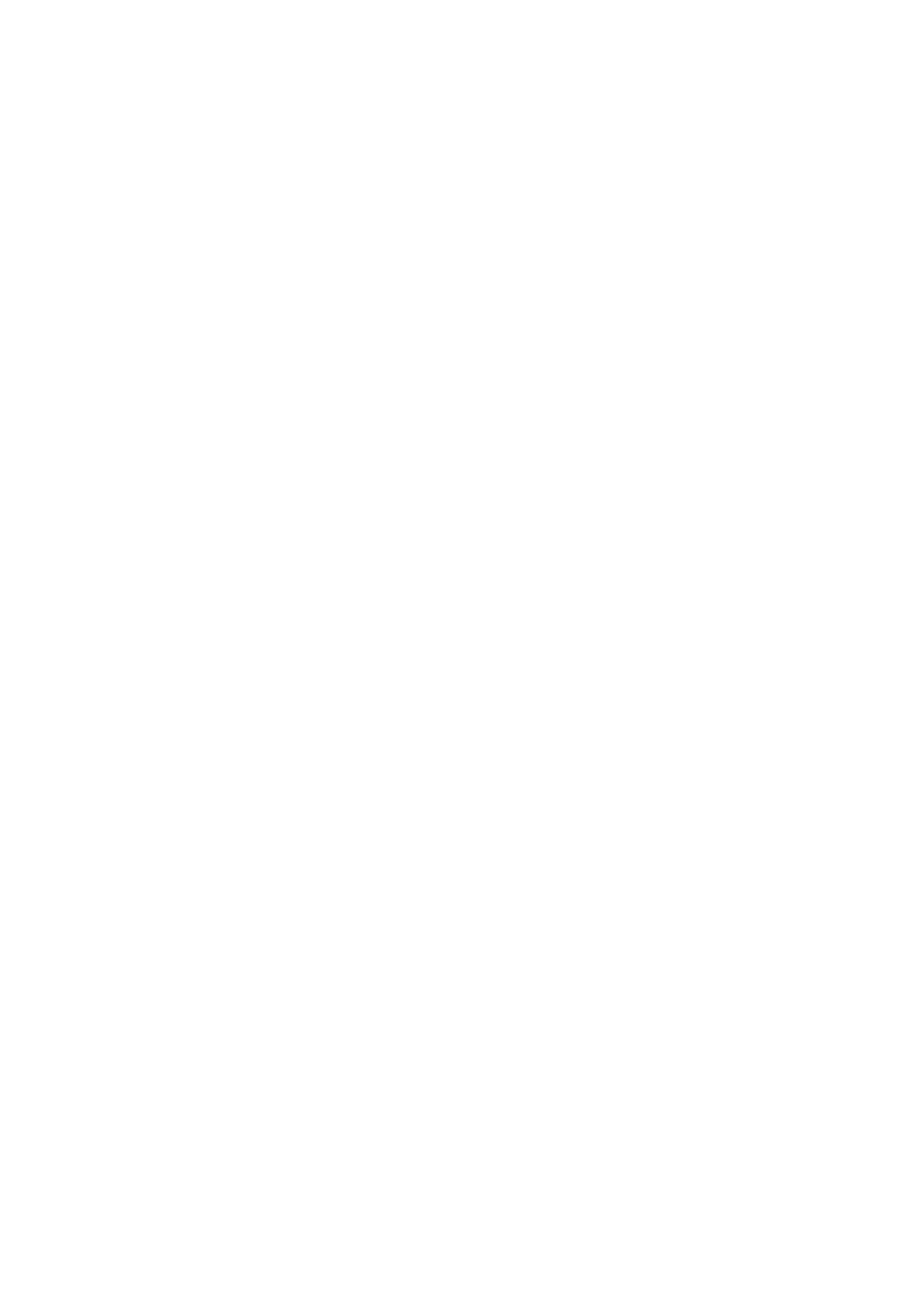ELECTRONIC
FILING,
RECEIVED, CLERK’S OFFICE,
NOVEMBER
2,
2005
*
*
*
*
*
PCB 2006-061
*
*
*
*
*
BEFoRE
TIlE
ILLINOIS
POLLJJl’ION
CO)NI’ROL
HOARD
SOUTHERN ILLINOIS POWER
)
cooPERATIVE;
)
Petitioner,
)
)
v.
)
PCI)
_______________
)
(Permit Appeal
—
Air)
ILLINOIS ENVIRONMENTAL
PROTECTION AGENCY,
)
)
Respondent.
)
NOTICE OF
FILING
To:
Pollution Control
Board, Attn:
Clerk
Division oI.:egal
Counsel
James R.
Thompson Center
Illinois Environmental
Protection Agency
100W.
Randolph
1021
North
Grand
Avenue, East
Suite
11-500
P.O.
Box
19276
Chicago, Illinois 60601
Springfield, Illinois
62794-9276
PLEASE TAKE NOTICE that
I have
today filed with the
Office of the Clerk of the
Pollution control
Board the original and nine copies of the
Appeal of CAAPP Permit of
Southern Illinois Power Cooperative and the Appearances
of Sheldon
A.
Zabel, Kathleen C.
Bassi, Stephen J.
f-3onehrake, Joshua R. More,
and Kavita M.
Patch Copies of which
are herewith
served upon you.
Kathleen C. Bassi
Dated:
November 2,
2005
Sheldon
A. Zabel
Kathleen
C.
Bassi
Stephen J. Bonebrake
Joshua R. More
Kavita M. Patel
SCHIFF HARDIN, LLP
6600 Sears Tower
233
South
Wacker Drivc
Chicago,
Illinois
60606
312-258-5500
Fax:
312-258-5600
ELECTRONIC
FILING,
RECEIVED, CLERKS
OFFICE,
NOVEMBER 2,
2005
*
*
*
*
*
PCB 2006-061
*
*
*
*
*
BEFORE
TIlE iLLINOIS POItI!’FION
CONTROL. BOARD
SOUThERN ILLINOIS POWER
)
COOPERATIVE,
)
)
Petitioner,
)
)
v.
)
PCi)
___________________
)
(Permit Appeal
—
Air)
ILLINOIS ENVIRONMENTAL
PROTECTION AGENCY,
)
Respondent.
)
APPEARANCE
Thereby
file
my
appearance in
this proceeding, on
behalfof Southern Illinois
Power
Cooperative.
Kathleen C. Bassi
Dated:
November
2, 2005
Sheldon
A. Zabel
Kathleen
C.
Basal
Stephen J.
Bonebrake
Joshua R.
More
Kavita M. Patel
SCHIFF HARDIN,
LLP
6600 Sears Tower
233
South Wacker Drive
Chicago, Illinois
60606
312-258-5500
Fax:
312-258-5600
ELECTRONIC
FILING,
RECEIVED, CLERK’S
OFFICE,
NOVEMBER
2,
2005
*
*
*
*
*
PCB 2006-061
*
*
*
*
*
BEFO11ET lIE
ILLINOIS
POLLUTION
CONTROL
I3OARI)
SOUTIIERN
ILLINOIS
POWER
COOPERATIVE,
)
Petitioner,
)
)
v.
)
PCI)
____________
(Permit Appeal
—
Air)
ILLINOIS ENVIRONMENTAL
PROTECTION AGENCY,
)
Respondent.
APPEARANCE
I hereby tile
my appearance in
this proceeding, on behalfof Southern Illinois
Power
Cooperative.
/c
I
Dated:
November 2,
2005
Sheldon A.
Zabel
Kathleen C.
Bassi
Stephen
J. Bonebrake
Joshua R.
More
Kavita M.
Patel
SCHIFF HARDIN, LLP
6600 Sears Tower
233
South Wacker Drive
Chicago, Illinois
60606
312-258-5500
Fax:
312-258-5600
ELECTRONIC FILING.
RECEIVED,
CLERK’S OFFICE,
NOVEMBER
2,
2005
*
*
*
*
*
PCB
2006-061
*
*
*
*
*
BEFORE TUE
ILLINOIS
POLLt TION
CONTROL
BOARI)
SOUThERN
ILLINOIS POWER
COOI’E14.ATIVE,
)
)
Petitioner,
S.
)
PCB
___________
(Permit Appeal
—
Air)
ILLINOIS ENVIRONMENTAL
PROTECTION AGENCY,
)
Respondent.
APPEARANCE
I
hereby file my
appearance in this proceeding, on behalf of Southern
Illinois Power
Cooperative.
~
—~
7
Joshua R.
More
Dated:
November 2,
2005
Sheldon
A. Zahel
Kathleen C.
Bassi
Stephen
J. Bonebrake
Joshua R.
More
Kavita M.
Patel
SCIIIFFHARDIN, LLP
6600
Sears Tower
233
South Wacker Drive
Chicago, Illinois
60606
312-258-5500
Fax:
312-258-5600
ELECTRONIC
FILING,
RECEIVED, CLERK’S OFFICE,
NOVEMBER
2,
2005
*
*
*
*
*
PCB 2006-061
*
*
*
*
*
BEFORE
FIlE
ILLINOIS
POLLUTION
CoNTROL
BOAR!)
SOUTHERN
ILLINOIS
POWER
COOPERATIVE,
)
Petitio ncr,
)
)
v.
)
PCB
_____________
(Permit Appeal
—
Air)
ILLINOIS
ENVIRONMENTAL
)
PROTECTION
AGENCY,
)
Respondent.
)
APPEARANCE
I
hereby
file my appearance
in this proceeding, on
behalf of Southern Illinois
Power
Cooperalive.
Kavita M.
Patel
Dated:
November 2,
2005
Sheldon A. Zabel
Kathleen C.
Bassi
Stephen J.
Bonebrake
Joshua
R. More
Kavita M.
Patel
SCHIFF HARDIN,
LLP
6600
Sears Tower
233
South
Wacker
Drive
Chicago, Illinois
60606
312-258-5500
Fax:
312-258-5600
ELECTRONIC
FILING,
RECEIVED, CLERK’S OFFICE,
NOVEMBER
2,
2005
*
*
*
*
*
PCB 2006-061
*
*
*
*
*
BEFORE
TI-IF ILLINOIS
POLLU’I’ION CONIROL BOARI)
SOI)i’l-IERN ILLINOIS POWER
COOPERATIVE,
Petitioner
V.
ILLINOIS ENVIRONMENTAL
PRO)TECTION AGENCY,
Respondent.
)
)
PCB
____________
(Permit Appeal
—
Air)
)
)
)
)
CERTIFICATE OF
SERVICE
I, the undersigned, certify that
I have served the attached Appeal
of CAAPP
Permit of
Southern
Illinois Power Cooperative
and Appearances of Sheldon
A.
Zahel, Kathleen C.
Bassi,
Stephen
J.
Bonebrakc. ,loshua
R. More, and Kavita M.
Patel,
by
electronic delivery’ upon
the following
person:
Pollution Control
Board, Ann:
Clerk
James R. Thompson Center
100 W. Randolph
Suite
11-500
Chicago, Illinois 60601
Kathleen C.
Bassi
Dated:
November
2,
2005
and by’ electronic and first
class mail
upon
the
following person:
Division of Legal
Counsel
Illinois Environmental
Protection
Agency
1 021
North Grand Avenue, East
P.O.
Box
19276
Springfield,
Illinois
62794-9276
Sheldon
A. Zabel
Kathleen
C. Bassi
Stephen
.1. I3onebrake
Joshua R. More
Kavita M. Patel
SCHIFF
HARDIN,
LLP
6600 Sears lower
233 South Wacker
Drive
Chicago,
Illinois
60606
312-258-5500
Fax:
312-258-5600
ELECTRONIC
FILING,
RECEIVED, CLERK’S OFFICE,
NOVEMBER
2,
2005
*
*
*
*
*
FOB 2006-061
*
*
*
*
*
BEFORE
Tlii~ILlINoIS
POLLUTION CONTROL BOARI)
SOUTHERN ILLINOIS
POWER
COOPERATIVE,
Petitioner,
V.
ILLINOIS
ENVIRONMENTAL
PRO)TECTION
AGENCY,
Respondent.
)
)
)
PCB
____________
(Permit Appeal
—
.kir)
)
)
APPEARANCE
I
hereby file my appearance in
this proceeding,
on behalf of Southern Illinois Power
Cooperative.
November
2, 2005
Sheldon A. Zabel
Kathleen C.
Bassi
Stephen
A.
Bonebrake
Joshua R.
More
Kavita M.
Pate!
SCHIFF
EIARDN,
LLP
6600 Sears Tower
233 South
Wacker Drive
Chicago, Illinois
60606
312-258-5500
Sheldon
Dated:
A. Zabel/
Fax:
312-258-5600
ELECTRONIC
FILING,
RECEIVED, CLERK’S OFFICE,
NOVEMBER
2,
2005
*
*
*
*
*
FOB 2006-061
*
*
*
*
*
BEFORE
THE
ILLINO)IS POLLU1’ION
(:ONTROL
BOARD
SOUTIIERN ILLINOIS
POWER
COOPERATIVE, MARION
GENERATING
)
STATION,
)
Petitioner,
)
)
v.
)
PCB
______________
(Permit Appeal
—
Air)
ILLINO)IS ENVIRONMENTAL
PRO’rEC’rIo)N AGENCY,
)
Respondent.
APPEAL
OF CAAPP PERMIT
NOW COMES Petitioner.
Southern
Illinois Power Cooperative (“Petitioner”
or “SIPC”),
pursuant to Section
40,2 of the Illinois Environmental
Protection Act (“Act”)
(415
ILCS
5/40.2)
and 35
Ill.Adm.Code
§
105.300
et seq.,
and requests a hearing before
the
Board to contest the
decisions contained
in the permit “issued” to
Petitioner on September
29,
2005, under
the
Clean
Air Act Permit
Program (“CAAPP” or “Title
V”)
set forth at Section
39.5
of the Act
(415 ILCS
5/39.5).
In
support of its
Petition, Petitioner states as follows:
I.
BACKGROUND
(35
IiLAdm.Code
§
105.304(a))
1.
On November
15,
1990, Congress amended the
Clean Air Act (42
U.S.C.
§~
7401-7671q) and included in the
amendments at Title V a requirement
for a national operating
permit program.
The Title V program was to be implemented
by states with approved programs.
Illinois’ Title V program, the CAAPP. was
fully and finally approved by
the U.S.
Environmental
Protection Agency
(“JJSEPA”) on
December 4, 2001
(66 Fed.Reg.
72946).
The Illinois
ELECTRONIC
FILING,
RECEIVED, CLERK’S OFFICE,
NOVEMBER
2,
2005
*
*
*
*
*
POB 2006-061
*
*
*
*
*
Environmental
Protection
Agency (‘‘.\gencv~or
‘‘IFPA~’)has had
the
authority
to
issue
CAA L’l~
permits
since at
least
March
7,
1995.
when
the state
\as
granted
interim approval of
its CAAPP
(60 Fed.Reg.
12478).
Illinois’
Title V program
is set
forth at
Section
39.5
of the
Act, 35
1lI.Adm.Code 201
Subpart
F, and
35
lll.Adm.Code Part 270.
2.
Ihe Marion Generating
Station (‘Marion’’ or the
“Station’’),
Agency
ID.
No.
I
Q9SS6AAC.
is an electric generating
station owned and operated
by
SIPC.
The
Marion
Station
has
four generating
units.
Unit
123
is a circulating
fluidized bed
boiler which utilizes coal
and
coal
refuse as
its
primary
fuels.
Unit
I 23
has a nominal maximum gross stnnmcr
capacity of
I
II
MW.
Sulfur emissions
arc controlled
by
limestone injection
into the boiler.
Comhustion
temperature control
supplemented
by a selective non—catalytic reduction
system, limit NOx
emissions
and a haghouse controls
emissions of particulate matter.
3.
Unit
4
is
equipped with a
flue gas
dcsulphurization
unit,
a selective catalytic
reduction unit and an
ESP to control emission.
Unit
4 has a cyclone-fired
boiler which
also
utilizes coal
and coal
refuse as
its primary
fticl.
Unit
4 has a nominal maximum gross summer
capacity of 172 M\V.
4.
Units
5
and
6
are gas-tired
combustion turbines
which can utilize
either natural
gas or distillate oil
as fuel.
Units 5
and 6 each have a nominal
maximum gross summer
capacity
of 80
MW each.
The units use
low NCx combustion systems when firing gas and
water injection
when firing
oil to control NOx emissions.
The quality of the
fuels limits emissions of other
pollutants.
5.
The
Agency received the original
CAAPI’ permit
application for the Station on
September
8,
1995. and
assigned Application No,
95090124.
Petitioner updated this application
from time to
time throughout the
ten years
that IEPA took to review the
application.
The
-2-
ELECTRONIC
FILING,
RECEIVED, CLERK’S OFFICE,
NOVEMBER
2,
2005
*
*
*
*
*
POB 2006-061
*
*
*
*
*
(:AAT~l’
permit
application
was timely submitted
and
updated.
and Petitioner requested and
was
granted an application shield, pursuant to Section
39.5(5)(h).
Petitioner has paid
fees
as set
forth
at
Section
39.5(18) of the Act since submitting
the
application for
a CAAPP permit
for the
Station.
Marion’s
state operating
permit has continued
in full
force and effect
since submittal of
the CAAPP pennit application, pursuant to Sections
9.1 (1)
and 39,5(4)(h) of the Act,
6,
The Agency
issued
a
final
draft permit for public review on June
4,
2003.
SIPC
filed written
comments with the Agency regarding the draft permit on
September 26, 2003.~The
Agency issued a proposed permit thr the
Station on
October 6, 2003.
‘his
permit
was not
technically
open for public
comment, as
it had been sent to
USEPA for its comment as required
by Title V.
Subsequently.
in
December 2004, the
Agency
issued a drafi revised proposed permit
for Petitioner’s and other interested persons’
comments.
SIPC
again commented.
The
Agency
issued a second draft revised proposed permit in July 2005
and allowed the
Petitioner and other
interested persons
10 days to comment.
At
the same time, the
Agency released
its preliminary
Responsiveness
Summary, its
draft of its
response to comments, and invited comment on that
document
as well.
STPC
submitted comments
on this version of the permits and
on
the
preliminary Responsiveness
Summary on August 1,2005.
The Agency
submitted
the revised
proposed permit
to
IJSEPA
for
its 45-day review on August
15, 2005.
The Agency did
not seek
further comment on the permit from the Petitioner or other interested persons, and SIPC has not
submitted
any
further comments, based
upon the understanding that
the Agency had every
intention to issue the permit
at the end of USEPA’s review period.
SIPC has
attached
the
appealed
permit to this Petition.
However,
the
draft and
proposed permits
and
other
documents
referred to herein should be
included in
the
administrative
record that
the Agency
will file.
Other
documents
referred to in
this
Petition, such
as cases
or Board decisions, are
easily
accessible.
In
the
interests of
economy,
SIPC
is
not attaching such
documents to this
Petition.
-3-
ELECTRONIC
FILING,
RECEIVED, CLERKS
OFFICE,
NOVEMBER
2,
2005
*
*
*
*
*
PCB 2006-061
*
*
*
*
*
7.
fhe
final
pernut
was “issued” on
September 29.
2005.2
Although some of
Petitioner’s
comments
have
been
addressed
in the
various iterations of the permit,
it still
contains
terms
and conditions that
are
not acceptable to
Petitioner, including
conditions that are
contrary
to applicable
law and conditions that
first appeared.
at least
in their final
detail,
in
the August
2005
proposed permit
and
upon which
Petitioner did not have the. opportunity
to comment.
For
these reasons,
Petitioner
hereby appeals the
permit.
his
permit
appeal is timely submitted
within 35
days
following purported
issuance date of the
permit.
Petitioner requests that
the
Board review
the
permit
and order the Agency
to correct and
reissue the permit,
without
further
public
proceeding,
as appropriate.
II.
EFFECTIVENESS OF PERMIT
8.
Pursuant
to Section
10-65(b) of the illinois Administrative
Procedures Act
(“APA”),
5
ILCS
100/10-65.
and the
holding
inBurg-iVarner
Corp.
v.
Mauzy,
427
N.E.
2d415
(lll.App.Ct.
1981)
(“Borg-Warner”),
the
CAAPP permit
issued by the Agency
to the Station
does
not become effective
until after
a ruling
by the Board on
the permit appeal
and, in the event of a
remand,
until
the Agency
has
issued the permit consistent
with the Board’s order.
Section
10-
65(b) provides that
“when
a
licensee has made
timely and
sufficient application for the renewal
of
a
license or a new’ license
with reference to arty activity of a continuing nature,
the
existing
license
shall continue
in full
force and effect until the final agency
decision
on the
application
has been
made unless
a later date is fixed by order of a reviewing court.”
5
ILCS
100/10-65.
the
Borg- Warner
court found that with respect
to an appealed environmental
permit, the “final
agency decision” is the final decision
by the Board in an appeal, not the issuance of the permit
by
the Agency.
Borg-Warner,
427
N
2d
415
at 422; see
aiw
ISP,
Inc.
v.
IL
Environ,nenuel
2
See
tJSF.PA/Region
5’s Permits
website
at http://www.ep~,govftçgj,qp5/air/permits/iionUne.htm
4
‘CAAPP
permit Records”
for the
complete
trail” of the
milestone action dates
for this
permit.
-4-
ELECTRONIC
FILING,
RECEIVED, CLERKS OFFICE,
NOVEMBER
2,
2005
*
*
*
*
*
PCB
2006-061
*
*
*
*
*
Prok’ct,on Açcncv,
I 989
WI..
137356
(III.
Pollution
Control
13d.
I 989);
Electric
Ener~y.inc.
v
Ill.
Pollution Control
Bet.,
I 985
WL
21205
(III.
Pollution Control
Bd,
1985).
Therefore, pursuant
to the APA
as interpreted
by
Borg-Warner, the entire permit
is not yet effective and the existing
permits
for the facility
continue
in effect.
9.
The
Act provides at Sections 39.5(4)(b) and
9.1(1) that
the state operating permit
continues
in effect until
issuance of the CAAPP
permit.
Under Bore—Warner. the CAAI’P permit
does
not become effective
until the Board issues
its order
on appeal
and the Agency
has
reissued
the permit.
‘l’herefore,
SJPC currently has the necessary permits
to
operate the
Station,
1
0.
In the alternative,
to avoid any question
as
to the limitation on
the scope of the
effectiveness
of the permit under
the
AP.A, SIPC requests that the Board exercise
its
discretionary authority
at 35
1Il.Adm.Code
§
105.304(b) and stay the entire permit.
Such a stay
is necessary to protect SIPC’s
right to appeal
and to avoid
the imposition of conditions before
it
is
able to exercise that right to appeal.
Further, compliance with the
myriad of new monitoring,
inspection, recordkeeping, and reporting conditions that are
in the CAAPP permit
will be
extremely costly.
To comply with conditions that are
inappropriate, as
STPC alleges
below,
would cause
irreparable harm to SIPC, including the imposition of these
unnecessary costs and
the adverse
effect on
SIPC’s right to adequate review on appeal.
SIPC has no
adequate remedy
at law other than this appeal
to the Board.
SIPC
is likely to succeed on the merits of its appeal,
as the Agency has included conditions
that do not reflect “applicable requirements,” as defined
by Title V. and
has exceeded its authority to impose conditions or the conditions are arbitrary
and capricious.
See Lone Star Industries,
Inc.
v.
IEPA,
PCB 03-94
(January 9, 2003);
Nielsen
&
Brainhridge, EEC.
v.
JEPA,
PCB 03-98
(February 6,2003);
Saint-Gobain Containcr,c,
inc.
v.
JEPA,
PCB 04-47
(November 5, 2003);
Champion Laboratories,
Inc.
t’.
JEPA,
PCB
04-65
-5-
ELECTRONIC
FILING,
RECEIVED, CLERKS
OFFICE,
NOVEMBER
2,
2005
*
*
*
*
*
PCB 2006-061
*
*
*
*
*
(January
8, 2004);
A’oi’eon.
Inc.
v.
IEP:i.
PC
04-
I 02
çianuary
22, 2004);
Ei/i~’l
Petroleum
Additives,
Inc.,
v
IEI’11,
PCB 04-113
(FebruarY
5.
2004);
()astc
Industries,
Inc.
v.
JEPA,
PCB
04-116 (May
6, 2004).
Moreover, the Hoard
has
stayed
the entirety
of all
the
CAAPP permits
that have been appealed
.
Additional/v
see’
Itridgestone/Lirestone
0/f
Road
lire (.‘ompany
v.
IEPA.
PCI3
02—3
1
(November
I, 200
I );
Midwest
Generation.
LLC
Collins
Generating Station
v.
IEPA,
PCB 04-108 (January
22, 2004);
Board of Trustees a/Eastern IllinoL~University
V.
IEPA,
PCB 04-110 (February
5,2004).
The Board should
continue to follow this precedent.
II.
Finally, a large number ofconditions
included in this CAAPP permit arc appealed
here.
To require some conditions of the CAAPP permit to remain in
effect while
the contested
conditions are covered
by the old state operating permits creates an
administrative environment
that would
he,
to say the
least, very
confusing.
Moreover, the Agency’s
failure to provide
a
statement
of basis,
discussed below, renders the
entire permit defective.
Therefore.
SIPC
requests that the Board
stay
the entire permit
for these reasons.
12.
In sum, pursuant to
Section
10-65(b) of the
APA and
Borg-Warner,
the entirety of
the
CAAPP permit does
no
ome effective
until
the completion of the administrative
process,
which occurs when the
Board has
issued its
tinal ruling on
the appeal and the Agency has
acted
on any remand.
(For the
sake of simplicity, hereafter
the effect of the AP,A
will
be referred to as
a “stay”.)
In the alternative,
SIPC requests that the
Board, consistent
with its grants of stay in
other CAAPP permit appeals, because of the pervasiveness of the
conditions appealed
throughout the permit, to protect SIPC’s right to appeal and in the interests of administrative
efficiency, stay the entire permit pursuant to its discretionary
authority at 35
Ill.Adm.Code
§
105.304(h).
In addition,
such a stay will minimize the risk of uirneeessary litigation concerning
the question
of a stay and expedite
resolution of the underlying substantive
issues.
The state
-6-
ELECTRONIC FILING,
RECEIVED, CLERK’S
OFFICE,
NOVEMBER
2,
2005
*
*
*
*
*
PCB 2006-061
*
*
*
*
*
operating permits ctirrentlv
in effect
will
continue
in effect throughout the
pendeney’ of the
appeal
and remand.
Therefore, the
Station wifl
remain subject to the terms and conditions of
those permits.
As
the
CAAPP permit cannot impose
new substantive conditions upon
a
permiltee
(see
discussion below),
emissions limitations are the same under both permits.
the
environment will
not
he harmed by
a stay of the CAAPP
permit.
111.
ISSUES ON APPEAL
(35
ltl.Adin.Code
§~
IOS.304(a)(2),
(3),
and (4))
13.
As a preliminary matter, the CAAPP permits
issued to the
Station and 20 of the
other coal-fired power plants
in the
state
on
the
same date are very similar in content.
The same
language appears in
virtually
all
of the
permits,
though there are subtle variations
to
some
conditions to reflect the differences among the stations.
For
example, not
all
stations have
the
same types of emissions units.
Some units
in
the state are subject
to
New Source
Performance
Standards
(“NSPS”), perhaps New Source
Review (“NSR”) or Prevention of Significant
Deterioration
(“PSD”), or other state or federal
programs. while others
are not.
As
a result, the
appeals of these permits
filed with
the hoard
will
be equally as repetitious
hut
with elements of
uniqueness reflecting
these differences.
Further, the issues on appeal
span the gamut of simple
typographical errors to extremely complex questions of law.
Petitioner’s presentation in this
appeal
is by issue,
generally per unit
type,
identifying the permit conditions giving rise to the
appeal
and the conditions related to
them that
would he affected,
should the Board grant
Petitioner’s appeal.
14.
The Act does not require a permittee to have participated in the public process;
it
merely needs to object,
after issuance,
to a term or condition
in a permit in order to have
standing
to
appeal the permit issued to him.
See
Section 40.2(a) of the Act (the applicant may appeal
while others need to have participated in the public
process).
However,
SIPC, as
will be
-7-
ELECTRONIC
FILING,
RECEIVED,
CLERK’S OFFICE,
NOVEMBER
2,
2005
*
*
*
*
*
FOB 2006-061
*
*
*
*
*
evidenced
by
the administrative record.
has actively
participated to the extent allowed by the
Agency
in the development of tIns
permit.
Nevertheless,
there are conditions in
the permit that
Petitioner has only now determined are unacceptable
for various
reasons set
fhrth
below, and
SI PC.
therefore.
may: not have
commented on
them
previously.
In
other instances,
also as
discussed
in
further detail
below, the
Agency did
not
provide SIPC
with a viable opportunity
to
comment, leaving SIPC
with appeal as
its only alternative as a
means of rectif~’ing
inappropriate
conditions.
These issues are properly
before
the
Hoard
in this proceeding.
Petitioner appeals
all
conditions related to the conditions
giving
rise
to this appeal,
however, whether such related
conditions
are expressly identified
or
not below.
15.
Section 39.5(7)(d)(ii)
of the
Act
grants
the
Agency the authority to “gapfill.”
“Gapfllling”
is
the
inclusion
in the
permit of periodic monitoring requirements,
where
the
underlying applicable requirement does
not include
them.
This
language
faithfully
reflects 40
CFR
§
70.6(a)(iii)(l3). the
subject of litigation in
Appalachian
Power
(:ompcinv
v.
EPA,
208
F.3d
1015
(D.C. Cir.
2000).
The court
in
Appalachiati Power
found that state authorities are
precluded from
including provisions
in permits requiring more frequent
monitoring than
is
required in the
underlying applicable requirement
unless the applicable
requirement contained no
periodic testing
or monitoring, specified
no frequency
for the
testing or monitoring, or required
only a one-time
test.
Appalachian Power
at
1028.
16,
‘he
Appalachian
Power
court also noted that
“Title V does not impose
substantive
new requirements” and that test methods and the frequency at which they are
required “are surely
‘substantive’ requirements; they impose
duties and obligations on those who
arc
regulated.”
Appalachian
Power
at 2026-27.
(Quotation
marks and citations in original
-8-
ELECTRONIC
FILING,
RECEIVED, CLERKS
OFFICE,
NOVEMBER 2,
2005
*
*
*
*
*
POB 2006-061
*
*
*
*
*
omitted.)
Thus,
where the permitting authority,
here the
Agency. becomes over—enthusiastic
in
its gapfilling,
it
is imposing new substantive
requirements contrary to Title V.
17.
The Agency, indeed, has engaged
in gapfilling, as
some of the
Board’s underlying
regulations do
not provide specifically for periodic monitoring.
c’j:,
35
1lI.Adm.Code
212.SubpartE.
However,
the Agency has also engaged
in over-enthusiastic gapfllling in some
instances,
as
discussed
in detail
below.
These actions are arbitrary and capricious and are an
unlawful
assumption of regulatory authority not
granted by
Section
39.5 of the Act.
Moreover,
contrary to
Appalachian
Power,
they,
by their nature,
unlawfully constitute the imposition of
new substantive requirements.
Whenever Petitioner identifies inappropriate gapfiiling as
the
basis for its objection to a term
or condition of the pernut.
Petitioner
requests that the Board
assume this preceding
discussion of gapfilling as
part of that discussion of the specific term or
condition.
IS.
In
a
number of instances specifically identified and discussed
below,
the Agency
has failed to provide required citations to the
applicable requirement.
“Applicable requirements”
are those substantive requirements that have been promulgated or approved
by USEPA pursuant
to the Clean
Air Act which directly impose requirements upon
a source,
including those
requirements set forth in the statute or regulations that are part of the
illinois SIP.
Section
~
General procedural-type requirements or authorizations are not substantive “applicable
requirements” and are not
sufficient basis for a substantive term or condition in the permit.
19.
The Agency has cited generally to Sections 39.5(7)(a),
(b), (e), and
(0
of the Act
or to Section 4(b) of the Act, but
it has not cited to the substantive applicable requirements that
serve as the basis for the contested conditions in the permit.
Only applicable requirements may
-9-
ELECTRONIC
FILING,
RECEIVED,
CLERK’S OFFICE,
NOVEMBER
2.
2005
*
*
*
*
*
POB 2006-061
*
*
*
*
*
he included
in the permit,~and
the Agency
is
required by
F ille V to identify
its basis
for
inclusion
of a permit condition (Section
39.5(7Xn)).
If the
Agency cannot
cite to the
applicable
requirement and
the condition
is not proper
gapuilling, the
condition cannot be
included
in the
permit.
The
Agency has conllised
general
data— and information-gathering provisions with
“applicable requirements.”
They are not
the
same.
Section
4(h) of the
.Act cannot he converted
into
an
applicable requirement
merely because
the Agency
includes it as the basis
for a
condition.
Failure
to
cite the
applicable requirement is
grounds
for the Board to remand the term
or condition to the Agency.
20.
Another general
deficiency of the CAAPP permitting process in
Illinois
is the
Agency’s
refusal to develop and issue a formal
statement of basis for the permit’s conditions.
This
statement of basis
is
to explain the permitting authority’s rationale for the terms ~nd
conditions of the permit.
It is
to explain
why the Agency
made tIle decision
it did, and
it
is to
provide
the permittee the opportunity to challenge
the Agency’s rationale
during the permit
development process
or comment period.
Title V
requires the
permitting authority to provide
such a statement ofhasis.
Section 39.5(7)(n) of the Act.
The Agency’s
after-the-fact
conglomeration of the very short
pmoject summary
produced at public notice, the
permit, and the
Responsiveness Sununary arc just not
sufficient.
When the
permittee and the public
are
questioning rationale in comments, it
is evident that the Agency’s view of a statement of basis is
not sufficient.
Further,
the
Responsiveness
Summary is prepared after
the fact;
it
is not provided
during permit development.
Therefore,
it
cannot serve as the statement of basis.
The
lack
of a
viable statement of basis, denying the permittee notice of the Agency’s decision-making
Appalachian
Power,208
F.Jd at
1026.
-10-
ELECTRONIC
FILING,
RECEIVED,
CLERK’S OFFICE,
NOVEMBER
2,
2005
*
*
*
*
*
POB
2006-061
*
*
*
*
*
ranonale and the opportunity
to
comment
thereon, makes
the entire
permit defective
and
is,
in
and of itself, a basis for appeal
and remand of the
permit and stay of the entire permit.
21.
The Agency “issued”
the C.AAPP peniiit that is
the subiect of’ this appeal
to SIPC
on
September 29, 2005, at 7:18
p.m.
The Agency
notified
SIPC
that the permits
had been
“issued” through
an email
sent to Leonard Hopkins,
an SIPC employee.
The email
indicated that
the permits
were available on USEPA’s
wehsite.
where Illinois’
permits
are housed.
lIovvever,
that was
not the case
An attempt was made to view the permit on the website after 7:30 p.m.
on
September 29,
and the permit
was
not there.
22.
The
issuance date of the permits
becomes important
because it
is the date that
starts the clock
for
filing an appeal.
USEPA’s website
identifies September 29, 2005, as
that
date.
If this
is also the effective date,
niany deadlines would be triggered, including the
expiration
date and the date by
which certain documents must be submitted
to the Agency.
More
critical, however,
is the fact that once the permit becomes
effective, S~PC
would
he obliged to
comply
with it. regardless of whether
it
had any reeordkeeping systems in place, any additional
control
equipment that
might he necessary, and so forth.
It took the Agency
over two years to
issue the final permit; the first draft permit was
issued Junc 4,2003.
Over that course of time,
the
Agency issued numerous versions of the permit,
changing it considerably.
Therefore, to
expect
SIPC to have anticipated the
final permit to the
degree necessary to he able to comply
on
the evening of
September 29, 2005, is unreasonable.
23.
Moreover, publication of the permit on a website
is not “official” notification in
Illinois.
SIPC cannot be deemed to “have” the permit until the original, signed version of the
permit has been
delivered.
Neither Illinois’ rules
nor the Act have been amended
to reflect
—Il—
ELECTRONIC
FILING,
RECEIVED, CLERK’S OFFICE,
NOVEMBER
2,
2005
*
*
*
*
*
PCB 2006-061
*
*
*
*
*
electronic delivery of permits.
lhcrelbre,
until the
permit
is officially delivered to
SI PC.
it
should
not
be deemed effective.
24.
Prior
to the advent of pervasive
use of computers
and reliance on
the internet for
communication,
the Agency sent
pernüts to sources through the
U.S.
mails, just as this CAAPP
permit
was delivered on
October 4, 2005.
Neither the
Act nor the
regulations specify when
permits should become effective.
Prior
to the advent off itle
V, however, sources have not been
subject
to such
numerous and detailed permit conditions and exposed to enforcement from so
many sides.
Under
litle
V,
not only the
Agency through the Attorney
General, but
also
USIiPA
and the general
public can
bring enforcement suits for violation
of the
least matter in the permit.
If the
issuance date
is
the
effective date, this has the potential for tremendous consequences to
the perinittee and is extremely
inequitable.
25.
If the effective date was September 29, 2005,
that would create
an obligation to
perform quarterly monitoring and submit quarterly reports, see
e.g. Conditions
7.1.10-2(a) and
7.2.10-2(a),
lbr the third quarter of 2005
which consists of less than thirty hours of operation.
The
requirement to perform quarterly monitoring
for a quarter that consists of less than thirty
hours
of operation will
not generate data that
is sufficient to assure compliance with the
applicable requirements
and is, therefore, arbitrary and capricious.
26.
A more equitable and legal approach would
be for the
Agency to delay the
effective date of a final permit for a period
of time reasonably sufficient for sources to
implement
any new compliance systems necessary because of the terms of the permit or at least until after
the time to for the source to appeal the
permit has expired so that an appeal
can stay the
permit
until
the
Board can rtile.
-12-
ELECTRONIC
FILING,
RECEIVED, CLERK’S OFFICE,
NOVEMBER 2,
2005
*
*
*
*
*
PCB 2006-061
*
*
*
*
*
27.
Consistent with
the
APA, the
effective date of the
permit, contested herein,
is
stayed, and SIPC
requests that the
Board order the
Agency to establish an effective date some
period oftiine after the permittee receives
the permit
following remand and reissuance of the
permit to allow the pennittee sufficient time to implement the systems necessary to comply with
all the requirements ofthis
very complex permit. or such
longer period of time that the
Board
may find more appropriate.
Overall Source Conditions
(Section
5)
(I)
Rceordkceping
of and Reporting
IMP Emissions
28.
The
CAAPP permit issued to the Station requires SIPC to keep records of
emissions of mercury, hydrogen chloride, and hydrogen fluoride
—-
all
i-lAPs --and to
report those
emissions at Conditions
5.6.1(a) and (b) (recordkeeping) and
5.7.2 (reporting).
The Agency has
not
provided proper statutory or
regulatory basis for these
requirements other than the general
provisions of Sections 4(b) and 39.5(7)(a),
(b). and
(e) of the Act.
Citations merely to
the
general provisions of the Act do not create an
“applicable requirement.”
29.
In
fact,
there is no applicable requirement that allows the Agency
to require this
recordkeeping
and reporting.
There
are no regulations that limit emissions of HAPs from the
Station.
While USEPA has recently promulgated
the Clean Air Mercury Rule C’CAMR”) (70
Fed.Reg. 28605
(May
18, 2005)), Illinois has not yet developed its corresponding regulations.
the Agency correctly discussed this issue relative specifically to mercury in
the Responsiveness
Summary by pointing
out that
it cannot add substantive requirements through a CAAPP permit
or through
its oblique reference to the CAMR.
See
Responsiveness Summary in
the
Administrative
Record,
p. 21.
However, the Agency
was incorrect
in its discussion
in the
Responsiveness Summary by stating
that it
cart rely
upon
Section
4(h), the authority
for the
-13-
ELECTRONIC
FILING,
RECEIVED,
CLERKS
OFFICE,
NOVEMBER
2.
2005
*
*
*
*
*
PCB 2006-061
*
*
*
*
*
Acency
to
gather information.
as a basis
lir
requiring recorclkeeping
and
reporting
of’ mercury
emissions through
the CAAPP permit.
The
Agency has confused its
duty to gather
data pursuant
to
Section 4(b) and
its
authority
to gapfill, with
(he limitation on
its authority
under
Title V
to
include
wily
“applicable
requirements” in
a Title
V
permit.
See Appcilachian Power.
Even
by
including
only recordkeeping and reporting of I-lAP
emissions
in
the permit. the Agency has
exceeded its authority,
just as
seriously as if it had included emissions limitations
for HAPs
in
the permit.
Section 4(h) does
not provide
the authority to impose
this condition
in a CAAPP
permit.
30.
Further,
the
Agency’s
own regulations, which are part
ol the
approved program or
SIP
for
its Title V program, preclude the Agency
from requiring the recordkeeping and reporting
of I-lAP emissions that
it has included at Conditions
5.6.1(a)
and (h) and 5.7.2.
The Agency’s
Annual
Emissions Reporting rules,
35
lll.Adm.Code
Part 254. which Condition
5.7.2 specifically
addresses, states as follows:
Applicable
Pollutants
for Annual
Emissions Reporting
Each Annual
Emissions Report shall
include applicable
information
for all
regulated air pollutants,
as
defined in
Section
39.5
of the Act
415
ILCS
5/39.5,
except
for the
in
pollutants:
b)
A hazardous air pollutant emitted
by
an emission unit that
is not subject to
a National Emissions
Standard for
hazardous Air Pollutants (NESHAP) or maximum
achievable control technology (MACT).
For purposes of
this subsection (b), emission units
that are not required to
control or limit emissions but are required to monitor, keep
records, or undertake other specific activities are
considered subject
to such
regulation or
requirement.
-14-
ELECTRONIC
FILING,
RECEIVED, CLERK’S OFFICE,
NOVEMBER 2,
2005
*
*
*
*
*
PCB 2006-061
*
*
*
*
*
35
l!l.Adni.Code
§
254. 120th).
(llrackels
in original:
eniphasis added.)
Power plants arc not
subject to
any NESI lAPs or
MAC’!’ standards.
See
69 Fed.Reg.
15994 (March 29,
2005)
(IJSEPA withdraws
its
listing of coal-fired
power plants
under Section
112(e) of the
Clean Air
Act).
‘l’hc Agency
has not cited any other applicable requirement that provides it with the
authority
to require
S1PC to keep
records of and report
h-lAP emissions.
Therefore, pursuant to
the provisions of~254.120(h) of the Agency’s
regulations. the Agency has no regulatory basis
for requiring the reporting of 1-LAPs
emitted
by-
coal-fired power plants.
31.
Consistent
with the APA. Conditions 5.6.1(a)
and (h)
in tutu
and Condition
5.7.2
as
it relates to reporting emissions of
I-lAPs in the Annual Emission Report. contested herein, are
stayed,
and SIPC requests that the Board order the
Agency to amend the
permit accordingly.
(ii)
Retention and Availability
of Records
32.
Conditions
5.6.2(h) and (c)
switch the
burden of copying records
the Agency
requests
from
the Agency, as stated
in Condition 5.6.2(a), to the permittee.
While SIPC
generally does not object
to providing the
Agency records reasonably requested and is reassured
by the Agency’s statement
in
the Responsiveness Summary
that its “on-site inspection of records
and written
or verbal
requests for
copies of records will
generally occur at reasonable times and
he reasonable
in nature and scope” (Responsiveness Summary,
p.
18) (emphasis added),
SIPC
may not be able to print and provide data within
the span of an inspector’s visit where the
records are
electronic and include vast amounts
of data.
Moreover, most of the electronic
records are
already available to the Agency through its own or USEPA’s databases, and where
this is the case,
SIPC should not be required to again provide the data
absent its loss
for some
unforeseen reason, and certainly should not have to print out
the
information.
Further,
ShPC
is
troubled by the qualifier
generally
that the Agency included in its statement.
-15-
ELECTRONIC
FILING,
RECEIVED, CLERKS
OFFICE,
NOVEMBER
2,
2005
*
*
*
*
*
POB 2006-061
*
*
*
*
*
33.
Consistent with
the
APA. Conditions
5.6.2(N) and (c), contested
herein. are
stayed, and SII~C
requests
that
the
Board order the Agency to amend
them in a manner to correct
the deficiencies outlined above.
(iii)
Submission
of Blank Record Forms to the Agency
34.
SIPC
may he
confused as to
what the Agency expects with respect
to Condition
5.6.2(d).
Initially.
SIPC thought this condition
required submission of the records
that are
required
by Conditions
7.I.c, 7.2.9,
7.3.9,
7.4.9.
7.5.9.
7.6.9,
and 7.7.9.
1 lowever,
upon further
consideration of Condition
5.6.2(d).
SIPC has come to believe that through
this Condition, the
Agency
is requiring S1PC to submit
blank copies
of its records, apparently
—
the Agency having
failed
to articulate any reason or basis
—
so
that the Agency can check them for
form and type of
content.
lithis
latter is the
correct interpretation
ofthis condition,
the condition
is
unconscionable.
‘there is
no
basis in law for such a requirement and it must
be deleted.
35.
Each company
has the right,
and responsihihity
to
develop and implement internal
recordkeeping systems and
bears the responsibility for any insufficiencies
it
makes
in doing
so.
Absent a statutory grant or the
promulgation of reporting formats through rulemaking,
the
Agency has
no authority to oversee
the development of recordkeeping
or reporting
formats.
The
Agency
has the
authority to require that certain information be reported but cites
no authority,
because there
is none,
to
support this condition.
36.
Nor does the Agency provide a purpose for this condition, which is an excellent
example of why a detailed statement-of-basis document
should accompany the CAAPP permits,
including
the drafts, as required by Title V.
One can only assume that the Agency’s purpose for
this condition
is to review records that permittees plan to keep in support of the various
recordkeeping requirements
in the permit in order
to assure
that they are adequate.
However,
-16-
ELECTRONIC
FILING,
RECEIVED,
CLERK’S OFFICE,
NOVEMBER
2,
2005
*
*
*
*
*
PCB 2006-061
*
*
*
*
*
there
is no regulatory
or statutory
basis
for the
Agency to do this, and it
has cited none.
Moreover,
ifthe Agency’s purpose
for requiring this submission is
to determine
the adequacy of
rccordkeeping, then without inherent knowledge of all the details of any given operation,
it
wilL
he difficult for the
Agency to determine the adequacy of recordkeeping through
an off-site
review.
lfthe
Agency tinds
records that are submitted during the prescribed
reporting periods
inadequate, the Agency has
a remedy available
to
it through the
law.
It can
enforce against
the
company.
That is
the
risk that the company hears.
37.
Further, if the company
is concerned
regarding
the
adequacy of its planned
rccordkeeping, it can
ask the Agency to provide it
some counsel.
Providing such counsel or
assistance
is a statutory function of the Agency.
Even then, however, the Agency will
qualit~v
its
assistance in order to attempt to avoid
reliance on
the part of the permittee should there
be an
enforcement action brought.
An interpretation of this condition could be that by providing
blank
rccordkeeping forms
to the Agency, absent a communication from the Agency
that they are
inadequate,
enforcement against the permittee for inadequate recordkeeping
is barred, so long as
the forms are filled
out, because they are covered by the permit shield.
38.
Additionally,
the Agency has violated
SIPC’s due process rights under
the
Constitution by
requiring submission of these documents before SIPC had the
opportunity to
exercise its right to appeal the condition,
as granted by the Act at Section
4ft2.
The Act allows
permittees 35
days
in which
to appeal conditions of the permit to which
it objects.
The Agency’s
requirement at Condition
5.6.2(d)
that SIPC submit blank forms
within
30 days of issuance
of
the
permit significantly undermines
SIPC’s right to appeal
—
and the effectiveness of that right
—
or
forces SIPCto possibly violate the terms and conditions of the permit to fully presen’e its
rights.
Although the condition
is
not effective,
it
is stayed, because the appeal may not be filed
-17-
ELECTRONIC
FILING,
RECEIVED,
CLERK’S OFFICE,
NOVEMBER
2,
2005
*
*
*
*
*
PCB 2006-061
*
*
*
*
*
until
35
days after
issuance,
there could
at least
he a question whether SIPC
was
in violation
from the time the
report was due
until the appeal
was
filed.
SIPC submits
that the effect of the
appeal,
the
stay, relates
back to the date of issuance,
but
it is iinproperto even create
this
uncertainty.
(his denies SIPC
due process and so
is unconstitutional,
unlawful,
and arhitrary and
capricious.
39.
Consistent with
the
\PA, Condition 5.6.2(d), contested herein,
is stayed, and
SIPC requests
that
the Board order the
Agency
to delete
it
from
the permit.
In
the alternative,
SIPC
requests that the Board interpret
this condition such
that ifthe Agency
fhils to
communicate any inadequacies
it finds in blank rccordkeeping forms submitted to it, that should
be
deemed a determination
by
the Agency
that the
forms are adequate, the records
kept on them
are adequate
to satisfy
the
applicable permit provisions and enforcement would
be barred.
NOx
SIP Call
(Section 6.1)
40.
Condition
6.1.4(a) says,
“Beginning in
2004, by
November 30 of each year.
While this is a true statement,
i.e., the NOx
trading program in Illinois commenced
in 2004.
it is
inappropriate for the Agency
to
include
in
the permit a condition
with a retroactive
effect.
By
including this past date in an enforceable permit condition, the Agency has exposed SIPC
to
potential enforcement under this permit fhr acts
or
omissions that occurred ptior to
the
effectiveness of this permit.
It is unlawful for the Agency
to require
retroactive compliance with
past requirements in a new permit condition.
La/ce EnviL,
Inc.
v.
The
State of Illinois,
No. 98-
CC-5179,
2001
WL
34677731, at
*8
(Ill,Ct.Cl. May
29,
2001) (stating “retroactive applications
are disfavored in the law, and are not
ordinarily allowed in the absence of language explicitly
so
providing.
The authoring agency
of administrative regulations
is no
less subject to these settled
principles of statutory construction than any other
arm of government.”)
This language should
-18-
ELECTRONIC
FILING,
RECEIVED, CLERK’S OFFICE,
NOVEMBER
2,
2005
*
*
*
*
*
FOB 2006-061
*
*
*
*
*
be changed to
refer to the
First ozone season occurring upon effectiveness of the permit.
which,
for example, if the permit appeal
is resolved
before
September 30, 2006, would he the 2006
ozone season,
Rather than including a specific date, SJPC suggests
that
the condition
merely
refer
to
the
first ozone season during
which the permit is effective.
41.
For these reasons, Condition 6.1.4(a)
is
stayed pursuant to the APA,
and
SIPC
requests that the Board order the Agency to amend the language to avoid
retroactive compliance
with
past requirements.
Boilers
(Sections
7.1
and
7.2)
(i)
Opacity
as
a Surrogate
for PM
42.
l-iistorically, power plants
and other types of industry have demonstrated
compliance with emissions limitations
for particulate
matter (PM) through periodic stack
tests
and consistent application of good operating practices.
Prior to the
development of the CAAPP
permits, opacity
was primarily a qualitative
indicator of the
possible need
for further
investigation of operating conditions
or even for the need
of new
stack
testing.
However,
in the
iterations of the permit since the
publication of the October 2003
proposed permit,
the Agency
has developed
an
approach
in
which opacity serves as a quantitative surrogate for exceedanees of
the
PM emissions limitation.
For the first time in the August 2005
proposed permit,
the Agency
required Petitioner to identify
the opacity measured at the
95th
percentile confidence interval of
the measurement of compliant PM emissions during the
last and othcr historical
stack tests as the
upper hound opacity level that triggers reporting of whether there ii~~
have been an exceedance
of the
PM
limit without regard
for the realistic potential
for a PM exceedance.
These reporting
requirements are quite onerous, particularly
for the units that tested
at the lowest
levels of PM
-19-
ELECTRONIC
FILING,
RECEIVED, CLERK’S OFFICE,
NOVEMBER
2,
2005
*
*
*
*
*
POB
2006-061
*
*
*
*
*
and
opacity.
ihe inclusion oithese
conditions exceeds the
scope of the Agency’s authority to
gaplill
and so
are arbitrary and capricious and must he
stricken from the permit.
43.
‘l’he
following pcnnit provisions all either directly,
or through cross-references or
linkages
to other peniiit provisions, are premised on a determinable,
quantitative and consistent
relationship between opacity and particulate emissions that is scientifically
unsupportable and.
therefore,
inIproper and legally
invalid.
As to Unit
I 23:~7.
I .9(c(ii);
7.1 .9.(c)(fli)(B), (C) and
(F);
7.1.9
(fl(i) and (ii)C); 7.1 .9(g)(D) and (F); 7.1 .lO-1(a)(i),
(ii)
and (iii);
7.1. l0—2(a)(i)(F);
7.
I
.
1
0—2(d)(iv), (v) and (vi); 7.1
.
10—3(a);
and
7.
I
.
12(h).
As
to hut
4:
§*7.2.9(e)(ii) and (iii)(B);
7.2.9(fl(ii)(C)(V); 7.2.9(g)(ii)(D)(l1l);
7.2.10—I
a):
7.!. I0-2(
)(i)(E);
7.2.1 0—2W)(iv);
7.2.10—
2(d)(v)(C)
and (D):
7.2.10-3(a): and
7.2.12(b).
44,
he
only’ available and reliable PM emission
level
measurement
is stack testing.
Constantly
testing a stack to determine
a continuous
level
of PM emissions is impossible,
and it
would be
unreasonable
for the Agency
or anyone
else
to
expect such.
SIPC understands that,
pursuant to
some of the
consent decrees settling a number of JSFPA’s
enforcement actions
against coal-fired power
generators, some companies, including
one in Illinois. will
be
testing
continuous
PM
monitoring devices.
the
I’M
CEMS are not
yet at a point of refinement where
they can even be considered credible
evidence of PM emissions
levels; at least, SIPC
is
not
aware
of any ease
in
which government or citizens suing
under Section 304 of the Clean Air Act
have relied
upon PM CEMS as the basis ofa
case
for PM violations.
As a result,
sources must
rely upon the continuity or consistency of conditions that occurred during a successful stack test
to provide reliable indications ofPM
emissions levels,
45.
Historically,
opacity has never been
used
as a reliable, quantitative surrogate for
PM emissions levels.
‘I’he
Agency
itself acknowledged that opacity is not a reliable indicator of
-20-
ELECTRONIC FILING,
RECEIVED, CLERK’S
OFFICE,
NOVEMBER 2,
2005
*
*
*
*
*
PCB
2006-061
*
*
*
*
*
PM
concentrations (see
Responsiveness
Summary. PP.
15-16,
42—44).
While
increasing opacity
may indicate that PM emissions are
increasing, this is
not always the case nor is a given
opacity
level an
indicator of a given PM level at any given
time.
Jet alone at different times.
Other states,
in
Region 5 rely
upon
periodic stack testing to demonstrate conuplianee with
I’M emissions with
no surrogates between tests other than generally operating the stations
according to good,
efficient practices.
including proper operation of the pollution control.
Relying on stack testing
and operational practices
is currently the
best and most appropriate
approach
to assuring
compliance with PM emissions
limitations.
Moreover,
the compliance methods
for
PM
enuissions limitations in the
NSPS applicable to Unit
123
and the
NSPS
applicable to
Unit 4
are
only through stack
testing, not
through
opacity as a surrogate for PM.
46.
Despite the
Agency’s implications
to the contrary in the Responsiveness
Sununary
(see
Responsiveness
Summary, pp. 42-44), the permit does
make opacity a surrogate
lhr
PM compliance.
When the Agency requires even estimates of
PM
levels or guesses as
to
whether there is an exceedance,
and how much of an exceedance, of PM based upon
opacity,
opacity
has been quantitatively
tied to
PM compliance.
Further, the
opacity level triggers
reporting that
the opacity/I’M surrogate level has been exceeded and so there ~y
have been
an
exceedance of the
I’M level regardless
of’ any evidence to the
contrary.
For example,
ifthe
opacity/PM
surrogate level of, say,
15
is exceeded, this must he reported despite
the fact that
all
fields in the electrostatic precipitator were on and operating, stack testing indicated that the
PM emissions level
at the
95”
percentile confidence interval
is 0.04
Eb/mmBtui’hr, and the
likelihood that there was
an exceedance of the applicable PM emissions limitation is extremely
unlikely.
The purpose of such reporting eludes Petitioner.
It does not assure compliance with
the
PM
limit
and so
inclusion of these conditions exceeds the Agency’s gapfilling authority and
-21-
ELECTRONIC
FILING,
RECEIVED,
CLERK’S OFFICE,
NOVEMBER
2,
2005
*
*
*
*
*
PCB 2006-061
*
*
*
*
*
is.
thus,
unlawful and arbitrary
and capricious.
Moreover,
this unnecessary reporting
requirement is a new substantive
requirement: according to ~p~akig~ian
Power,
not allowed
under Title
V.
47.
Contrary
to the Agency’s assertion
in the
Responsiveness Summary
that opacity
provides a “robust
means
to distinguish
compliance operation ofa coal-fired
boiler and its
ES!’
from
impaired operation” (Responsiveness Summary, p. 43).
the
robustness
is actually perverse.
First, of course,
Unit
123
has a baghouse not
an
E.Sl’
so the response
is totally inapposite
for that
unit.
Second. relying upon opacity as
a surrogate for I’M
emissions levels has the perverse result
of penalizing
the best-operating units.
That
is.
the units
for which the stack testing resulted in
very
low opacity and
very low PM emissions levels are
the units
for which this additional
reporting will
be most frequently
triggered.
For example,
ifstack testing
resulted in
PM
emissions of 0.008
lb/mmBtu and the opacity during the
test at the 9S~~
percentile confidence
interval was
1,
the
source could
he required to submit reports stating that the unit
may have
exceeded the
I’M
liniit every operating hour for the
quarter.
Clearly, this condition will
result in
overly burdensome reporting that serves
no purpose.
As such,
it exceeds the Agency’s authority
to gaplill, is
unlawful, and is arbitrary and capricious.
48.
Further,
this condition
effectively creates an
improper low opacity
limitation,
In
order
to avoid the implicatiofl
that there may have been an
exceedance of the PM limit, the
opacity limit
becomes the level
that is the upper bound at the
95th
percentile confidence interval
in the
I’M testing.
By including
these conditions, the Agency
has created a new, substantive
limitation without having complied with proper rulemaking procedures.
This is unlawful and
beyond
the scope of the Agency’s authority under Section
39.5
of the
Act and violates the
provisions of
I’itle VII
of the Act.
See Appalachian
Power.
-22-
ELECTRONIC
FILING,
RECEIVED, CLERKS
OFFICE,
NOVEMBER
2,
2005
*
*
*
*
*
PCB 2006-061
*
*
*
*
*
49.
These
conditions invite sources to perform
stack testing
tinder operating
conditions that are
less than normal.
i.e.,
to “detune” the units,
in order to push the bounds of
compliance with the PM limit in
order to avoid
the unnecessary reeordkeeping and reporting
the
conditions require, particularly
for the typically
best operating units.
That is,
to identify more
realistically the operating conditions that would
result in emissions closer to the PM
limit,4
SIPC
would
have to perform
stack tests on
Unit 4 with some elements of the
ESP turned off,
even
though they would not he
turned offduring
normal operation.
Testing in
a manner that generates
results
close to the PM limit may result in opacity that exceeds the
opacity limit.
Nevertheless,
in
order to avoid
the unnecessary
and clearly arbitrary and capricious recordkeeping
and
reporting requirements included
in
these conditions, such stack testing is called for, despite
the
fact that the results of such tests will
not reflect normal
operation of the boiler.
This is counter-
intuitive, and the antithesis of good air pollution control practices, yet this is what the Agency
is
essentially demanding
with these
conditions.
Moreover,
arguably, sources could operate
at these
detuned levels and still be
in compliance with their permits and
the underlying regulations hut
emit more
pollutants into the atmosphere than they typically do now.
This
result illustrates the
perversity of the condition,
50.
SIPC believes that periodic stack testing and good operational
practices fills
the
gap.
Periodic stack testing
according to the schedule in
the
permit is sufficient to assure
compliance with the PM limit and satisfy
the periodic monitoring requirements of Section
39,5(7)(d)(ii)
of the
Act according to the
Appalachian
Power
court.
In fact, “periodic PM
SIPC’s policy
is that
the boilers
be operated
in
a compliant manner.
During
stack
tests, SIPC
has consistently
operated the boilers
in
a normal
mode,
meaningthat all
pollution
control devices are operating, the boiler is
operating at nominal and maximum
load, and
so
forth.
PM test results
typically are nowhere near the PM
limit.
PM
emissions
levels during
the Station’s
last stack tests
were
at 0.0085 lhs/mmlitu
for unit
123 and 0.09 lbs/mml3tu
for
Unit 4, well
in
compliance
with
the PM
limitation.
-23-
ELECTRONIC
FILING,
RECEIVED, CLERK’S OFFICE.
NOVEMBER
2,
2005
*
*
*
*
*
PCB
2006-061
*
*
*
*
*
emission
measurements’’
testing,
is the Agency’s own
phrase
in Conditions
7.1 .7
timid
7.2.7 and
is
consistent with the findings of
Appalachian
Power.
51,
In conjunction with
its attempt to relate opacity
to
PM, the Agency
requires
in
Conditions
7.1.1 0-2(d)(vi)(A)
and (B) and 7.2. lO-2(d)(
)(A) and (B) detailed information
regarding recurring
and new causes of opacity exceedances
in a calendar quarter.
The
Agency
has not defined recurring and
new.
The requirements
are invalidly ambiguous and
overly
burdensome.
I-low requiring
the
reporting of this
inlhrmation
falls
within the
Agency’s authority
to gapfill
is unclear:
another exatnple of the need
for a statement of basis.
Obviously,
understanding
the causes
of opacity exceedances
and eliminating
them,
to
the degree
possible,
is
in SIPC’s best interests.
SI1~C
addresses
the causes of opacity internally
to the best of its ability,
It does not require
the
Agency
to
look over its
shoulder, and providing the information to the
Agency does nothing
to
further compliance with the limit.
52.
As
with Condition 5.6.2(d) discussed above,
Conditions 7.l.9(c)(ii) and
7.2.9(c)(ii) deny SIPC
due process.
Conditions
7.1 .9(c)(ii) and 7.2.9(e)(ii) require that the
“records
.
.
.
that identify the upper bound of the
95
confidence
interval (using
a normal
distribution
and
1
minute averages)
for opacity measurements
considering
an hour of
operation, within
which compliance
with fthe PM
limit
is
assured,
with supporting explanation
and documentation,
,
.
.
shall be submitted to the
Illinois EPA in accordance with Condition
5.6.2(d).”
Obviously,
if Condition
5.6.2(d) denies SIPC due process. Conditions
7.1 .9(e)(ii) and
7.1.9(c)(ii)
do
as well for the same reasons.
SIPC was
not granted the opportunity to appeal the
condition before
it may have been required to submit to the Agency
information that SIPC
believes does not provide useful, reliable information.
SIPC
is particularly
loathe
to
provide the
-24-
ELECTRONIC
FILING,
RECEIVED, CLERK’S OFFICE.
NOVEMBER
2,
2005
*
*
*
*
*
FOB 2006-061
*
*
*
*
*
Agency with this
information
because it believes
that
the
inihrmation will
be
misconstrued
und
misused.
53.
Finally, Conditions
7.1.1 0-2(d)(vii) and 7.2. l0-2(d)(vii) require
S11’C
to submit a
glossary of “common
technical terms
used
by the
permittee”
as part of its reporting
of
opacity/PM exeeedanee
events.
lfthe
terms
are “common,”
it eludes SIPC
as to
why, then, they
require
definition.
Moreover, this requirement
does not appear
anywhere else in
the permit.
Tf
“common
technical
terms” do not require definition
in other contexts
in this permit.
then surely
they
do not require definition in this context.
~l’hisrequirement
should be
deleted
t’rom the
permit.
54.
Consistent with the APA,
the permit
conditions contested herein, and any other
related
conditions
that
the Board
finds appropriate
are
stayed, and SIPC requests that
the Board
order the Agency
to either delete
or appropriately revise
these conditions.
(ii)
Reporting
the Magnitude of
PM
Emissions
55.
The Agency
also requires
SIPC to determine
and report
the magnitude of PM
emissions
during
startup
and operation during malfunction
and breakdown.
See
Conditions
7.1 .9(f)(ii)(C)(V),
7.1 .9(h)(ii)(F)(J1J), and
7.1.1 O-2(d)(v)(A)(I11),
7.2.9(fXii)(C)(V),
7.2.9(h)(ii)(E)(Fll)
and 7.2.l0-2(d)(v)(A)(ITI).
Compliance with these conditions is an
impossibility
and, therefore, the inclusion of these conditions
in the permit
is arbitrary
and
capricious.
SIPC does not have a means for measuring the magnitude of PM emissions at any
time other than during stack testing.
There is not a certified, credible, reliable alternative to stack
testing to measure
PM emissions.
56.
Conditions
7.1.10-2(d) and 7.2.10-2(d) contain repetitive
and redundant, and
possibly conflicting
requirements.
One
such requirement
is sufficient and more
is arbitrary and
-25-
ELECTRONIC
FILING,
RECEIVED, CLERK’S OFFICE,
NOVEMBER 2,
2005
*
*
*
*
*
POB 2006-061
*
*
*
*
*
capricious.
In
addition,
SI PC also
objects
to these
conditions to
thc extent that
the
require
reporting
based on
the
use of opacity
as a surrogate
for
PM.
57.
Further, Conditions
7.1.1
O-2(d)(v)(A)(V) and
7.2.1 U—2(d)(iv)(A)(V)
require SIPC
to identify “the
means
by
which the
exceedance
of the
PM emissions limit
was
indicated or
identified, in addition
to the
level
of opacity.”
SIPC believes that
this means that
it must provide
information relative
to
any other means,
besides opacity
._.
which,
as
discussed
in detail above,
SIPC believes is
an
inappropriate and
inaccurate basis for determining whether there are
exceedances of the
PM
limit,
let alone
the
magnitude of any
such exceedanee
—
that
SIPC relied
upon
to determine
there was an exceedance of the
PM
limit.
Besides
stack testing
or perhaps
total
shutdown of the
SF
and the haghouse,
there are none.
This is
a nonsensical and
impossible
requirement.
58.
Consistent
with
the APA, these permit conditions are stayed and
SIPC requests
that
the
Board order the Agency
to
delete
these conditions
from the permit.
(iii)
PM Testing
59.
Conditions
7.1 .7(a)(i) and 7.2.7(a)
impose stack testing requirements
based
on
the
degree of over-compliance achieved
by
the
units at the
last test.
First, this effectively punishes a
unit
based on
its degree of over-compliance.
Second,
by
imposing a monitoring requirement not
directed
at
the applicable
requirement
but
at the degree
of over-compliance, these conditions in
effect impose a more stringent emission standard and the Agency
is without authority to do
this
in a Title V permit.
‘therefore, these requirements
are without legal basis and are arbitrary and
capricious.
60.
SIPC interprets the language in Condition
7.2.7(a)(i) to
mean that stack
testing
that occurs at~erDecember 31,2003,
and no
later than two
years
after the efiëctive date of that
-26-
ELECTRONIC
FILING,
RECEIVED, CLERK’S OFFICE,
NOVEMBER
2,
2005
*
*
*
*
*
PCB 2006-061
*
*
*
*
*
condition.
satisfies the
initial
testing requirement
included
in the
permit.
F lowever,
the
language
is not
perfectly clear, and
SIPC requests clarification.
61.
The Agency
has
included
a requirement
in the permit
at Condition
7.1 .7(h)(iii)
and
7.2.7(h)(iii) that
SIPC
perform testing
for PM 10 eondensibles.5
First. this requirement
is
beyond
the scope of the
Agency’s authority
to include
in
a CAAPP pci-mit,
as
such testing is not
an “applicable requirement,” as discussed
in detail
below.
Second, even if the
condition were
appropriately
included
in the permit, which SIPC does not by
any means concede,
the language
of the Conditions
are not clear as
to the timing of the required testing,
largely because olthe
lack
of clarity of these
Conditions.
62.
With respect
to the
inclusion of this requirement at
all
in a CAAPP
permrnt,
however,
SIPC
believes that
the Agency
has exceeded
its authority
and that
the requirement
should be
removed from the permit.
The Agency
stated
in the
Responsiveness
Summary at page
18,
“The requirement
for using both
Methods
Sand
202
is authorized
by Section
4(b) of the
Environmental
Protection Act.”
Section
4(b) of the Act
says,
The Agency shall have the duty to collect and disseminate such
information, acquire such technical
data,
and conduct such
experiments as
may be required to carry out
the purposes of this
Act, including
ascertainment ofthe
quantity and nature of
discharges
from any
contaminant
source
and data on those sources,
and to operate and arrange for the operation of devices for the
monitoring of environmental quality.
415
ILCS 5/4(b).
Whatever the
scope of the Agency’s duty, this provision does not make testing
for PMIO
condensibles
an “applicable requirement”
under Title V.
As discussed above, an
Conciensibie
is
the
Board’s spelling
in
the
regulations
and in scientific publications, thus the
spelling of it here
despite the
Agency’s
chosen
spelling
in
the permit
that
is
the preferred
spelling
in
the
Webster’s
dictionary.
See
35
!ll.Adrn.Code
§
212.108.
-27-
ELECTRONIC
FILING,
RECEIVED,
CLERK’S OFFICE,
NOVEMBER
2,
2005
*
*
*
*
*
PCB 2006-061
*
*
*
*
*
‘‘applicable requirement’ is one app!
icable
to the
permit tee
pti rsuant to a
federal regulation
or a
SI P.
63.
However, just because Method 202
is
one of USEPA’s reference
methods does
not make it
an “applicable
requirement” pursuant to Title
V.
the Station
is
subject
to
certain
federal
NSPS and state requirements as
to
particulate emissions.
It
is not and never has
been
located
in
a
1~M
10
nonattainment area.6
The
Board’s
PM
regulations are structured
such that
particular
PMIO requirements apply to
identified sources located
in the PMIO nonattainment
areas.7
No such
requirements apply now or
have ever applied to
the Station.
64.
The
measurement method
for PM. referencing only
Method
5 or derivatives of
Method
S. is at 35 Ill.Adm.Code
§
212.110.
This
section of the Board’s rules applies
to the
Station.
The
measurement method
fir
PM 10. on
the
other hand,
is found
at 35
Ill.Adni.Code
§
212.108,
Measurement Methods
for PM-JO Emissions
and Condensible PM-I 0
Emissions.
This
section references both Methods
Sand
202,
among others.
Not subject to PMIO
limitations, the
Station
is
not
subject
to
§
212.108,
contrary to the
Agency’s
attempt to
expand
its applicability
in
the Responsiveness Summaiy
by stating,
“Significantly, the
use of Reference Method
202
is not
limited
by geographic area or regulatory applicability.”
Responsiveness Summary,
p.
18.
This is
certainly a true
statement if one is performing a test of condensibles but it
is limited
by
regulatory applicability.
This statement does not, and
cannot, expand the requirements of
§
212.110
to include PM 10 condensible testing when the limitations applicable to the source
pursuant to
21 2.Subpart
E are for only PM,
PM10.
Therefore, there is no basis for the
Agency to require in the CAAPP permit,
which is limited to including Qpjy applicable
6
In
fact, there
ale
no
longer any PM IC
nonattainment
areas
in
the state.
See
70
Fed.Reg.
55541
and
55545
(September 22,
2005),
redesignating
to
attainment the McCook
and Lake Calumet nonattainment areas, respectively.
‘Presumably,
these
sources
will
remain subiect
to
those requirements
as
part
of Illinois’
maintenance
plan.
-28-
ELECTRONIC
FILING,
RECEIVED, CLERK’S OFFICE,
NOVEMBER
2,
2005
*
*
*
*
*
PCB 2006-061
*
*
*
*
*
requirements and
such
monitoring.
recordkeeping, and reporting that are
necessary to assure
compliance with applicable requirements, that the Station
he tested pursuant to Method 202,
65.
The
Agency concedes in the
Responsiveness Summary that
Method 202
is not
an
applicable requirement:
The
inclusion of this requirement in these CAAPP permits. which
relates
to full and complete quantification of emissions, ~çspp~
~
determining
~
general~y,4onot include condensable
sic
P
missions.
In
addition,
since ~ondei~
LsicPM
emissions
are not subject to
emission standards
Responsiveness
Summary,
p.
18.
(Emphasis added.)
Further,
the Agency says,
“Regulatorily,
only
filterable8
PM emissions need to he measured.”
Responsiveness
Summary, p.
18.
The
Agency attempts to justify inclusion of the requirement
for testing condensibles by
stating that
the
data are needed to “assist in conducting assessments of the air quality
impacts of power
plants, including the Illinois EPA’s
development of an attainment
strategy for PM2.5”
or by
stating
that “the use of Reference Method 202
is not limited
by
geographic area or re~u1atory
applicability.”
Responsiveness
Summary,
p.
18.
Under the Board’s rules, it is limited to testing
for PMI 0, and so, at
least in Illinois, its “regulatory applicability”
is, indeed,
limited.
These
attempted justifications do not convert a method for testing
for condensibles into an applicable
requirement
to test for condensibles.
66.
While the Agency has a duty under Section
4(h) to gather data, it must
be done
in
compliance with Section 4(h)
and any other applicable limitations.
Section 4(b), however, does
not create or authorize the creation of permit conditions.
‘The Board’s rules serve
as
the basis for
permit
conditions.
Therefore,
SIPC submits
that requiring SIPC to conduct such testing is
not
non-gaseousPM;
condensibles are gaseous.
-29-
ELECTRONIC
FILING,
RECEIVED, CLERKS
OFFICE,
NOVEMBER
2,
2005
*
*
*
*
*
PCB 2006-061
*
*
*
*
*
appropriate
and
imposing
the
requirement in
the CAAPP
permit
is l~p~
appropriate.
Ii
is
unlawful
and exceeds
the Agency’s
authority.
67.
The requirement for Method 202
testing must he deleted
from the permit.
Consistent
with the ,\PA.
Conditions
7.1 .7(b)(iii)
and
7.2.7(b)(ifl)
and
the requirenient
to test
using Method
202
in
those Conditions contested herein, are stayed,
and SIPC requests that
the
Board order
the
Agency
to delete the requirements
for Method
202 testing
from the peimit.
(iv)
Measuring
CO
Concentrations
68.
The
CAAPP permit
issued to the
Station requires
SIPC
to
conduct,
as a work
practice,
quarterly
“combustion
evaluation” that
consist of “diagnostic measurements of the
concentration ofCO
in the
flue gas.”
See
Conditions
7.1.6-1(u) and
7.2.6.
See also
Conditions
7.1 .9(aXviii) and 7.2.9(a)(vii)
(related recordkeeping requirement), 7.1,10-1 (a)(iv)
and 7.2.10-
I (a)(iv) (related
reporting requirement),
and 7.1.12(d)
and 7.2.12(d) (related
compliance
1rocedure requirement).
Including
these provisions
in
the permit
is
not necessary
to assure
compliance with the
underlying
standard,
is not required
by
the Board’s regulations, and,
therefore, exceeds the Agency’s authority
to gaplill.
Maintaining compliance with the CO
limitation has historically been
a work practice,
thus its inclusion in the work practice condition
of the permit.
Sophisticated control
systems are programmed to maintain boilers in an optimal
operating mode, which serves to minimize CO emissions and maximize
boiler efficiency.
It is
obvious, because
it is
in the
best interests of the Station to operate
its boilers optimally and
because ambient CO levels are so
low,9 compliance with the CO limitation has been
The highest
one-hour ambient measure of CO
in
the state
in
2003
was
in
Peoria:
5.3 ppm;
the highest
8-hour
ambient measure
in
the state was
in
Maywood:
3.5
ppm.
Illinois
Environmental Protection Agency,
Illinois jinnual
Air
Quality Report 2003,
Table 87. P.
~
i’he one-hour standard
is
35 ppm,
and the 8-hour ambient standard
is 9
ppm.
35
IIl.Adm.Code
§
243.U3.
Note:
The
1l/ino)sAnnualAir QualityReport 2003
is the latest available data on
Illinois
EPA’s website at ~~ww~pa.state.U.us 3
Air 3
Air Quality Information 4
Annual Air Quality
Report 3
2003
Annual
Report.
The 2004
report is
not yet available.
-30-
ELECTRONIC
FILING,
RECEIVED, CLERK’S
OFFICE,
NOVEMBER
2,
2005
*
*
*
*
*
PCB
2006-061
*
*
*
*
*
accomplished through
combustion oplirnization
techniques historically at power plants.
There
is
no reason
to change
this practice at this point.
Ambient air quality is
not threatened, and stack
testing has
demonstrated that emissions of CO at the Station,
less than 25
ppm during the
latest
stack
test for Unit 4 and 60-80 ppm
for
Unit
123,
‘are significantly
below the standard of 200
ppm.
69.
In the case ofCO, requiring
the
Station to purchase and install equipment to
monitor and
record emissions of a pollutant that stack testing demonstrates
it complies with
—
by
a comfortable margin
—
and for which the ambient
air quality is in compliance by
a huge
margin,
is
unnecessary, overly burdensome and, therefore,
arbitrary and capricious.
In order
to comply
with the “work practice”t0 of performing “diagnostic testing”
that yields a concentration ofCO,
SIPC must purchase
and install or operate some sort of monitoring
devices.
Because there are no
CO
monitors
at the Station,
S1PC
is effectively required to
purchase and install at least one
monitoring device for each of the
coal-fired units to comply with this condition with no
environmental purpose served.
70.
Furthermore, the Agency has failed to provide any guidance as to how
to perform
diagnostic measurements of the concentration of CO in the flue
gas.
SIPC understands that a
sample can he extracted from any point
in the
furnace or stack
using a probe.
1his sample can
then be preconditioned (removal of water or particles, dilution with air) and analyzed.
The
way
in which the sample
is preconditioned and analyzed, however, varies.
Given the
hack of
guidance and the variability in the way the concentration of CO in the flue gas
can he measured,
the data generated is not sufficient to assure compliance with the CO limit and is, therefore,
ID
SIPC questions how the requirement
that the
Agency has included in
Conditions
7.1.6(a) and
7.2.6
is
classified
as
a “work practice.”
To derive
a concentration ofCC) emissions, SIPC
will have to
engage
in
monitoring or testing—
far more
than the work practice of combustion
optimization that has been
the standard historically.
-31-
ELECTRONIC
FILING,
RECEIVED,
CLERK’S OFFICE,
NOVEMBER
2,
2005
*
*
*
*
*
POB 2006-061
*
*
*
*
*
arbitrary
and capricious.
Stuck
testing.
on
the other hand, does yield data sullicient
to
assure
compliance with the CO limit.
7!.
In addition, the permit requires at Conditions
7.1.9(0(i).
7.1 .9(C)(ii)(C)lV),
7.
1 •9(g)(i),
7.1 .9(g)(ii )(li)( lIE),
7.
1
.
10—I (a)(IV),
7.
I
.
12(d),
7.2.9(l)(
I
),
7.2.9(f)(ii)(C)(V).
7.2.9(g)(i), 7.2.9(g)(ii)(D)(lIl), 7.2.l0-l(a)(iv),
and
7.2.12(d) that SJPC provide estimates of the
magnitude olCO emitted during
startup and operation during
malfunction and breakdown with
related record-keeping, reporting and compliance procedures.
The
monitoring device
that S!PC
would
utilize
for the required quarterly diagnostic
evaluations would
have to
be some kind of
portable
CO
monitor.
So far
as Petitioner knows,
portahle
CO
monitors arc
not equipped with
continuous readout recordings.
Rather, they
must he manually read.
What the Agency
is
effectively
requiring
is
that someone continually
read the portable CO monitor during
startup.
which could easily take
as
long as
12 hours for Unit 4 and 24 hours
for Unit
123, and during
malh.tnetions and breakdowns,
witich
by their nature are of unpredictable duration.
In the first
case (startup), the
requirement
is unreasonable
and overly burdensome
and perhaps
dangerous
in
some weather conditions;
in the second
case (malfunction and breakdown), in addition
to the
same problems that are applicable during startup, it may be
impossible for
SIPC
to comply with
the condition.
72.
The requirement
to perform diagnostic measurements of the concentration of CO
in the flue
gas is arbitrary and capricious because the
Agency has failed
to provide any guidance
as to how to perform the diagnostic measurements.
SIPC can only speculate as
to how
to
develop and implement a formula and protocol
for performing diagnostic measurements of the
concentration of CO
in the flue gas in
the manner specified in
these Conditions.
-32-
ELECTRONIC
FILING,
RECEIVED, CLERKS
OFFICE,
NOVEMBER
2,
2005
*
*
*
*
*
POB 2006-061
*
*
*
*
*
73.
USiPA
has
not required similar conditions in the
permits issued
to other power
plants
in
Region
5.
Therefore,
returning
to the
work practice of good combustion optimization
to
maintain low levels ofCO emissions is approvable by
USIiPA
and
is appropriate lix CO
in the
permit
issued to
the
Station.
74.
Consistent with the APA,
the referenced conditions to the extent they require
the
quarterly diagnostic measurements and estimates of CO
emissions during startup and
malfunction/breakdown, and the related record-keeping, reporting and compliance procedures,
contested herein, and any other related conditions
that the Board finds appropriate. are stayed,
and SIPC requests that the Board order the Agency to amend these conditions to reflect
a
requirement for work practices optimizing
boiler operation (to the extent this is not contrary to
the
detuning necessary to establish reasonable opacity
surrogates), to delete any requirement for
estimating the magnitude of CC)
emitted during startup and malfunction and breakdown, and to
amend the corresponding recordkceping, reporting,
and compliance procedures accordingly.
(v)
Startup
Provisions
75.
As is allowed by Illinois’ approved Title V program,
CAAPP permits provide
an
affirmative defense against
enforcement actions brought against
a permittee for emissions
exceeding an emission limitation
during startup.
Conditions 7.2.9(fj(ii)(c)
and 7.2.9(f)(ii)(e)
require additional
recordkeeping and
reporting if start-ups take longer than 9 and 6
hours
respectively.
In prior drafts of the permit, the Agency had allowed 24 and
8 hours, respectively.
The Agency provided
no explanation for the change in the number of hours that triggers the
additional recordkeeping and reporting.
SIPC has no idea why or on what factual basis
the
Agency chose these time periods
as Unit 4
requires
12 hours under ideal conditions and Unit
123
requires 24
hours under
ideal conditions.
The timeframe is so
short that
it
is rather absurd to
-33-
ELECTRONIC
FILING,
RECEIVED,
CLERKS
OFFICE,
NOVEMBER
2,
2005
*
*
*
*
*
PCB
2006-061
*
*
*
*
*
include the provision
for “additional’ reeordkccpirig. as
the
recordkeeping wi
I
he required fbr
virtually every startup.
76.
‘The provisions
in the Board’s rules allowing for operation of a CAAPP source
during startup are
located at 35
lIl.Adm,Code 201
Subpart
1,
These provisions,
at
§
201.265
refer back to
§
201.149 with respect
to the
affirmative defense available.
l’he rules nowhere
limit the length of time allowed
lbr startup.
and the records and reporting
required
by
§
201.263,
the provision that the Agency cited
as the
regulatory basis
for these conditions does
not address
startup at
all;
it
is
limited
in
its scope to
records and reports required
for operation during
malf’unction and breakdown where there are
excess emissions.
Therefore,
one must conclude
that the records that the
Agency requires here are
the result of gaptilling
and are limited to what
is necessary to assure compliance
with emissions
limits.
77.
The appropriate tinteframe
before additional reeordkeeping should
be triggered
is
the
length of the startup as
provided
in the CAAPP permit
application.
Requiring additional
reeordkeeping does not
provide any additional
information necessary to assure compliance
with
the permit and so cannot he characterized as gaptilling.
SIPC is already required to provide a
variety of information regarding startups.
Emissions of 502,
NOx, and opacity during startup
are
continuously monitored
by the CEMS/COMS.
SIPC has already established that the magnitude
of emissions of PM and CO cannot
be provided (see above).
The
additional
information that the
Agency requires in these Conditions does
nothing to assure compliance with the emissions
limitations, which is
the purpose of the permit in the
first place, and so exceeds
the Agency’s
authority to
gapfill.
Moreover, this “additional” information would
serve no
purpose even if it
was required after a reasonable time for startup.
-34-
ELECTRONIC
FILING,
RECEIVED,
CLERK’S OFFICE,
NOVEMBER
2,
2005
*
*
*
*
*
PCB 2006-061
*
*
*
*
*
78.
Consistent with the
APA. the Conditions contested
herein. are
stayed, and
SIPC
requests
that the Board order the Agency to delete them.
(vi)
Malfunction and Breakdown
Provisions
79.
Illinois’ approved ‘l’itle V program allows the Agency to grant sources the
authority to operate during malfunction and breakdown, even though the
source emits
in excess
of its limitations, upon certain showings
by the permit applicant.
‘l’he authority must he
expressed
in the pennit. and the Agency has made such
a
grant of authority to
SIPC for the
Station.
‘Ihis grant of authority serves only as
an
affirmative defense in an enforcement action,
$0.
Conditions 7.l.10-3(a)(i) and
7.2.10-3(a)U)
requires that
S1PC notify
the
Agency
“immediately” if it operates during malfunction
and breakdown and there could he PM
excecdances.
There is currently no
proven or certified methodology
for measuring PM
emissions other than through
stack testing.
Therefore,
the Agency
is demanding that
SIPC notify
it of the mere ~pposition
that there have been
PM excccdances,
The Agency has provided
no
regulatory’ basis for reporting
suppositions.
At
the very least, SIPC should be granted the
opportunity
to investigate whether operating
conditions are such that support
or negate the
likelihood that there may have been PM emissions exceedances during the malfunction and
breakdown,
though SIPC does not believe that even this is necessary, since
the Agency lacks a
regulatory basis for this requirement in the first place.
The condition as written
exceeds the
scope of the
Agency’s authority to gapfill and so
is unlawful, arbitrary and capricious.
81.
Also in Conditions 7.1.10-3(a)(i)
and 7.2.10-3(a)(i), the Agency has
deleted the
word
consectilive
as
a trigger for reporting opacity and potential
PM exceedances during an
“incident” in the final version of the permit.
Versions
prior to the
July 2005 version
include the
word consecutive,
its deletion completely changes the scope and applicability of the condition.
-35-
ELECTRONIC
FILING,
RECEIVED, CLERK’S OFFICE,
NOVEMBER
2,
2005
*
*
*
*
*
PCB 2006-061
*
*
*
*
*
It
was
not
until
the
draft revised
proposed
permit issued
in July
2005
that the Agency
deleted the
concept oieonseeutive 6-minute averages of opacity
from this condition.
In the December 2004
version of the
permit, the
word
c’onsec’wi
e
had been replaced with
in a row,
hut
the concept
is
the same.
82.
The Agency has provided
no explanation
For this change.
As the actual
opacity
excecdancc could
alone
comprise
the “incident,” SIPC
believes
that
it
is
more appropriate
to
include the word
consecutive
in
the condition.
Random,
interniitlent exceedances of the opacity
limitation, possibly
days apart, do
not necessarily
comprise a malfunction/breakdown “incident.”
On the other hand, a prolonged period of opacity exceedance
does possibly indicate a
malfunction/hreakdown “incident.”
Likewise, a timeframe
is not included
in Conditions 7.1.10-
3(a)(ii) and 7.2.l0-3(a)(ii).
which appears
to refer to the same “incident” that is addressed
by
Conditions 7.l.I0-3(a)(i)
and 7.2.lO-3(a)(i)
and, therefore, suffers the
same
infirmity.
83.
Consistent with
the APA, the Conditions
contested herein
are stayed,
and SIPC
requests that the Board order the
Agency
to
delete them
from
the permit as they relate to PM and
revise them to
correct the
en’ors as
to
opacity.
(vii)
Stack
Testing Requirements
84.
Conditions 7.1.7(e) and 7.2.7(e) identify detailed information that is
to be
included in the stack test reports, including target levels and settings.
To the extent that these
requirements
are or
can
be viewed
as enforceable operational requirements or parametric
monitoring conditions, SIPC contests
this condition.
Operation of an electric
generating station
depends upon many variables
—
ambient air temperature, cooling water
supply temperature,
fuel
supply,
equipment variations, and so forth
—
such that different settings
are used
on a daily basis.
Stack testing provides a snapshot of operating conditions within
the scope of the
operational
-36-
ELECTRONIC
FILING,
RECEIVED, CLERK’S OFFICE,
NOVEMBER
2,
2005
*
*
*
*
*
PCB 2006-061
*
*
*
*
*
paradigm set forth elsewhere
in the permit
at Condition
7.1 .7th)
that is representative of normal
or maximtim operating
conditions, but using those settings as sonic type of monitoring device
would
he inappropriate.
85.
Consistent with
the
APA, the Conditions contested herein are stayed, and
SIPC
requests that the Hoard order the
Agency to
delete them
front
the
permit as
they relate to
I’M and
revise
them
to
correct the errors
as
to opacity.
(viii)
Retesting for PM Emission
86.
Condition
7.1 .7(a)(ii) requires
retesting Unit
123 ifit is operated
in any calendar
quarter
for more than 24 hours at load more than 5
higher than the load during
the most recent
PM test.
Condition
7.2.7(a)(ii) imposes a similar requirement
on
Unit 4 but
with a 2
trigger.
87.
No
statement of the basis or the reasons for this requirement is given and,
particularly, why one
unit
is treated differently than
the other.
Both Sll’C units are, relatively,
small units
and these
are extremely constricting and unnecessary limitations (about
11
MW
on
Unit
123
and
17
MW
on
Unit 4).
The existing
state operating permits have a similar
provision
hut with a
10
trigger and the Agency’s failure to
explain the basis for the change
or
the
differential between the units is not the inclusion of an applicable reqttirement or appropriate
gapfilling and, therefore, is arbitrary and capricious.
88.
Consistent with the APA,
the conditions contested herein are stayed,
and
SJPC
requests that the Board order the Agency to
delete or appropriately revise them.
-37-
ELECTRONIC
FILING,
RECEIVED, CLERKS
OFFICE,
NOVEMBER 2,
2005
*
*
*
*
*
PCB 2006-061
*
*
*
*
*
Coal Handling
Equipment,
Coal
ProcessinQ Fquipment,
Ash Equipment and
Limestone Handling Equipment
(Sections 7.3,
7.4,
7.5
and
7.6)
Q)
Fly
Ash
Handling v.
Fly Ash Process
89.
No processing
occurs within
the
fly ash system.
It is a handling and storage
operation the same as
coal
handling and storage.
The Agency
recognizes in Condition
7.5.5 that
the NSPS
(‘or Nonmetallic Mineral
Processing
Plants does
not apply “because there is no
equipment used
to
crush or
grind ash.”
This underscores
SIPC’s point that the
fly ash handling
system is not a process.
90.
Because the
fly ash operations
at the
Station are not a process, they are
not subject
to the
process weight rate rule
at
§
212.321(a).
Section
212.321(a)
is not an applicable
requirement under Title
V, since the fly ash operation is not a process.
The process weight rate
rule
is
not
properly an applicable requirement and so is
included in
the permit
improperly.
Condition 7.5.4(c) and all other references to the process rate weight rule
or
§
212.32 1(a),
included in
the permit.
should be deleted,
91.
Because the fly ash operation
is not a process, reference to
it
as a process is
inappropriate.
‘lhe
word
process
and its derivatives
in
Section
7.5
of the permit should be
changed to
operation
and
its appropriate derivatives or, in one instance, to
handled,
to ensure
that there is no
confusion as
to the inapplicability of~2 12.321(a).
92.
Consistent with the APA,
the entireties of Conditions 7.5.3, 7.5.4, 7.5.6,
7.5.7,
7.5.8,
7.5.9, 7.5.10, 7.5.11
and 7.5.12, all of which
are contested herein,
are stayed, and SIPC
requests that the Board order the Agency to delete the
Conditions 7.5.4(c)
and
7.5.9(b)(ii),
all
other references
to the process weight rate rule, including in
Section
10
as to ash operations, and
-38-
ELECTRONIC
FILING,
RECEIVED, CLERKS
OFFICE,
NOVEMBER 2,
2005
*
*
*
*
*
FOB 2006-061
*
*
*
*
*
add
Condition 7.5.5(b) identit\ing
§
212.321(a)
as a
requirement
that
is
not
applicable
to
the
Station,
(ii)
Opacity Testing
Requirements for Coal Handling,
Coal
Processing, Fly
Ash
Uanding and
Limestone Operations
93.
The
final permit
provides at Condition 7.5.7(a)(ii) that SIPC conduct opacity
testing
for a period
of at least
30 minutes “unless the average opacities
for the
first
12 minutes of
observation
(two six-minute averages)
arc
both less than 5.0 percent.”
he
original draft and
proposed permits
(June 2003 and October 2003, respectively) contained
no testing requirement
for fly ash handling.
Ibis testing
requirement first appeared in
the draft revised proposed permit
of December 2004. and at that time allowed
for testing to he discontinued ifihe
first
12 minutes’
observations were both less than
10.
In the second
draft
revised proposed
permit (July 2005).
the
Agency inexplicably reduced the
threshold for discontinuation of the test to
50/~~
94.
The Agency provided
no explanation
for (1) treating ash
handling differently
than
coal handling,
coal
processing
or
limestone operations or
(2) reducing the threshold from
10
to
5.
Because the
Agency did
not provide SIPC
an explanation for this change
at the time nor did
it provide SIPC
with an
adequate opportunity to conimenton the change, the
inclusion of this
change was improper and the condition
is arbitrary
and capricious.
Condition 7.5.7(a)(ii)
is
inextricably entwined with
7.5.7(a), and so
SIPC must appeal the entire condition.
95.
For
these reasons,
Condition 7.5.7(a), which is contested herein,
is stayed,
and
SIPC
requests that the Board order the
Agency to delete
Condition 7.5.7(a)(ii) or properly justify
or
revise it.
-39-
ELECTRONIC
FILING,
RECEIVED,
CLERK’S OFFICE,
NOVEMBER
2,
2005
*
*
*
*
*
FOB
2006-061
*
*
*
*
*
(iii)
Inspection
Requirements
for Coal
Handling,
Coal
Processing, and Fly
Ash Handling
and Limestone
Operations
96.
Conditions
7.3.8(a), 7.4.8(a), 75.8(a) and
7.6.8(a)
contain inspection
requirements
for the coal
handling, coal
processing, arid
fly
ash handling operations.
respectively.
In each case. except
7.6.8(a)
the condition
requires that
“~these inspections
shall
he
performed
with
personnel not
directly involved
in
the
day-to
sic)
day operation of
the
affected operations.”
7.6.8(a)
has a
hyphen
between
~‘~“
and
“day”J.
The
Agency
provides
no
basis for this
requirement.
The Agency’s rationale is
that the
personnel
performing the
inspection should
he
“fresh’” and “‘independent’” of the daily operation,
hut the Agency
does
not
tell
us
why being
“fresh” and “independent” are “appropriate” qualifications
for such
an
inspector;
or
even
what those terms mean.
The
Agency
rationalizes that
Method
22,
Le.,
observation
for visible emissions, applies, and so the
inspector need have no
particular skill set.
The opacity requirement
fbr these operations is not 0
or
no visible emissions,
at the
point of
operation, but rather at the property
line.
Therefore, exactly what the observer is supposed
to
look at is not
at all
clear.
97.
There is no
basis
in law or practicality
for the provision.
To identify
in a CAAPP
permit condition who can
perform an
inspection
is overstepping the Agency’s authority and
clearly
exceeds any gapfilling authority
that
may somehow apply to these observations of
fugitive dust.
The requirement must be stricken
from the permit.
98.
The Agency has
included in Conditions 7.3.8(h),
7.4.8(b) and 7.6.8(b) that
inspections of coal handling, coal processing and limestone operations
he conducted every
15
months while the process
is not operating.
Condition
7.5.8(b) contains a corresponding
requirement
for fly ash handling, hut on a nine-month
frequency.
The Agency has not
made it
-40-
ELECTRONIC
FILING,
RECEIVED, CLERK’S
OFFICE,
NOVEMBER
2,
2005
*
*
*
*
*
PCB 2006-061
*
*
*
*
*
clear in
a statement of basis
or even
the
Responsiveness Summary why these particular
frequencies for inspections are appropriate.
Essentially,
the Agency
Ls
creating an outage
schedule,
as these operations are
intricately linked
to the operation of the boilers.
In any given
area of the Station,
Station personnel
are constantly alert to any “abnormal” operations during
the course of the day.
Although these are not formal inspections,
they are
informal inspeelions
and action
is taken to
address any abnormalities observed as quickly
as
possihle.
SIPC’s best
interest is
to run
its operations
as efficiently and safely
as possible.
While the Agency may have
gapfilling authority, the gapfilling
authority is limited to what is necessary to
ensure compliance
with permit conditions.
See
Appalachian
Power.
Lacking any statenient of basis
or adequate
response,
how these frequencies of inspections accomplish
that end is unknown.
Rather,
it
appears that these conditions
are administrative compliance traps for work
that is done as part of
the normal activities at the Station.
99.
Moreover,
the Agency does
not provide a rationale as
to
why the frequency of
fly
ash handling inspections should be greater (more
frequent) than for the other operations.
100.
As these operations
must be inspected when they are not operating, and as they
would not operate
during an outage
of the boiler,
it
is
not necessary for the Agency
to dictate
the
frequency of the operations.
Rather,
it
is
logical that these inspections should be linked to boiler
outages.
Furthermore, these operations are inspected on monthly or weekly bases pursuant to the
permit and so any maintenance issues will
be identified long before the
15
or nine-month
inspections.
101.
Conditions
7.3.8(b), 7.4.8(b),
7.5.8(b) and 7.6.8(b) require detailed inspections
both helbre
and after maintenance has been performed.
The
Agency has not provided a rationale
for this requirement and has not cited an applicable requirement for these
conditions.
This level
-41-
ELECTRONIC FILING,
RECEIVED,
CLERK’S OFFICE,
NOVEMBER
2,
2005
*
*
*
*
*
PCB 2006-061
*
*
*
*
*
of detail
in
a
CAA PP permit is unnecessary and inappropriate and exceeds
the
Agency’s
authority to
gapfill.
These
requirements should he
deleted
from the permit.
102.
Conditions
7.4.8(a) and 7.5.8(a) requires that these operations
he inspected
on a
weekly basis
while the operations are in
use.
I’he corresponding requirement
lhr coal
handling is
monthly,
7.2.8(h), and
hi-weekly for limestone
operations. 7.6.8(a).
Furthermore, each unit
subject
to 7.3.8(a) must he
inspected monthly and each subject
to
7.6.8(a)
hi-monthly,
the
Agency has provided
no justification for the weekly
frequency
for inspecting
ash handling and
coal processing operations.
In fact,
these operations arc ~‘clean”and have never presented a
serious emission problem.
It does
not deserve
or require the intense level of attention that it
has
received
in the permit.
in addition, the differing,
inconsistent and confusing inspection
requirements
put an unnecessary
and unreasonable
burden
on SIPC’s
limited staff and create
a
needless risk of non-compliance.
he
provisions are
unnecessary, arbitrary
and capricious.
103.
For these
reasons, Conditions
7.3.8(a) and (b), 7.4.8@) and (b),
7.5.8(a) and (h).
and 7.6.8(a)
and (b), which are contested herein,
are stayed
consistent with the APA, and SIPC
requests that
the Board order the Agency to delete
or revise those provisions, with an
adequate
explanation of the basis
for
any
revised provisions, so as to
correct the infirmities noted
here.
(iv)
Recordkeeping Requirements for Coat Handling, Coal Processing, and Fly Ash
Handling and Limestone Operations
104.
Conditions
7.3.9(b)(iii), 7.4.9(b)(iii), and
7.5.9(b)(iii)
and 7.6.9(b)(iii)
include
reporting requirements
within
the recordkeeping requirements, contrary to the overall
structure
of the permit.
SIPC
has already objected to
the inclusion of these conditions
fbr other reasons.
However, in
any event, they should not appear in these provisions.
105.
Condition
7.3.9(e)(ii).
7.4.9(d)(ii),
7.5.9(e)(ii)
and 7.6.9(e)(ii) require
SIPC to
provide
the magnitude
of PM emissions daring
incidents where these operations continue
-42-
ELECTRONIC FILING,
RECEIVED, CLERK’S OFFICE,
NOVEMBER
2,
2005
*
*
*
*
*
PCB 2006-061
*
*
*
*
*
without
the use of control measures.
SI PC’ has established that it has
no means
to qtianti fy
PM
emissions from
any operation
on a continuing
basis.
Because the condition is
impossible to
comply with,
it
is arbitrary and capricious.
106.
The
Agency provided
no rationale and
still provides
no authority
for
its inclusion
of Condition 7.5.9(d)(i)(B), observations of accumulations of fly ash in
the vicinity of the
operation.
The
Agency addressed this condition,
after the
fact, in the
Responsiveness Summary,
but did
not provide
an acceptable rationale
as to why the provision
is
even there.
The Agency
stated:
Likewise,
the identification
of accumulations
of fines in the
vicinity of a process does not
require technical
training.
It
merely
requires
that an individual he
able to identify accumulations of coal
dust
or
other
material.
This
is also
an action that could
be
performed by
a member of the general
public.
Moreover, this is a
reasonable requirement for
the
plants for
which
it
is being applied,
which
are
required to implement
operating
programs
to minimize
emissions of fugitive
dust.
At such plants, accumulations of fines
can potentially
contribute to emissions of fugitive dust, as they
could become
airborne in the
wind,
The heart of the matter
lies in the
next-to-last sentence:
“plants
.
.
.
which
are required to
implement
operation
programs to
minimize
emissions of fugitive dust.”
This is accomplished
through fugitive dust plans, required at 35
lII.Adm.Code
§
212.309 and
Condition 5.2.4.
The
elements of fugitive dust
plans are
set forth at
§
212.310 and do
not
include observations of
accumulations of
fines.
In fact,
nothing in the Board’s
rules
addresses observing
the
accumulation
of
fines.
107.
Observing
accumulations of fines is not
an applicable
tequirement; therefore,
its
inclusion in the
permit violates Title V and
Appalachian Power
by imposing a new substantive
requirement upon
the permittee through the Title V permit.
Additionally, observing
accumulations of fines cannot reasonably he included under gapfihling,
us
it is not
necessary to
-43-
ELECTRONIC
FILING,
RECEIVED,
CLERKS
OFFICE,
NOVEMBER
2,
2005
*
*
*
*
*
PCB 2006-061
*
*
*
*
*
assure
compliance
with the permit.
‘l’he assurance of compliance with
(he
fugitive
dust
requirements
rests within the adequacy of the fUgitive dust
plan, which must be subnuued to the
Agency
for its review,
pursuant to
§
21 2.309(a), and periodically updated. pursuant to
§
212.312.
If the permittee
does
not comply with its
fugitive dust plan or the Agency
finds that the fugitive
dust plan is not
adequate, there are procedures
and remedies
available to the Agency
to
address
the
issue.
However,
those remedies
and procedures
do not
fall
within
the scope of gapfilling to
the extent that the Agency can require
by permit
what must
he included in the
l’ugitive
dust plan.
Likewise,
the Agency cannot
supplement the fugitive
dust plan through the permit.
108.
The
requirement that SIPC observe accumulations
of’ Ily
ash dust
in
Condition
7.5.9(d)(i)(B) should
be deleted
from the permit.
109.
Given that these
operations result in
few emissions,
rarely break down,
and are
largely enclosed,
there is no apparent justification
for the trigger
for additional
recordkeeping
when operating during malfunctionlbreakdown being only one hour
in
Conditions 7.4.9(d)(ii),
7.3.9(e)(ii), 7.5.9(e)(ii) and 7.6.9(e)(ii).
The Agency has provided
no rationale for this dillerence
and it
simply results in unnecessary
and largely pointless burden on SIPC’s
limited staff
resources.
10.
For
these reasons, the Conditions contested herein are stayed consistent with
the
APA, and STPC requests that the Board order the
Agency to delete or correct these provisions.
(v)
Reporting
Requirements
for Coal Handling, Coal Processing, Fly Ash Handling and
Limestone Operations
Ill.
Conditions 7.3. lO(a)(ii),
7.4. l0(a)(ii), and 7.5. l0(a)(ii) and 7.6.1 0(a)(ii) require
notification to the
Agency for operations not in compliance with the
referenced applicable
work
practices for more than
12 hours regardless of whether there were excess emissions.
Conditions
7.3.6(a),
7.4.6(a), 7.5.6(a) and 7.6.6(a) identify the
measures that SIPC employs
to control
-44-
ELECTRONIC FILING,
RECEIVED,
CLERK’S OFFICE,
NOVEMBER 2,
2005
*
*
*
*
*
PCB 2006-061
*
*
*
*
*
fugitive emissions at the Station.
Implementation of these
measures is
set
forth
in the
fugitive
dust plan required by Condition
5.2.2 and §212,309 hut not addressed
in Conditions 7.2.6,
7.3.6.
or 7.4.6.
The
Agency’s concern here in Conditions
7.3. 10(a)(ii), 7.4.l0(a)(ii),
7.5. l0(a)(ii)
and
7.6.1 O(a)(ii)
should he with
excess emissions and
not with whether control
measures
are
implemented
within the past
12 hours as the
fUgitive dust plan does not require
implementation
of those control
measures continuously.
Therefhre,
there are
frequently
12
hour periods when
the control measures ale
not applied because it is not necessary that they
be
applied or
it
is
dangerous to apply
them.
These conditions should
be amended to reflect notification of excess
emissions and
not of failure to apply work practice
control measures within the past
12 hours.
Further, the requirements
set forth
in Conditions 7.3.6(a), 7.4.6(a), 7.5.6(a) and 7.6.6(a)
are
unnecessary as
the plan specifies the necessary work
practices and is reviewed
by the Agency
making these conditions unnecessary and potentially redundant or inconsistent,
112.
For these reasons, Conditions
7.3.6(a), 7.4.6(a), 7.5.6(a). 7.6.6(a). 7.3.lO(a)(ii).
7.4.10(a)(ii).
7.5.l0(a)(ii)
and 7.6.10(a)(ii), all contested herein,
are stayed pursuant to APA, and
SIPC requests that the Board order the
Agency to revise those Conditions
to correct the
infirmities noted herein.
(vi)
Fugitive Emissions Limitations
and Testing
113.
The Agency has applied the opacity
limitations of
§
212.123 to sources of fugitive
emissions at the Station through Conditions 7.3.4(b),
7.4.4(b),
7.5.4(b) and 7.6.4(b), all referring
back to Condition
5.2.2(b).
SIPC
believes that applying the opacity limitations of~2 12.123
to
sources of fugitive emissions
is improper and contrary to the Board’s regulatory
structure
covering PM emissions.
In
its response to comments
to this effect, the Agency
claims that
~njothing in the
State’s air pollution control regulations states that
the opacity
limitation does not apply
to
fugitive emission units.
-45-
ELECTRONIC
FILING,
RECEIVED, CLERK’S OFFICE,
NOVEMBER
2.
2005
*
*
*
*
*
FOB 2006-061
*
*
*
*
*
lhe
regulations at
issue broadly apply to
‘emission units.
Moreover, while
not
applicable to these power
plants, elsewhere
in
the State’s air pollution control
regulations, opacity limitations are
specifically
set for fugitive
particulate
matter emissions at marine
terminals, roadways, parking
lots and
storage piles.
Responsiveness
Summary,
p. 41.
114.
That
the Agency
had to
specifically establish
fugitive emissions limitations
for
such sources
is a strong
indication
that the regulatory
structure did
not
apply the
opacity
limitations of
§
212.123
to
fugitive sources.
Fugitive emissions are distinctly different in nature
from point source emissions, in that point
source emissions are emitted through
a stack, while
fugitive
emissions are not emitted through some discrete point.
Therefore,
fugitive emissions are
addressed
separately in the
Board’s rule
at 35
llI.Adm.Code 212.Subpart K.
These rules call
fUr
fugitive
emissions plans and specifically identil3~
the types of sources that
are to he
covered by
these plans.
Other Conditions in the permit echo these requirements.
115.
The limitations for fugitive emissions
arc set forth
at
§
212.301.
It is a no-visible-
enussions standard,
as viewed
at the
property line of the
source.
The
measurement methods for
opacity arc
set forth at
§
212.109, which requires
application of Method 9 as applied
to
§
212.123.
It
includes specific provisions for reading the opacity of roadways
and parking areas.
However,
§
212.107, the measurement method for visible emissions, says, “This
Subpart shall
not apply to
Section 212.301 of this Part.”
Therefore, with the exception of roadways and
parking lots, the Agency
is precluded from applying Method
9 monitoring to fugitive emissions,
leaving no manner for monitoring opacity from fugitive sources other than the method set forth
in
§
212.301.
This reinforces the discussion above regarding the structure of Part 212 and that
§
212.123
does not apply to sources of fugitive emissions other than where specific exceptions to
that general
nonapplieability are
set
forth
in
the regulations.
-46-
ELECTRONIC
FILING,
RECEIVED, CLERK’S OFFICE,
NOVEMBER
2;
2005
*
*
*
*
*
POB 2006-061
*
*
*
*
*
116.
As
§
212.107
specifically
excludes the applicability of Method 9 to
lugitive
emissions,
the requirements
of Condition 7.3.7(a), 7.4.7(a), 7.5.7(a), and 7.6.7(a) are clearly
inappropriate and
do not reflect applicable requirements.
therefore, they, along with Conditions
7.3.4(b),
7.4.4(h), and 7.5.4(b) and 7.6.7(h) must he deleted
from
the permit.
Fxcept fUr
roadways and parking lots,
§
2 12.123
is not
an applicable requirement for fugitive emissions
sources and
the
Agency’s
inclusion of conditions for fugitive sources
based upon
§
212.123
and
Method
9
is unlawful.
To the extcnt that part of Condition 7.3.12(a),
7.4.12(a). 7.5.12(a). and
7.6.12 rely
on
Method
9
for demonstrations ofcoinplianee.
these,
too, are unlawful.
117.
The Agency also
requires stack tests of the
haghouses at Conditions
7.4.7(h).
7.5.7(b).
and 7.6.7(h).
PM
stack
testing would
he conducted
in accordance with Test Method
5.
However, a part of complying with Method S
is complying with Mctltod
1, which establishes the
physical parameters necessary to test.
SIPC cannot comply
with
Method
1.
The stacks and vents
for sources such
as small baghouses and wetting
systcms are narrow
and not structurally
built to
accommodate testing ports and platforms
for stack testing.
The
PM emissions for these types of
emissions units are
very small.
The inspections, monitoring, and reeordkeeping requirements
are
sufficient to assure
compliance.
These conditions
should
he
deleted
from the permit.
118.
For
these
reason.s, consistent with the APA, the condition
contested
herein
are
stayed, and
SIPC
requests that the Board order the Agency
to delete
these
conditions or revise
as
necessary.
-47-
ELECTRONIC
FILING,
RECEIVED, CLERK’S
OFFICE,
NOVEMBER
2,
2005
*
*
*
*
*
PCB
2006-061
*
*
*
*
*
Turbines
(Secrinri
7.7)
Ii)
General
119.
Condition
7.7.6(h)(i) has subparts (ii) and
(iv) hut
no subpart (iii).
The
permit
contains two Conditions
7.7.8-1.
Condition
7.7.1
refers
to the turbines as
“process emission
units;” they
arc
fuel combustion
units.
These designation and numbering inconsistencies
cause
the permit to
he unclear and anihiguous. making
it
uncertain
as to
what applies.
120.
For these reasons,
the conditions
contested herein
are stayed pursuant
to
the APA,
and
SIPC
requests that
the
Board order
the Agency
to delete
or properly correct them.
(ii)
Obsen’ations
During Operation
12!.
The
Agency
has specified in Condition
7.7.6(g)(i) which SIPC
personnel
may
perform the task
identified
in
the
condition:
hail
he
formally observed
by
operating
personnel
fUr the
turbine
or a member of the permittee’s
environmental
staff
he Agency’
already requires
that persons who perform certain
tests, such
as a Method
9 reading of opacity,
he certified
to do
so.
The
requirement that the personnel
performing an opacity observation, as
in Condition
7.7.6(1)(i), be certified to do so is
implicit
in the requirement that the opacity
reading he “formal,” implying that
it should be
performed pursuant to Method
9.
The Agency
has no
basis for spelling out which of SIPC’s personnel may perform
required activities.
If SIPC
chooses,
the persons performing this observation
may not
be its own turbine operator or
members of its environmental staff, of even its
own employees, yet the observations would be
valid.
122.
There is
no applicable
requirement that specifies that the turbine operator or the
environmental staff must be the
personnel who observe opacity arid operation of the turbines.
-48-
ELECTRONIC
FILING,
RECEIVED, CLERKS
OFFICE,
NOVEMBER
2,
2005
*
*
*
*
*
PCB 2006-061
*
*
*
*
*
Specifically
identil~’ing
which personnel may perform
these activities is
not within the scope of
gapfilling. as
it
is
not necessary to
ensure compliance with the permit.
Therefore, this
requirement is arbitrary and capricious and should
he stricken
from
the permit.
123.
For these reasons, Condition 7.7.6(g)(i), contested
herein,
is stayed
pursuant to
the
APA and
SIPC requests that the Board order the Agency to delete
the phrase “by operating
personnel
(or the
turbine
or a member olpermittee’s
environmental
staff” from
this condition,
(iii)
Reporting Requirements
124.
Condition
7.7.1 0(a)(i)(A) requires an
immediate report to the Agency ofan
“incident,” if the opacity from
a turbine exceeds
the
standard, “or may have exceeded
the
standard.” for 3
of more
6
niinute averaging periods.
The provisions
does
not specify over what
time period
—
an hour,
a day,
a
year
-.-
these
3
exceedances may occur making the provision
unclear
and ambiguous.
The draft provision included the term “consecutive” so
that it was
clear
when the provision applied;
it
is now unclear and, therefore, ambiguous and arbitrary and
capricious.
125.
Condition
7.7.lO(a)(i)(A) mandates reporting, ‘the permittee shall promptly
notif~’.”Because of the uncertain definition of the term “incident,” the uncertain time period
over which the execedances to constitute a reportable event apparently can occur and the
possibility that such exceedances may have different, and unrelated
causes, at the very least the
Agency should retain its discretion to determine whether a series of exceedanees or possible
(“may”) exeeedances comes within the intended amubit of this provision.
126.
Condition
7.7.1 0(a)(i)(B) requires reporting these incidents within
iS days.
“Incident,” however,
is not clearly defined so it
is
unclear when the
15-day clock may be
running.
Further,
to determine whether there “may have been”
an opacity exceedanee, or even if
-49-
ELECTRONIC
FILING,
RECEIVED,
CLERKS
OFFICE,
NOVEMBER
2,
2005
*
*
*
*
*
PCB 2006-061
*
*
*
*
*
there
was one because
the
turbines do
not
have
continuous opacit
monitors,
is
not
an easily
accomplished matter and, therefore, requiring reporting on
such a time
scale
is potentially
impossible,
and certainly
unnecessary.
127.
For these reasons,
the conditions contested
herein are
stayed
pursuant to the APA,
and SIPC requests that the
Board order the
Agency to
properly revise
these conditions.
(iv)
Observations
of Excess Opacity
128.
Condition
7.7. lO.(a)(D(A) requires reporting when
the opacity limitation ~y
have
been exceeded,
Ihat a limitation ma’ have
been exceeded does
not
rise to the
level of an
actual exceedance.
SIPC
believes
it
is beyond the
scope of the
Agency’s authority to require
reporting of suppositions of exceedances.
129.
Also
in Condition
7.7.10(a)(i)(.A), the
Agency has deleted the word
consccutive
as
a trigger
for reporting opacity and potential PM exceedances during an
“incident”
in the
final
version of the permit.
Versions prior to the July 2005 version included that word.
Its deletion
completely changes the scope and applicability of the condition.
It was
not
until
the draft revised
proposed permit issued in
July 2005
that the Agency had deleted the
concept of consecutive 6-
minute averages of opacity from this condition,
in the
December 2004 version of the
permit, the
word
consecutive
had been replaced
with
in a row,
but the concept
is
the same.
130.
For these reasons, Condition 7.7.10(a)(i)(A), contested herein,
is stayed, and SIPC
requests that the Board order the Agency to delete the concept of requiring SIPC to report mere
suppositions and to add a timeframe during which excess opacity was observed before
reporting
is triggered.
-50-
ELECTRONIC
FILING,
RECEIVED,
CLERK’S OFFICE,
NOVEMBER
2,
2005
*
*
*
*
*
PCB 2006-061
*
*
*
*
*
(v)
Fuel SO2
Data
I 3L
The basis for determining compliance
with the SO2
limitation provided
in
Condition 7.7.12(h)
is USEPA’s default emissions factors,
which
are
to he
used
only
when better
data is
not available.
The
condition
should allow
SIPC
to rely
on
such better
data, including
characteristics of the fuel
determined through sampling and analysis. as
sampling and analysis
will provide better data for determining
SO2 emissions.
132.
For these reasons, Condition
7.7.12(b). contested
herein,
is stayed
pursuant to
the
APA, and
SIPC
requests that
the Board order
the
Agency to amend
the condition to
provide for
the
necessary flexibility
for SIPC
to
rely
on better data than default emissions
factors.
Maintenance and
Repair
Lops
(Sections 7.!,
7.2, 7.3,
7.4 7.5,
7.6
7.7)
133.
l’he
permit includes requirements
that SIPC maintain maintenance and repair logs
for each of the permitted operations.
However, the reqtmirements associated with these logs differ
among the various
operations, which adds to the complexity of the permit unnecessarily.
Specifically.
Conditions
7. l.9(h)(i), 7.2.9(h)(i), 7.4.9(a)(iii), 7.5.9(a)(ii),
7.6.9(a)(ii).
and
7.7.9(a)(ii) require
logs for each control device or
for the permitted equipment without regard to
excess emissions
or malfunctionfbreakdown.
Conditions
7.1 .9(g)(i), 7.2.9(g)(i), 7.4.9(e).
7.5.9(e) and 7.6.9(e)
require logs for components of operations
related to excess emissions
during malfunction/breakdown.
Conditions 7.3.9(d)(i)(C), 7.4.9(c)(i)(C),
7.5.9(d)(i)(C)
and
7.6.9(d)(i)(C) require descriptions of recommended repairs and maintenance, a review of
previously
recommended repair
and maintenance, apparently addressing the
status of the
completion of such repair or maintenance.
Conditions 7.2.9(d)(i), 7.3.9(d)(i),
7.4,9(cXii),
7.5.9(d)(ii) and 7.6.9(d)(i)
go
even further to require SIPC to record the observed
condition of
-Si
-
ELECTRONIC
FILING,
RECEIVED, CLERK’S OFFICE,
NOVEMBER
2,
2005
*
*
*
*
*
PCB 2006-061
*
*
*
*
*
the
equipment and a summary of the maintenance and repair
that has been
or
wil
he performed
on that equipment, a description of the
maintenance or repair that resulted from
the inspection,
and a summary of the
inspector’s opinion of the
ahility of the equipment
to effectively and
reliably control
emissions.
134.
Each section of the
pernut should
be consistent
on the recordkeeping
requirements for maintenance and repair of emission units and their respective pollution control
equipment.
Consistency
should
he
maintained across the
permit for maintenance and repair logs
\vhcrchy
records are required only if any emission unit, operation, process or air pollution control
equipment has a malfunction and breakdown
with excess emissions.
135.
Conditions 7.3.9(d)(i)(D).
7.4.9(c)(i)(D), 7.5.9(d)(i)(D),
and 7.6.9(d)(i)(D) require
“aj
summary of the observed implementation
or status of actual control measures, as
compared
to the established
control measures.”
SIPC
does
not understand what this means.
These
conditions are ambiguous, without
clear meaning, and should he deleted from the permit.
136.
‘l’hese requirements exceed the limitations
on
the Agency’s
authority to gapuill.
The purposes of maintaining equipment are
multifold, including optimization of operation
as
well as for environmental purposes.
The scope
of the Agency’s concern is compliance with
environmental
limitations and
that is the
scope
that should apply to recordkeeping.
The
maintenance logs required in this permit
should he
consistently limited to
logs of
repairs
correcting mechanical problems that caused excess emissions.
137.
For these reasons, the Conditions contested herein are stayed consistent with the
APA, and SIPC
requests that the Board order the
Agency to delete these conditions.
-52-
ELECTRONIC FILING,
RECEIVED,
CLERK’S OFFICE,
NOVEMBER 2,
2005
*
*
*
*
*
PCB 2006-061
*
*
*
*
*
Testing Protocol
Requirements
(Sections 7.1, 7.2,
7.3, 7.4, 7.5, 7.6)
138.
The permit contains
testing protocol requirements
in Sections 7.1,
7.2.
7.3,
7.4.
7.5
and 7.6 that unnecessarily repeat
the requirements
set
forth at Condition
8.6.2.
Condition
8.6.2, a General
Permit Condition,
provides that
specific conditions
within Section
7 may
supersede the provisions
of’ Condition
8.6.2.
Where the conditions in
Section
7 do
not supersede
Condition
8.6.2
hut
merely repeat
iL
those conditions
in Section
7 should
he deleted.
Included as
they are,
they potentially expose the permittee to allegations of violations based
upon multiple
conditions,
when those conditions
are mere redundancies.
‘Ibis
is inequitable,
it
is arbitrary and
capricious and
such conditions in
Section
7 should
be deleted
from the permit.
139.
More specifically. Conditions 7.1 .7(c)( I).
7.2.7(c)(i),
7.5.7(b)(iii), and
7.6,7(h)(iii) repeat the requirement that test plans be submitted to the Agency at least
60 days
prior to
testing.
‘This
60_day! submittal requirement
is part of Condition
8.6.2 as ~II.
Conditions
7.1.7(e), 7.2.7(e), 7.3.7(a)(v), 7,4.7(h)(v), 7.5.7(b)(v)
and 7.6.7(h)(v) require information in the
test report that is
the
same as
the
information required
by Condition
8.6.3.
To the extent that the
information required by the conditions in Section
7
repeat the
requirements of Condition 8.6.3,
they should be
deleted.
140.
For these reasons, the Conditions contested herein, are stayed
pursuant to the
APA, and SJPC requests that the Board order the Agency
to delete
Conditions
7.1. 7(~)(1),
7.2.7(b)(jii), 7,3.7(h)(iii),
and 7.4.7(b)(iii) and to amend Conditions 7.2.7(b)(v),
7.3.7(b)(v),
and
7.4.7(b)(v)
such that they
do not repeat the requirements of Condition
8.6.3.
-53-
ELECTRONIC
FILING,
RECEIVED, CLERKS
OFFICE,
NOVEMBER
2,
2005
*
*
*
*
*
POB
2006-061
*
*
*
*
*
Slandard
Permit
Conditions
(Section
9)
141.
SIPC
is concerned
with the
scope ol’ the term “authorized representative”
in
Condition
9.3.
regarding Agency
surveillance.
At times,
the Agency
or USEPA may employ
contractors
who
~vould be their authorized
representatives
to
perform tasks
that could require
them
to enter onto SIPC’s property.
Such representatives,
whether they
are
the Agency’s
or
USEPA’s
employees
or contractors, must
he subject to the limitations imposed by
applicable
Confidential
Business Information (“CBI”) claims
and by
SJPC’s health
and safety rules.
SIPC
believes that
this condition needs
to make
it clear that
SIPC’s CIII and health and sakty
requirements
are limitations on surveillance.
142.
For these reasons, Condition
9,3. contested
herein,
is
stayed
pursuant to the AI~A,
and SIPC
requests that
the
Board order
the Agency
to clarify
the
limitations on
surveillance
in
the condition as set
forth
above.
-54-
ELECTRONIC
FILING,
RECEIVED, CLERK’S OFFICE,
NOVEMBER
2,
2005
*
*
*
*
*
PCB 2006-061
*
*
*
*
*
WHEREFORE, for the reasons set
forth herein,
Petitioner requests
a hearing before
the
Board to contest
the decisions
contained
in the CAAPP permit issued
to Petitioner on September
29.
2005.
The permit contested herein is
not effective pursuant to
Section
I
0-65
of the
Administrative
Procedures Act (5
ILCS
100/1 0-65).
In the
alternative, to
avoid
the potential
confUsion and uncertainty described
earlier, and to expedite the review process, Petitioner
requests that the Board exercise
its discretionary
authority to stay
the entire
permit.
SIPC’s state
operating permits issued for the
Station
will continue in
fUll
force
and effect, and the
environment will
not
he harmed
by this stay.
Further,
Petitioner requests that the
Board remand
the
permit to the Agency and order
it to appropriately revise conditions contested herein and
any’
other provision the validity or applicability of which will he affected by the
deletion or change
in
tlic provisions challenged herein
and to reissue the CAAPP permit.
Respectfully
submitted.
SOUTHERN
ILLINOIS POWER
COOPERATIVE
One
of lt~I~orneys
Dated:
November 2,
2005
Sheldon A. Zabel
Kathleen
C.
Bassi
Stephen A.
Bonebrake
Joshua R. More
Kavita M.
Patel
SCuFF
HARDIN, LLP
6600
Sears Tower
233
South
Wacker Drive
Chicago,
Illinois
60606
Phone: 312-258-5500
Fax:
312-258-5600
‘55-
